Chapter 21 | Your 15 Summer Essentials From Homegrown Brands
Last week, CEC put out a call for South African designers and brands to share some of their key pieces for the summer season ahead. To say we were overwhelmed with responses is an understatement and this exercise proved my initial hypothesis for Interlude, our fashion column conceived some 22 months ago (this is chapter 21!). This hypothesis is something along the lines of: fashion in South Africa is accelerating in a big way and across many stratas of accessibility and price-points, stylistic considerations such as streetwear, contemporary apparel, luxury and ‘wearable art’. Interlude serves, in some small way, to capture this as it happens.
South African fashion thrives in the realm of balmy, sunny days. This time is the most seasonally relevant and in and amongst our penchant for incredible dressing, is our intrinsically South African commitment to breathability, comfort and ease. One thing about South Africans; we know how to chill and how to look good doing it. For the purposes of streamlining this guide, we had to whittle it down to 15 pieces by 15 local brands; but don’t for one second think that this list is comprehensive or exhaustive regarding the brands that are creating the future of design. The most telling part of this submission process has been just how many young designers are realising their ability and visions – I refer them to Virgil Abloh’s FREE-GAME digital resource for taking an initially conceived design idea and making it into a solidified brand. This blueprint is one of Virgil’s many last legacies.
Finally, some of the pieces featured are not necessarily the very newest offering by a brand. Rather, we opted to approach this guide true to the South African seasonal timeline; that is, brands know the power of perennial styles. To be a local brand in a small industry, is to not buy into the global industry’s penchant for constant newness and hyper-consumerism. These pieces are lovingly, locally-made and in adding these to your Christmas wish list or December style rotation, there is an assurance of sustainability-led and mindfully-approached support for South African fashion.
Cango Maxi | Rethread
Alexa Schempers’ Rethread is the ONE for the gals. In our conversation with Alexa here, we learned that Rethread’s commitment to sustainable design covers three tenets: upcycled, new and vintage. The Cango Maxi dress has been a serious cult-classic – with Rethread customers snapped in their piece from Paris to Lake Como and back to Cape Town. Made by women in South Africa, the dress features a form-fitting corset bodice, drop-waist and a bubble skirt – conceived to flatter all bodies and babes.
Purchase the Cango Maxi HERE
Jessica wears the Cango Dress by Rethread, photographed by EVOLVE Production
Monokini | P.Exotic
It’s been a minute since we caught up with the ‘Patron Saint of Pink’, Phuti Styles. So, when we realised her label – P.Exotic – has cooked up just about the sexiest piece one can imagine for summer, we were finished. Part of the label’s ‘WET’ collection, the Monokini comes in hot pink (duh!) or electric blue, with elastication for a better fit and breast support – and is made in a thick, double lined Lycra fabric. Perfect for the beach, the pool or on a night out – the Monokini is an essential.
DM to order The Monokini HERE
The Monokini, Courtesy of P.Exotic
Staple Summer Vest | Broke
Two things are true: a well-fitted tank vest is an essential – and so is owning a piece by Broke. We love the simplicity of this piece and better yet, we love the sneak peek by Joburg-based 99 Design Store of this piece in action; shot by Luke Ncube, 99 Design are about to drop their summer lookbook featuring a myriad of local brands for the season ahead. Made from 100% cotton, we urge you to stop by 99 Design if you’re in Joburg for this vest and to fulfil all your sartorial needs – they’re our favourite concept store right now.
Purchase the Staple Summer Vest HERE or DM 99 Design
Broke Staple Vest by Broke for 99 Design Store, photographed by Luke Ncube
‘Another Country’ Football Jersey | Wanda Lephoto
Soccer is an essential sartorial inclination in South Africa and few are more equipped to bring us a football jersey as thoughtfully conceived as Wanda Lephoto. Part of their 5th anniversary celebration, the ‘Another Country’ Striped Away Jersey features a ‘No.05’ along with other signature motifs for the brand. The shirt is a hybrid of various African nation flags and pays specific homage to soccer culture across the continent.
Purchases the ‘Another Country’ Jersey HERE
Molemo wears ‘Another Country’ Football Jersey by Wanda Lephoto, photographed by Paul Shiakallis
Bell Sleeve Bustier | SELFI
This one is for all our dreamy, ethereal girlies wanting to invoke equal parts fairy-maiden and structural, chic modernist. Celeste Arendse’s SELFI is known for its incredible ability to weave feminine, soft silhouettes through an architectural lens – particularly the label’s mastery of unique sleeves. The Bell Sleeve Bustier is form-fitting, 100% cotton and biodegradable, with the constructed bell-sleeve detail serving as the perfect, airy ‘long-sleeve’ for summer.
Purchase the ‘Bell Sleeve Bustier’ HERE
The Bell Sleeve Bustier by SELFI, courtesy of selfi.co.za
Broad Stripe Mesh Shorts | Human By Nature
We wouldn’t leave you hanging in the bloke-core era without a pair of shorts inspired sports. Human By Nature’s ‘Tokyo Athletic Club’ is a perennial offering by the brand, focused on athleticism as sartorial inspiration. The Broad Strip Mesh Shorts “reminisces on retro basketball aesthetics and colour schemes using the iconic colours of the New York Knickerbockers. Our double-lined mesh shorts, pay homage to the vintage Washington Bullets logo and feature a font reminiscent of the New York Times logo for a unique blend of nostalgia and style.” We love HBN’s unisex adaptation of their pieces – these shorts are definitely essential.
Purchase the Broad Stripe Mesh Shorts HERE
Whitney wear the Broad Stripe Mesh Shorts from Human By Nature, photographed by Mikayla McClean
Broad Stripe Mesh Shorts from Human By Nature, photographed by Mikayla McClean
The Soft-Shell Zip Up | Lazy Stacks
Samson Ajibade’s Lazy Stacks has grown from strength to strength. One of the strongest streetwear labels in the country, this guide would be remiss without a piece by the brand – particularly their Soft-Shell Zip Up, as premiered at SA Menswear SS24. The softshell fabric consists of two layers, with a fleece which protects from cold and a dense fabric which reduces water and wind penetration – perfect for protection from Cape Town’s wind and our sometimes inconsistent weather around the country during the warmer months.
Purchase at INFLUHKS in Cape Town or DM Lazy Stacks
The Soft-Shell Zip-Up by Lazy Stacks, photographed by @27syx
SA MENSWEAR WEEK SS24
The Soft-Shell Zip-Up by Lazy Stacks, photographed by @27syx
White Denim Maxi Skirt | Me&B
Mother-daughter duo Betina and Kelly are behind Me&B – and the brand has taken off across the country for women of all ages. As one of the most thoughtful, size-inclusive local brands in South Africa, Me&B is a one-stop shop for all seasons. Their White Denim Maxi Skirt speaks to the powerful return of the denim skirt as a staple. Repurposed from their Wide Leg Jeans, the skirt is 100% cotton.
Purchase the White Denim Maxi Skirt HERE
White Denim Skirt courtesy of Me & B
Zoe Dress | Float Apparel
If ever a brand epitomised a Cape Town summer, it would be Float Apparel. Influenced by the city’s surf, skate and street culture – Float are about to launch their summer lookbook, so we thought we’d look back to a piece from the year past. Still an essential, the Zoe Dress features an Argyle stretch fabric and is one size fits all; this is also perhaps the last chance to grab it. With an adjustable strap and one size fits all, Zoe is your ultimate beach companion and can we just say…THAT ORANGE.
Purchase the Zoe Dress HERE
Whitney wears the ‘Zoe Dress’, courtesy of Float
Crochet Knitted Shirt | Patrick James
Patrick James is a menswear brand to-watch. Founded on principles of contemporary luxe, the brand’s vision is to instil local menswear with quiet confidence, minimalist lines and clean design. Their Crochet Knitted Shirt is a vibe – we love confident men showing some skin – and is perfect for warmer days. Made from mid-wight luxury yarn and in a tonal shade of ‘Ecru’, this one is for the dudes invested in their tastemaking endeavours.
Purchase the Crochet Knitted Shirt HERE
Crochet Knitted Shirt by Patrick James, photographed Andy Turner-Dauncey
‘Not A Boy’ Jorts | CRIPPLEDMND
Mphoentle Ramorei’s CRIPPLEDMND is for our grunge, punk babies looking to expand their wardrobe. Nothing has quite surprised us as much as the return of the JORTS – jean shorts and we are here for it. CRIPPLEDMND is y2k and 90s infused – with references to punk, Japanese Harajuku energy and more. This brand is one to watch.
DM to purchase HERE
‘Not A Boy’ Jorts by CRIPPLEDMND, photographed by @neverthoughtiwoulddoit
Recycled Swing Crossbody Bag | Sealand Gear
Sealand Gear is one of South Africa’s most treasured, sustainability focused brands. Specialising in gear and accessories (particularly bags), Sealand has reached cult status – least not for their commitment to the planet, enriched by the brand’s foundational story from surfing around the country and world, with the founders witnessing firsthand the crisis of waste and its effects on the oceans. Their Recycled Swing Crossbody Bag is made from ECONYL® Regenerated Nylon, “this range of gear is made from nylon waste that has been through a radical regeneration and purification process. Infinitely recyclable, never-ending possibilities. For the people and the planet.”
Purchase the Recycled Swing Crossbody Bag HERE
The Swing Crossbody Bag by Sealand Gear, courtesy of sealandgear.co.za
High Neck Performance Top | ASA SADAN
Imran Mohamed’s ASA SADAN is a suffusion of luxury, heritage, tradition and modernity. Drawn from the rich sartorial heritage of the muslim community in the Cape, their latest pieces introduced ‘ASA SPORT’ – a continued enhancement of the brand’s technically-minded design vision. The collection titled ‘Reclamation’ forms part of a wider, ongoing dialogue initiated by the brand, titled ‘Circle of Protection’. This was one of the most incredible fashion stories to land this entire year, with the show notes explaining:
Exiled communities from the East were brought to the Cape by the Dutch East India Company in their imperial expeditions to the Batavian region. Amongst these communities were high ranking individuals, such as rulers, royals, military generals and scholars. It was this initial diaspora community that founded Islam in the Cape.
Islamic scholars of these communities transcribed the Holy Quran from memory, and established institutions of learning to preserve and expand Islam in the region. This was concealed from the imperial regime, as religious practices and cultural traditions were prohibited from being practised, in an attempt to remove the individual and communal identity.
In commemoration of the pioneers of Islam in the Cape, known as ‘Auliyaah’ (pronounced ‘oh-lee-yah’) or ‘friends of Allah [God]’, special mausoleums or burial sites, known as ‘Kramats’, were erected in their honour at approximately 20 outdoor locations around the Cape Region, many of which are renowned for their historical significance and/or natural beauty.
According to local legend, the circular positioning of these Kramats (one of which can be seen in the film, at the foot of Signal Hill) around the Cape are said to have fulfilled an ancient prophecy foretelling the strength of the religion in the region. This is known locally as the ‘Circle of Islam’, beginning at Signal Hill, extending around Oudekraal beach to Constantia and Macassar, ending at Robben Island.
It is said that the orientation of the Kramats has delineated a ‘Circle of Protection’ around the region, a region where Islam and eastern heritage now thrive.
The High Neck Performance Top is cut from lightweight, technical fabric and is the perfect second-skin for the heat. In the signature ASA SADAN orange, the technical wrap skirt is also one to consider.
Purchase via ASA SADAN stockists HERE
Hishaam wears the High Neck Performance Top by ASA SADAN, photographed by Luke Doman
Cross Over Shirt | UNI FORM
Luke Radloff is one of the best designers in the country. It also remains a longstanding CEC dream to have his pieces from UNI FORM in our wardrobes. The label’s vision is to see Johannesburg known as any other major fashion capital and UNI FORM’s array of clean silhouettes and structural mastery are a testament to this. A shirt from UNI FORM is not just a shirt; it’s a symphonic expression akin to tailoring seen at The Row and the like. Seriously. The Cross Over Shirt is cut from cotton and draped to wrap the body – this is an essential.
Purchase the Cross Over Shirt HERE
Cross Over Shirt by UNIFORM, courtesy of uniformza.co.za
Shopper | Porter
We are obsessed with Porter’s answer to the slouchy, casually beautiful carrier. Made from soft knits in a variety of colours and patterns; Porter feels intrinsically Cape Town and evokes the movement and experience of an endless summer. Named simply ‘the Shopper’, there’s a reason it has been pictured by customers all over the world.
Purchase the Shopper HERE
Navy Green Stripe & Blue Green Swirl Shoppers by Porter, photographed by Enhance Retail
Pink Red Stripe Shopper by Porter, photographed by Enhance Retail
BW Check & Green Lime Large Shopper by Porter, photographed by Enhance Retail

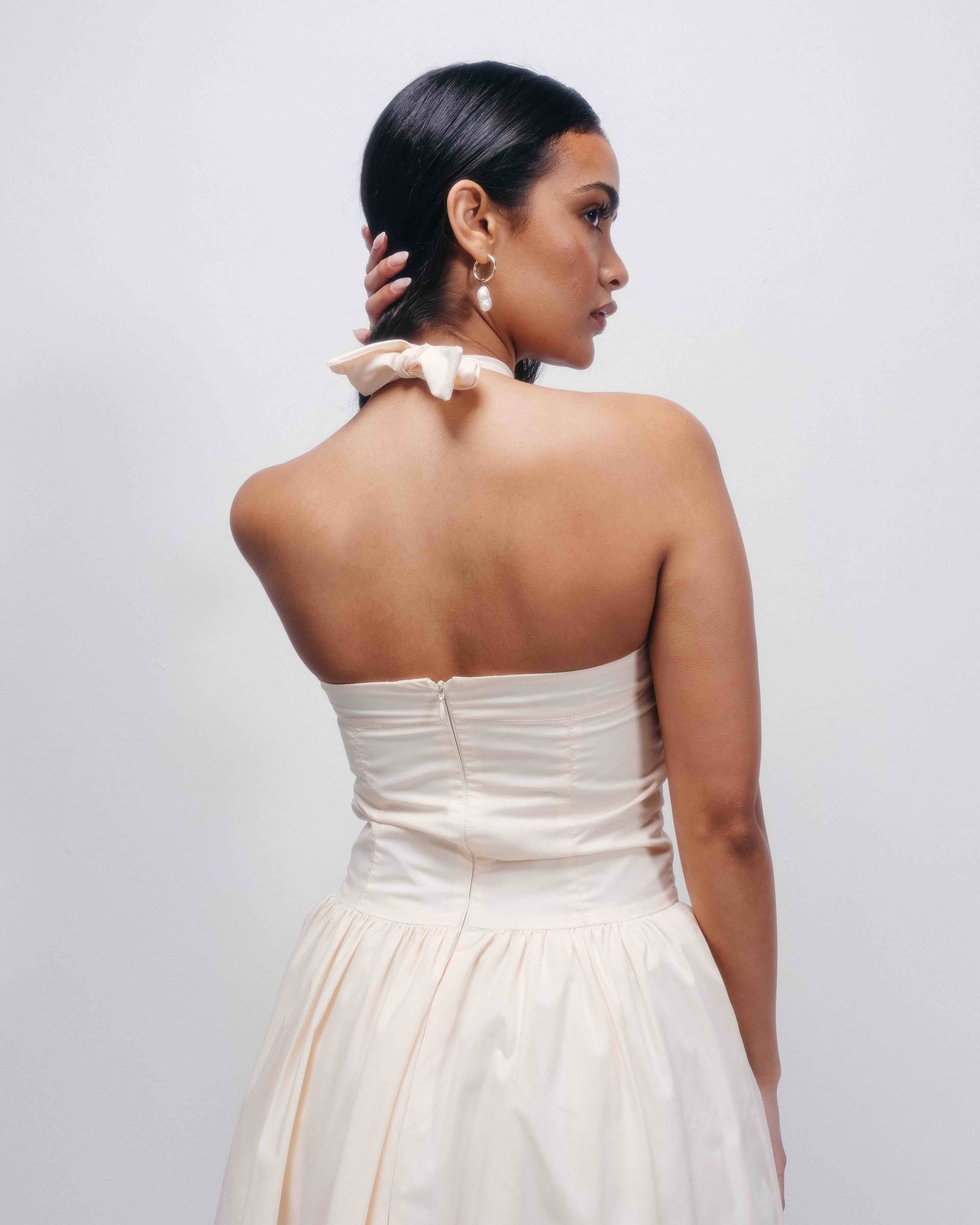
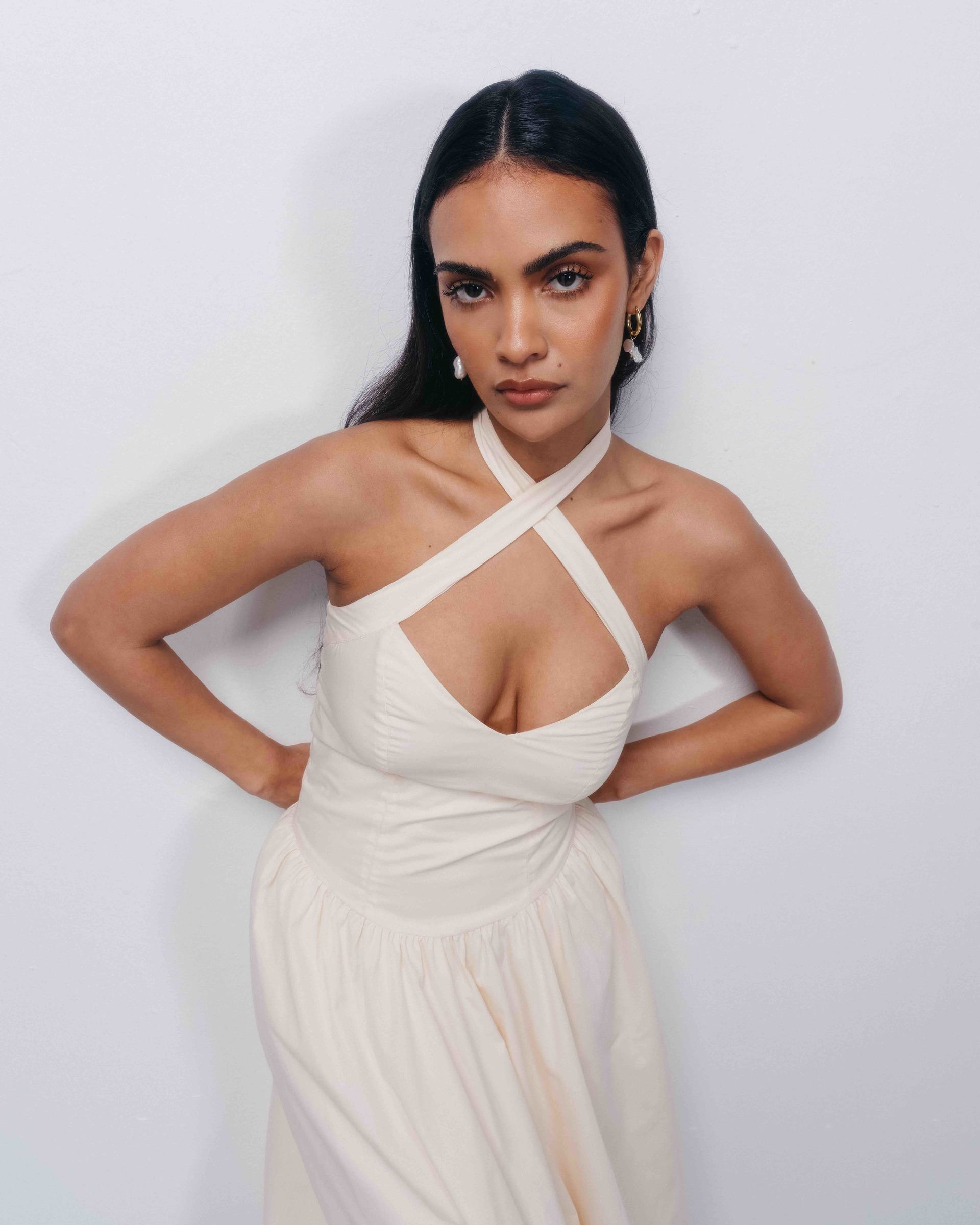
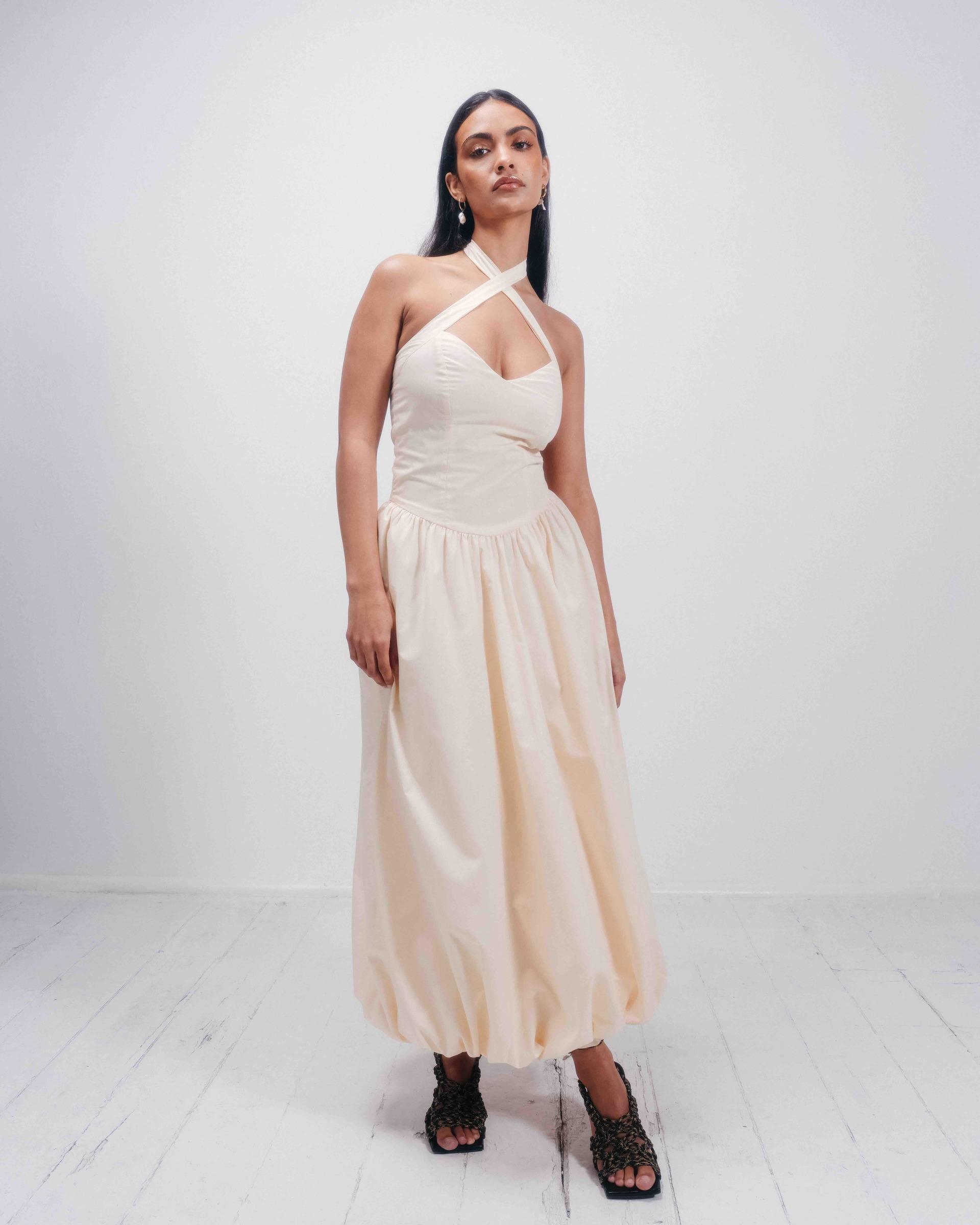


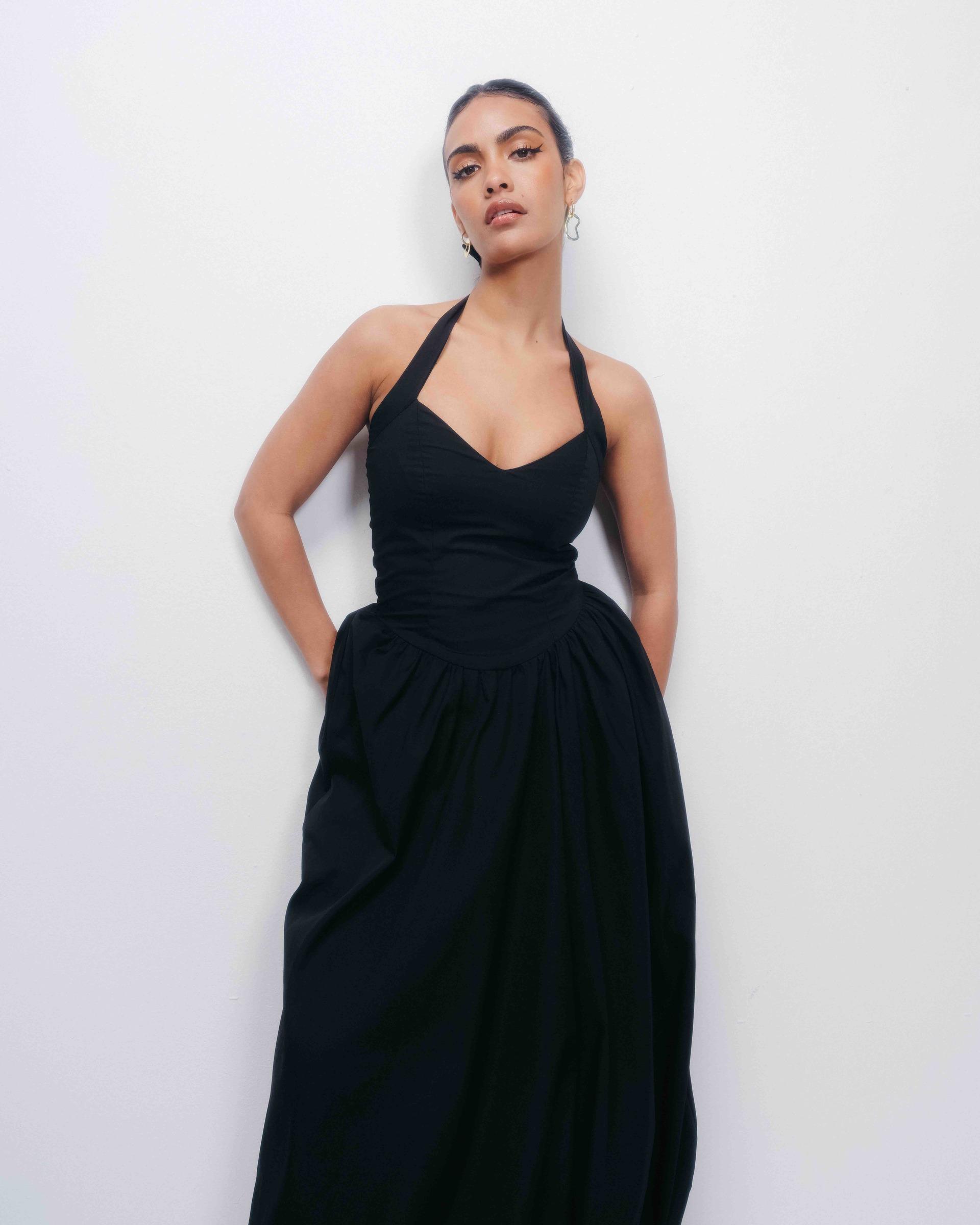
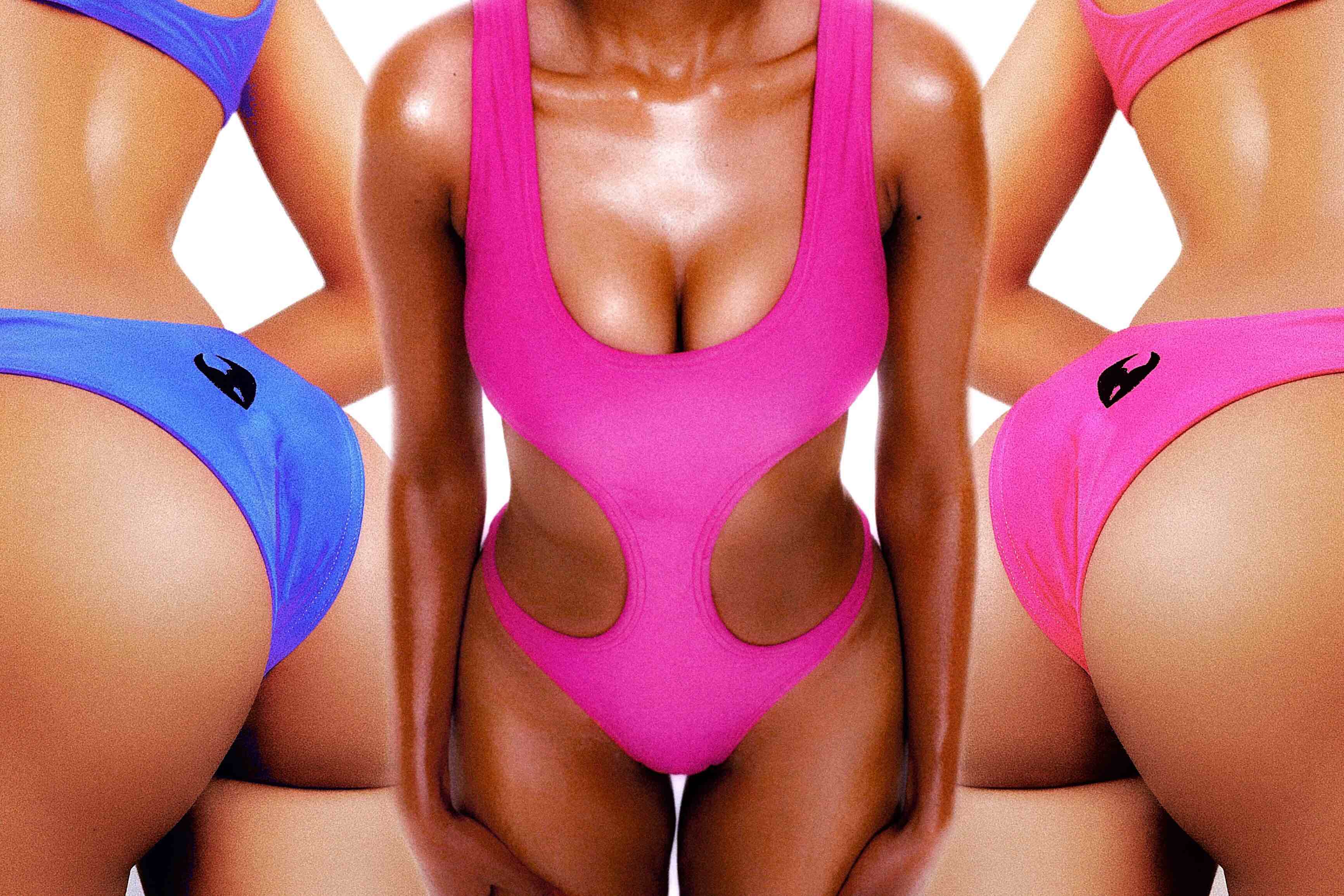
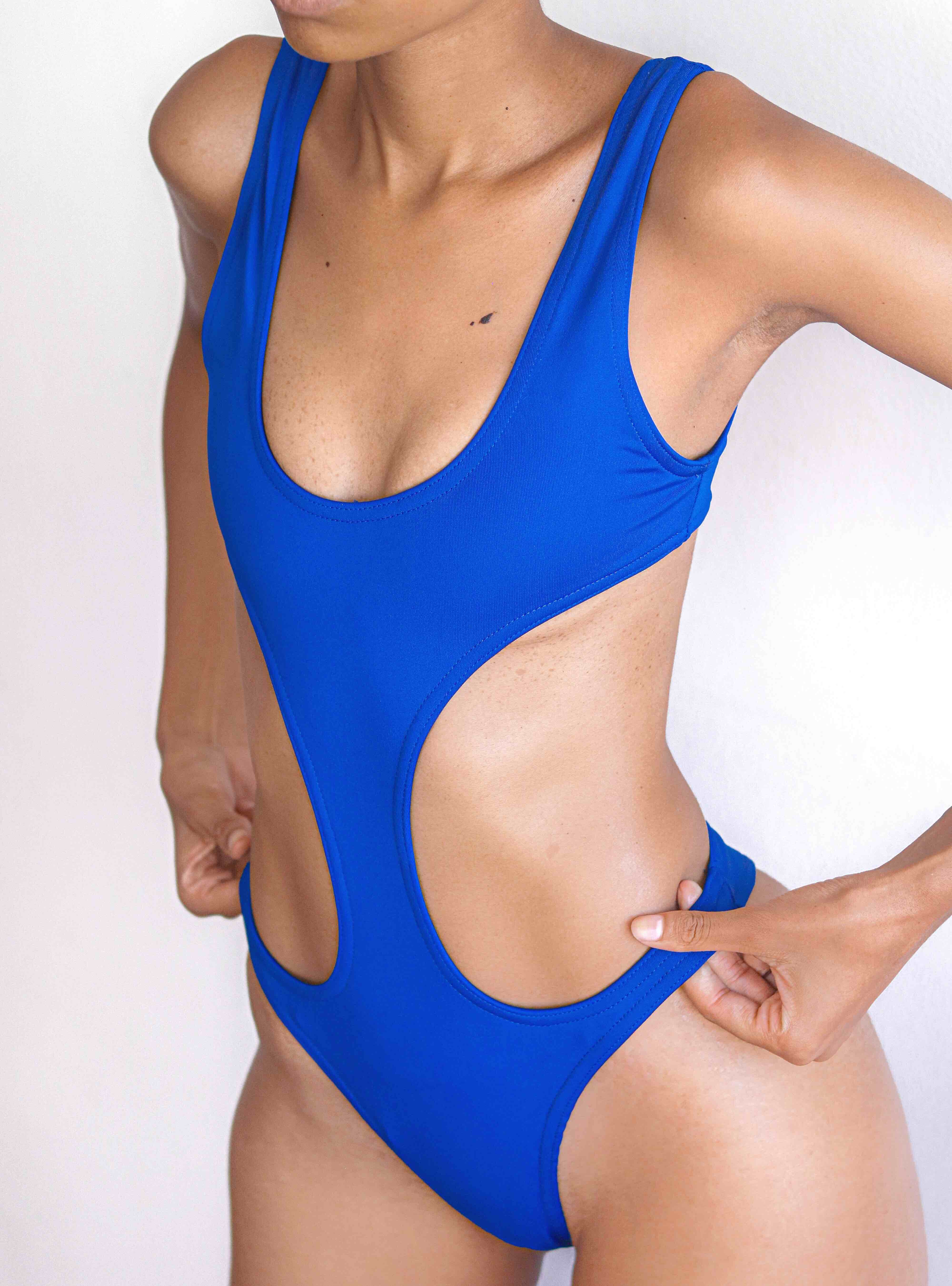


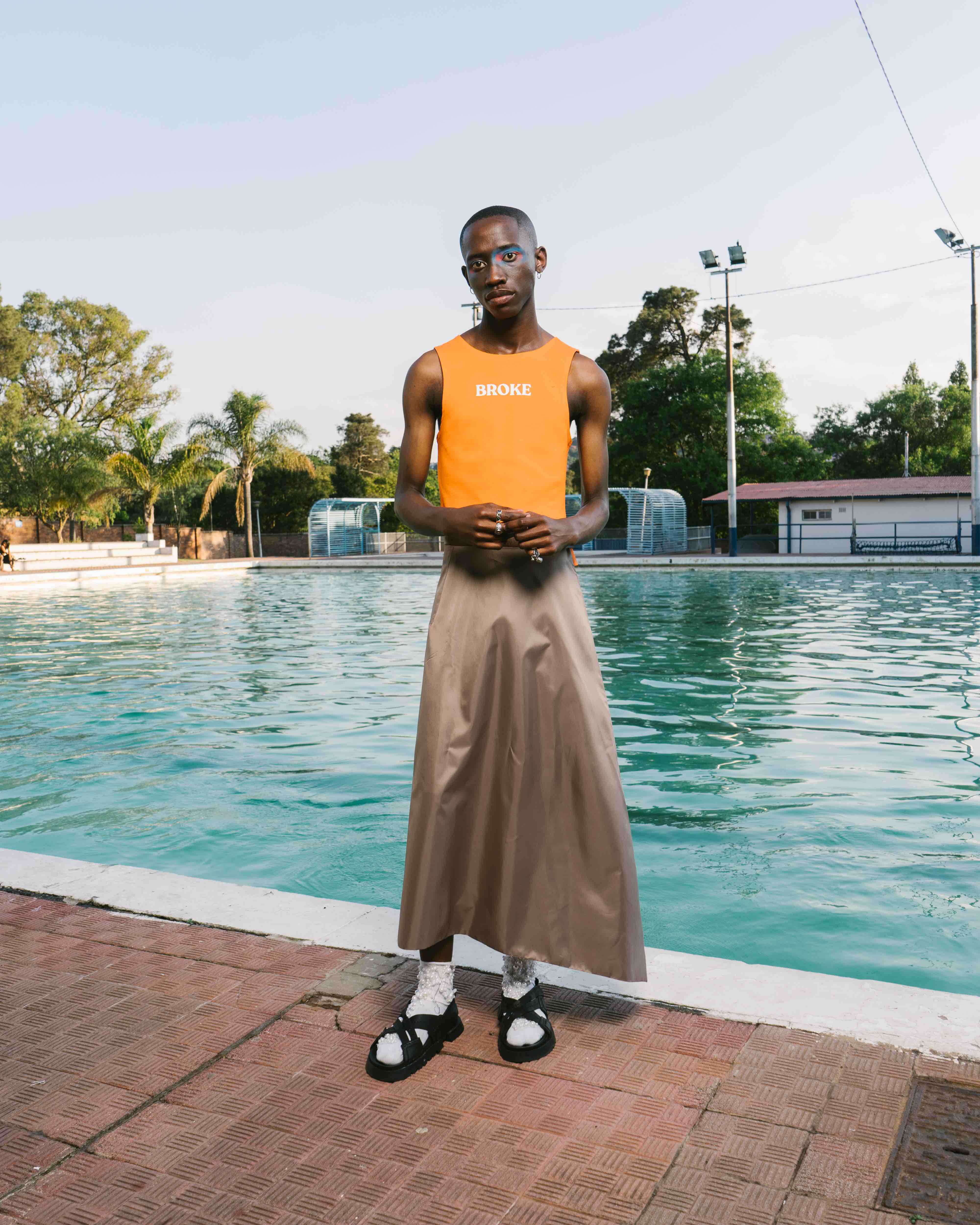
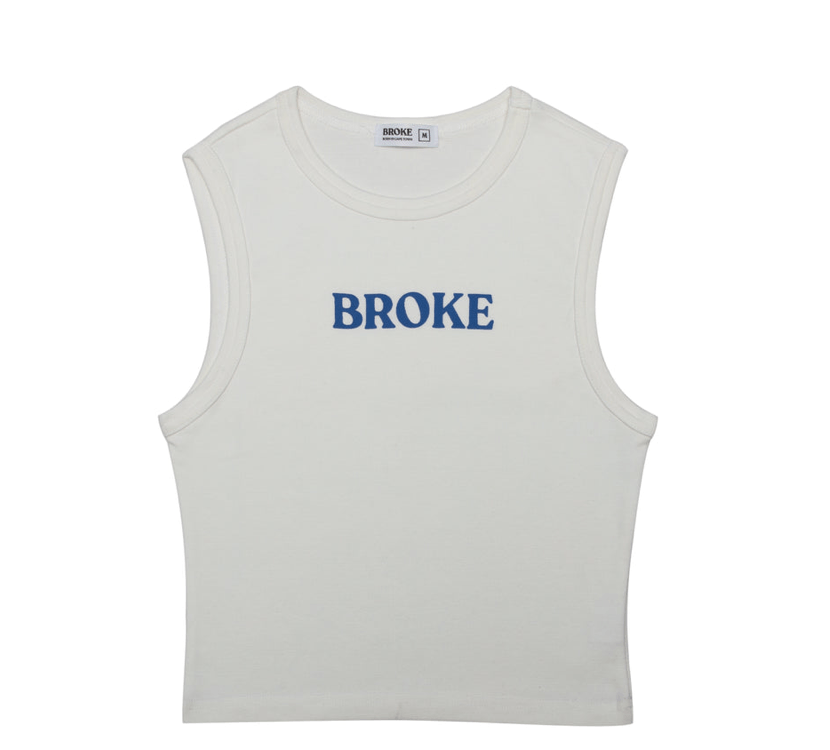
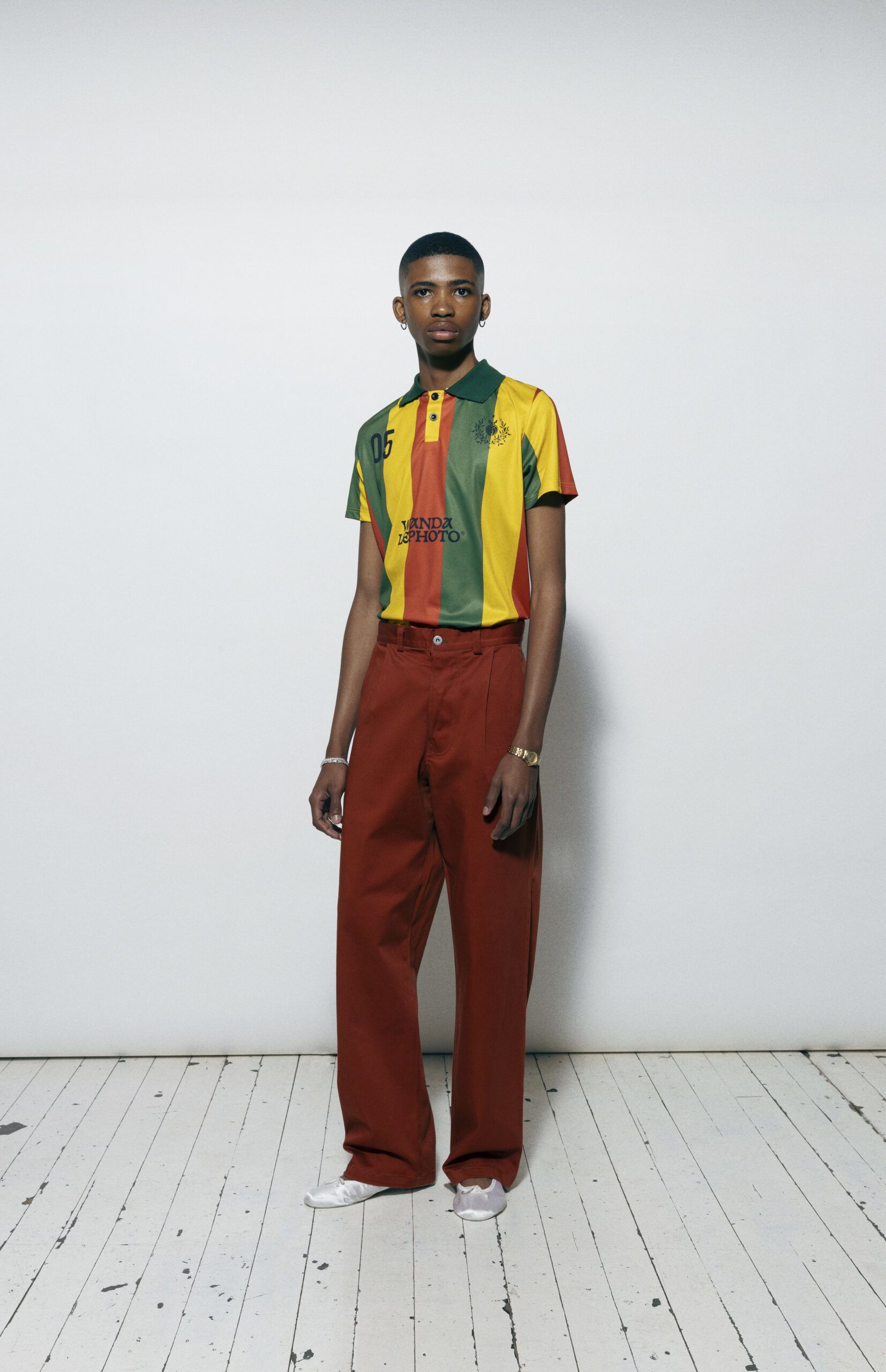

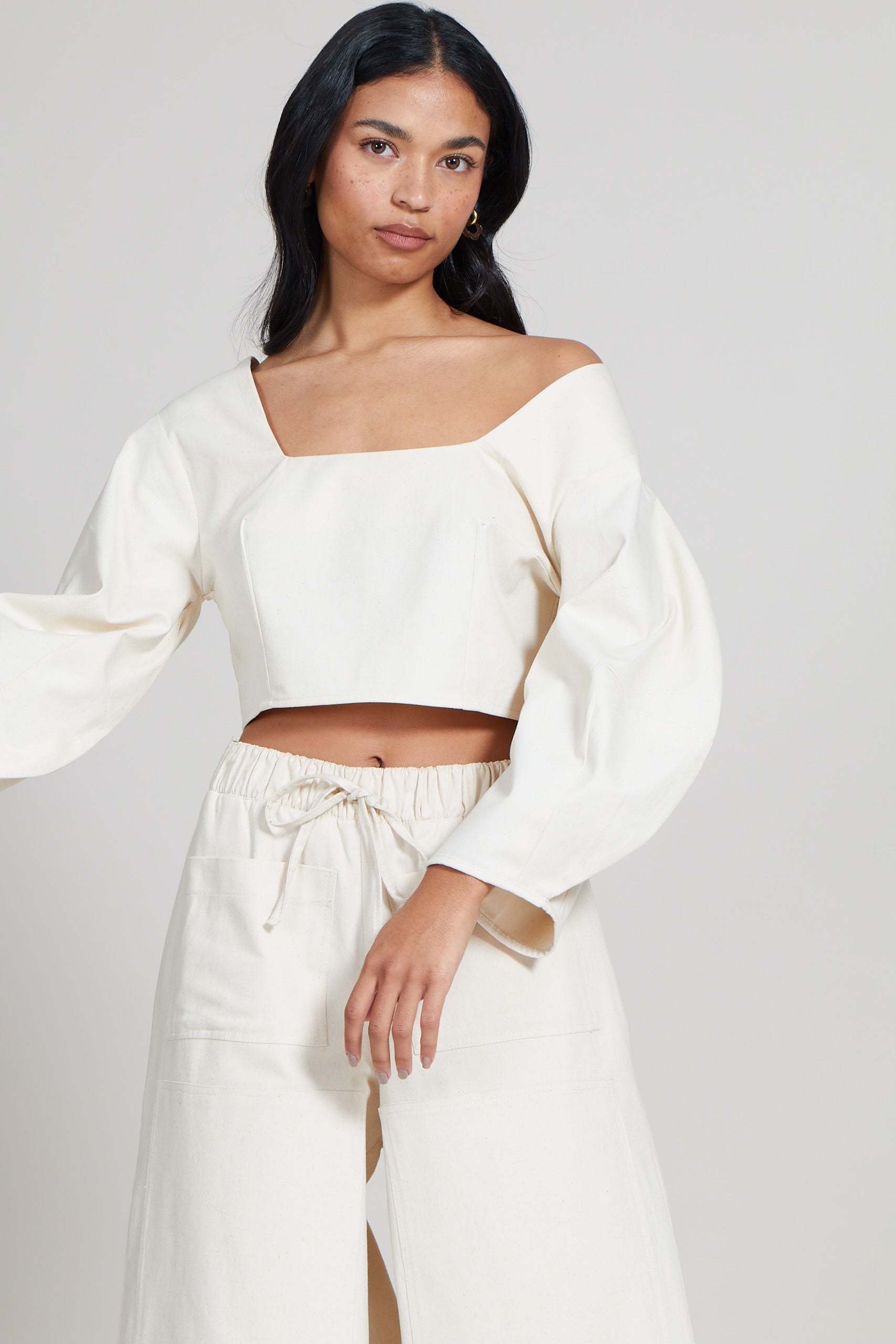
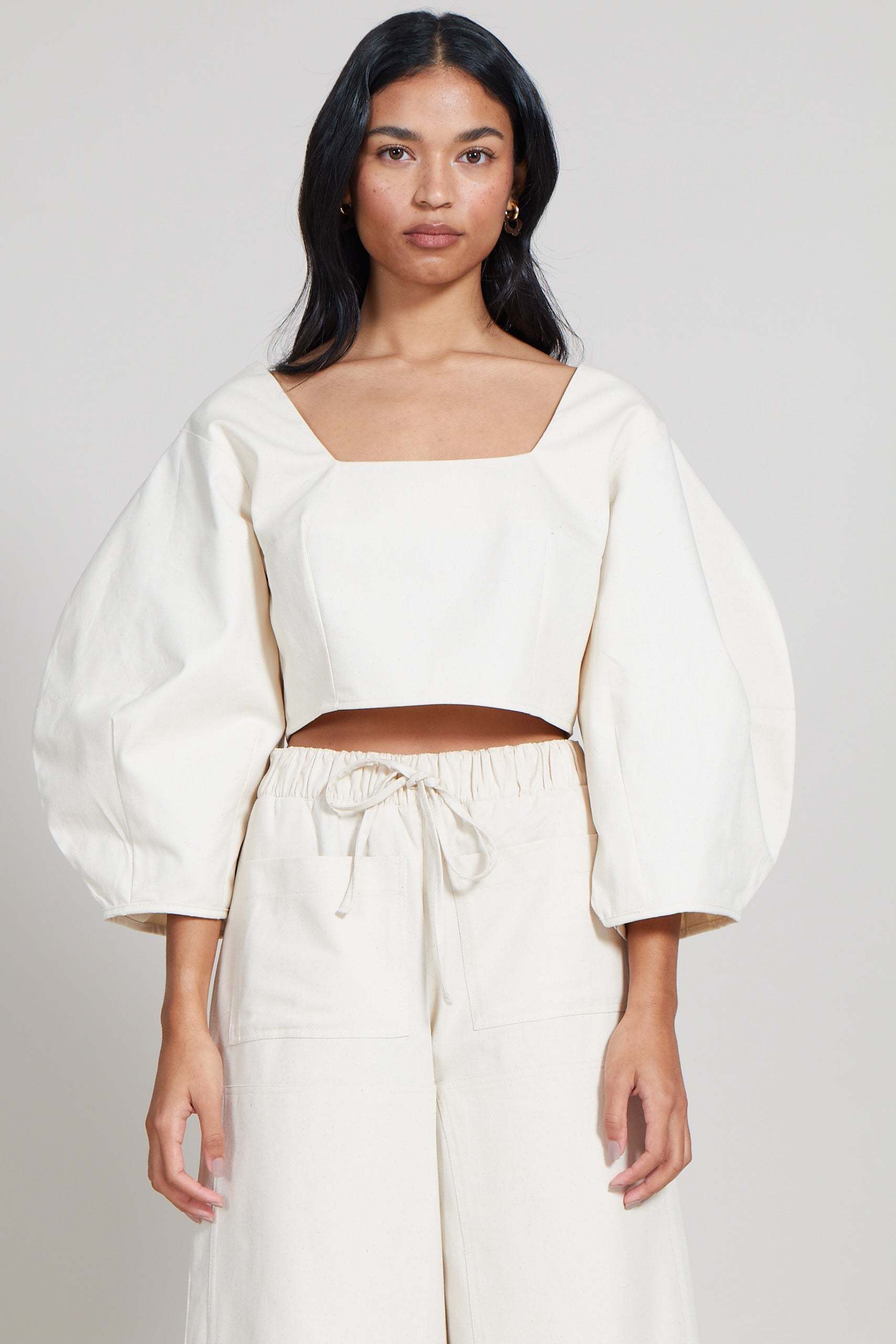

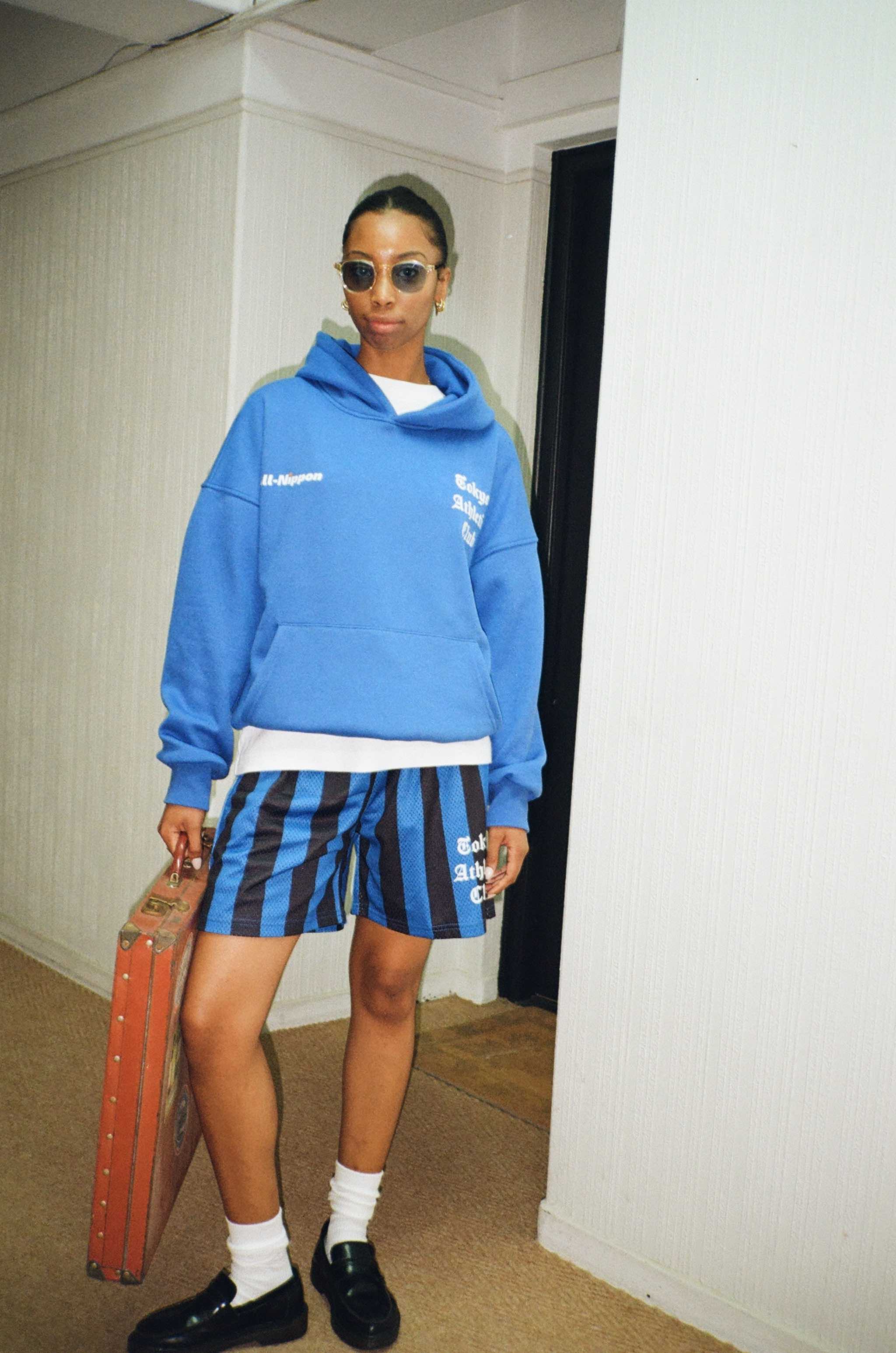
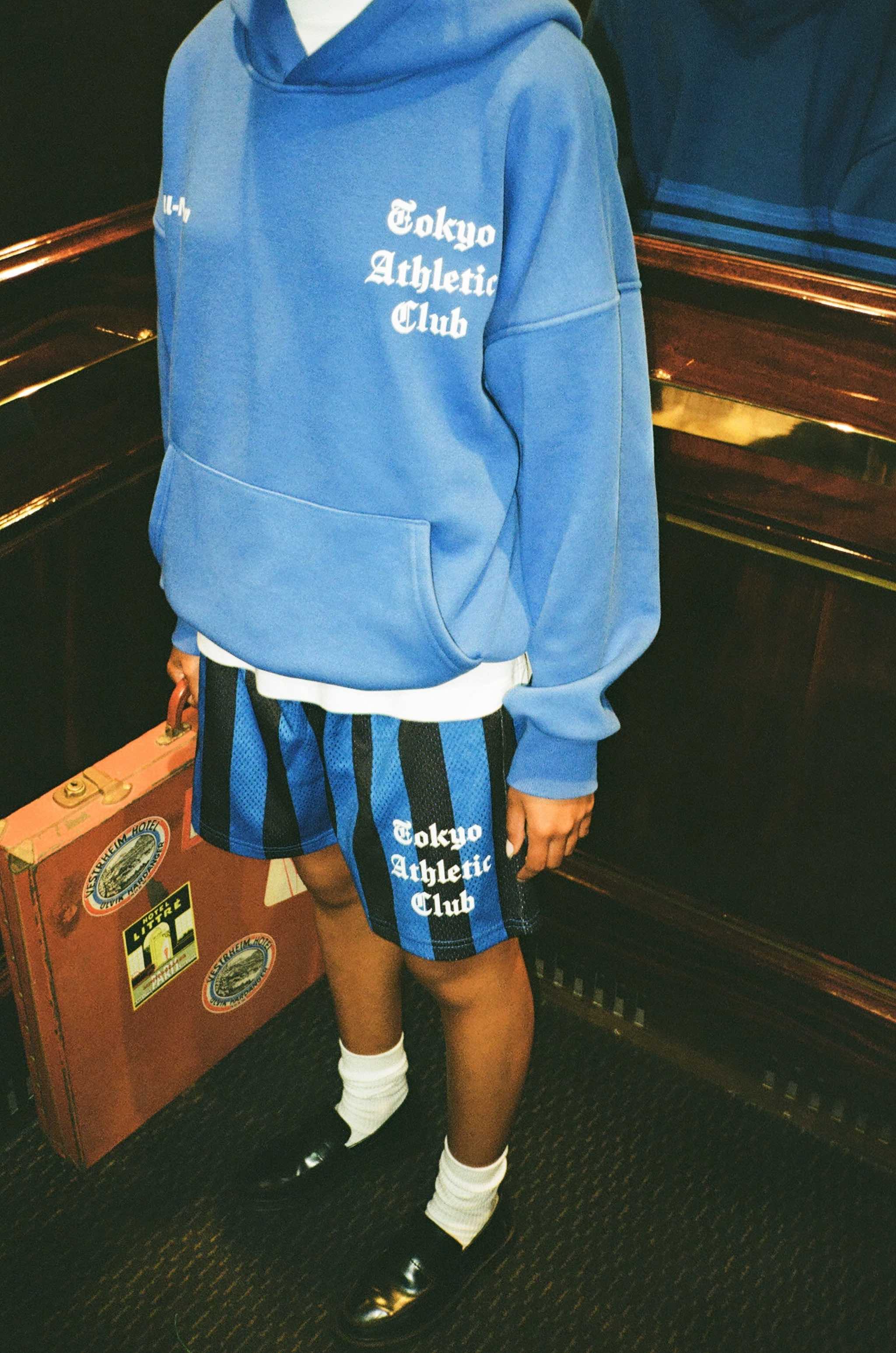
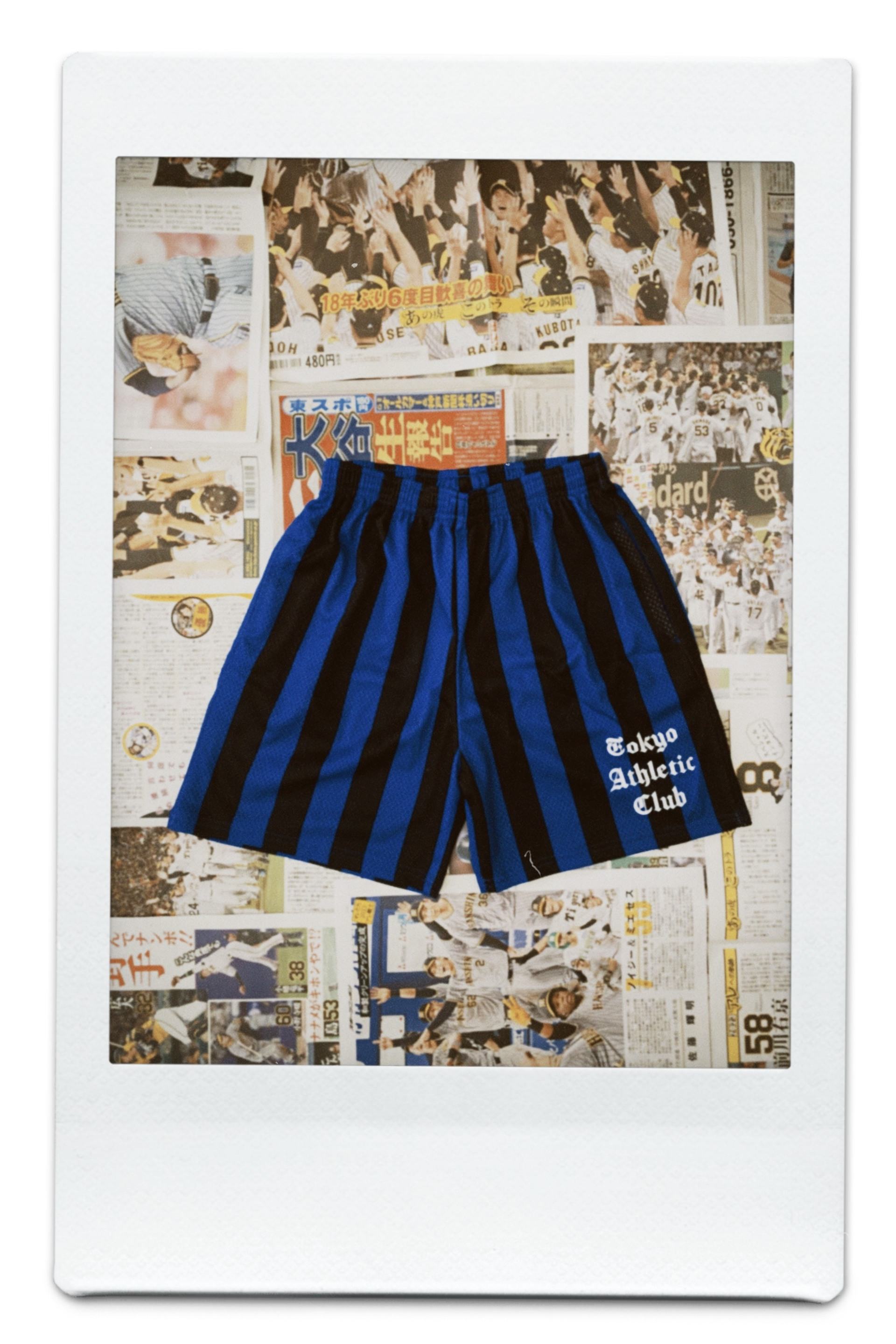
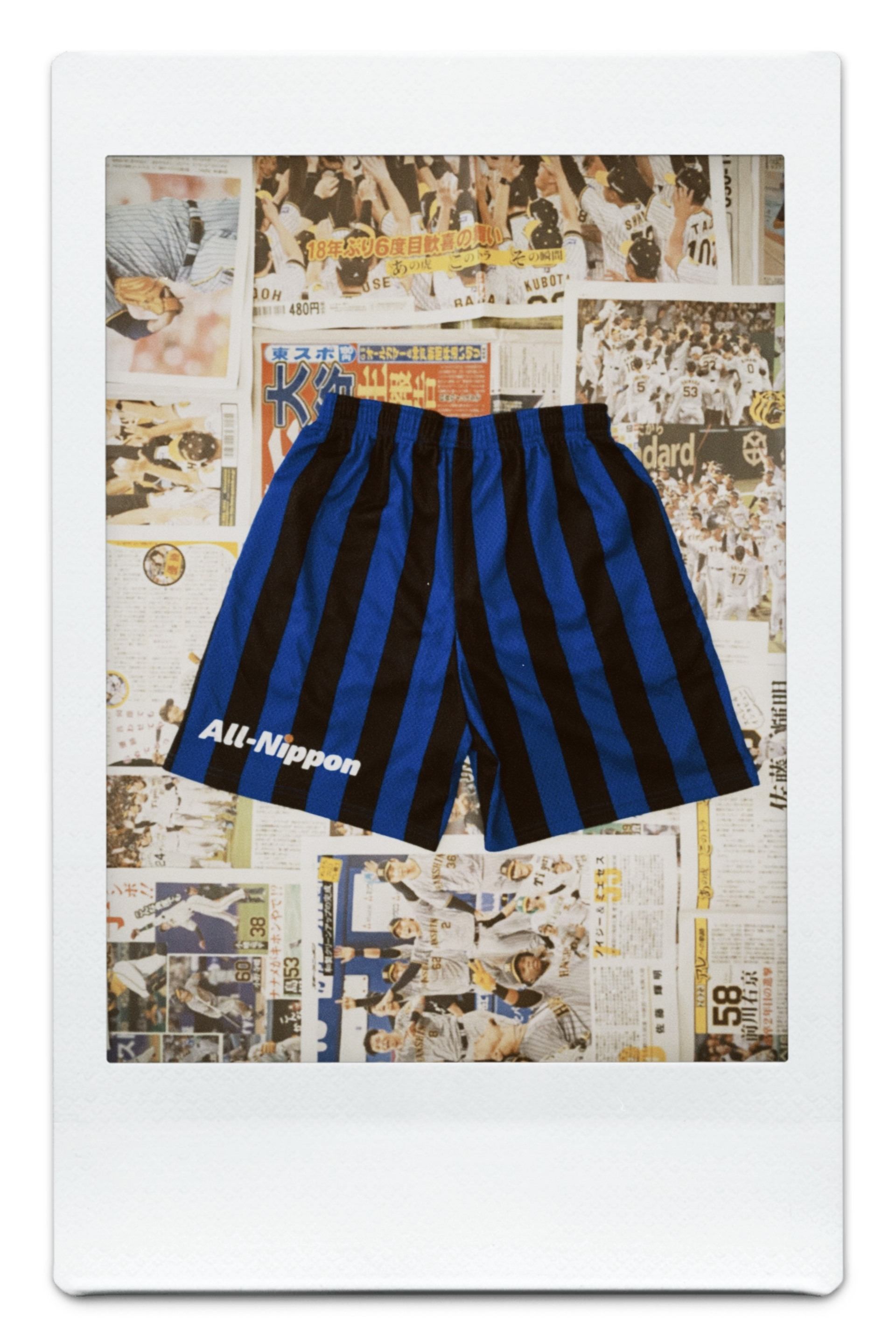
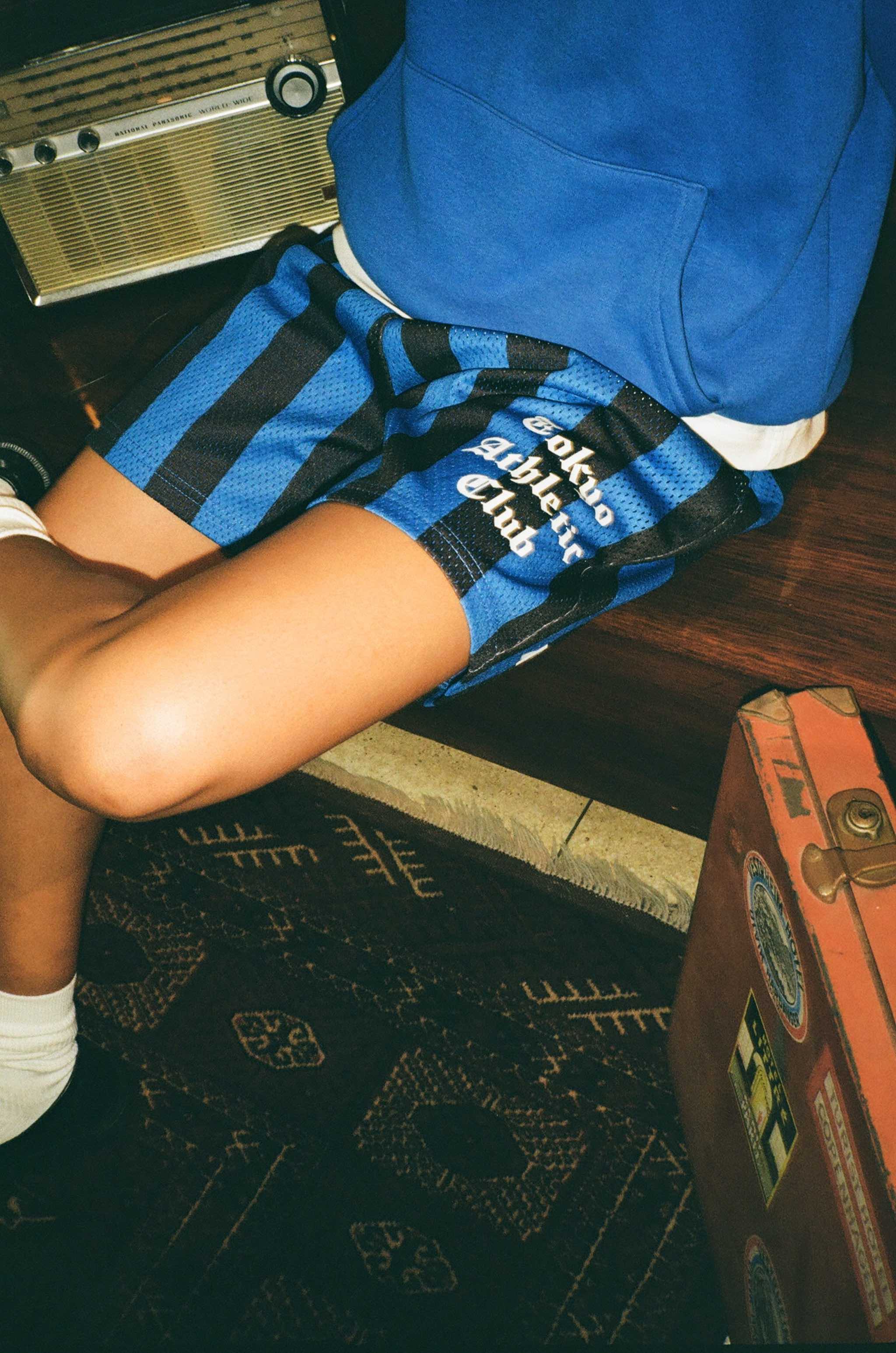
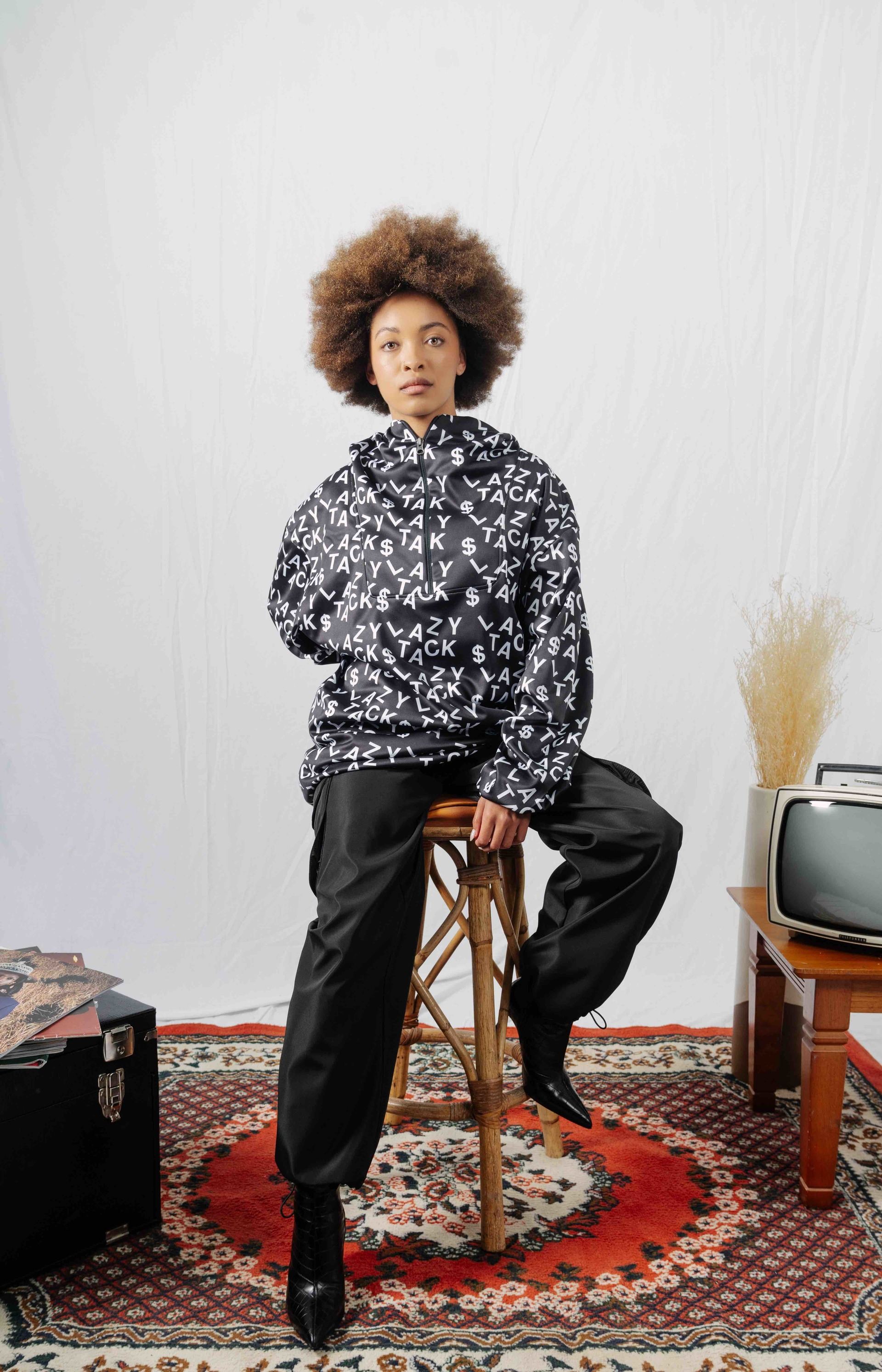
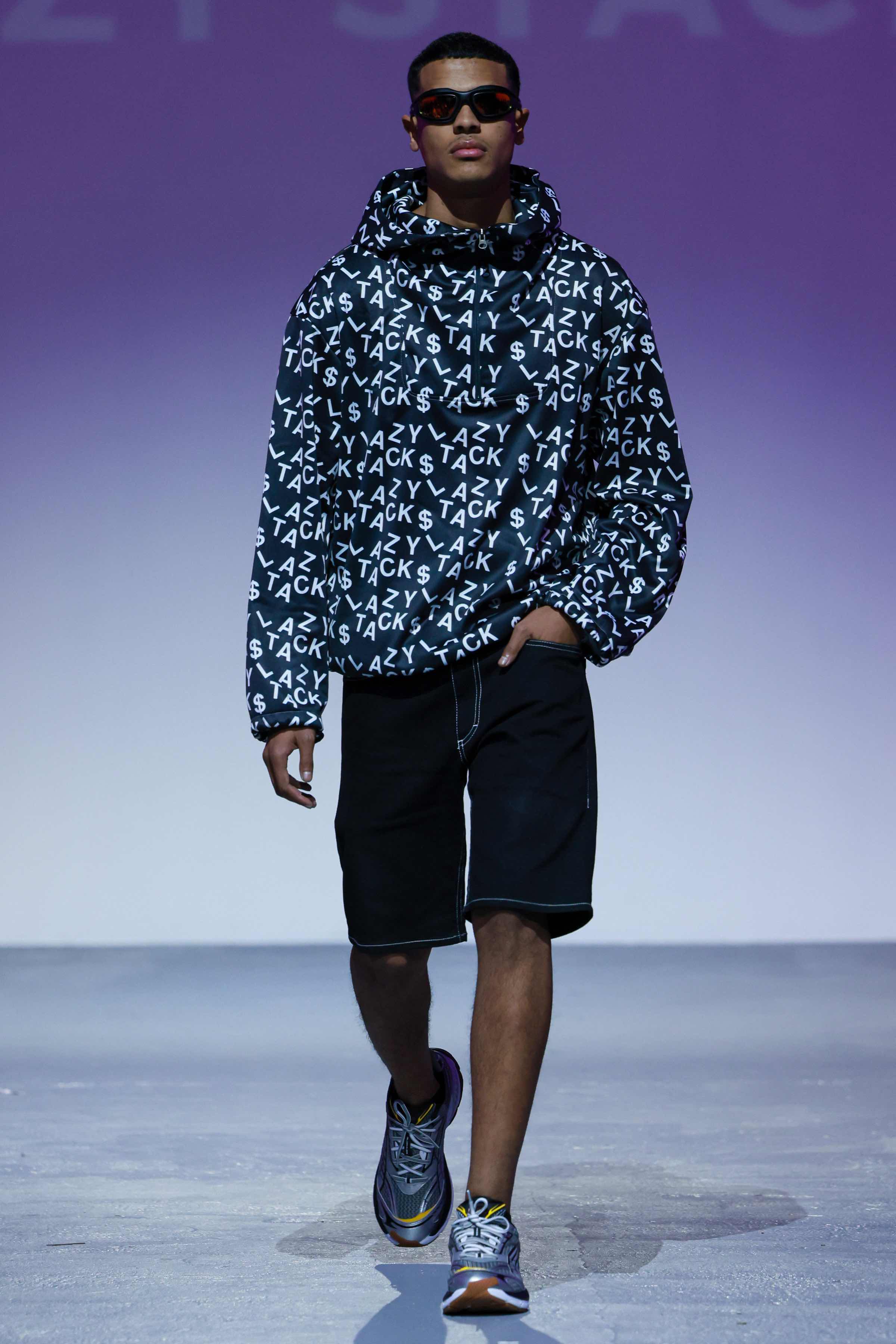

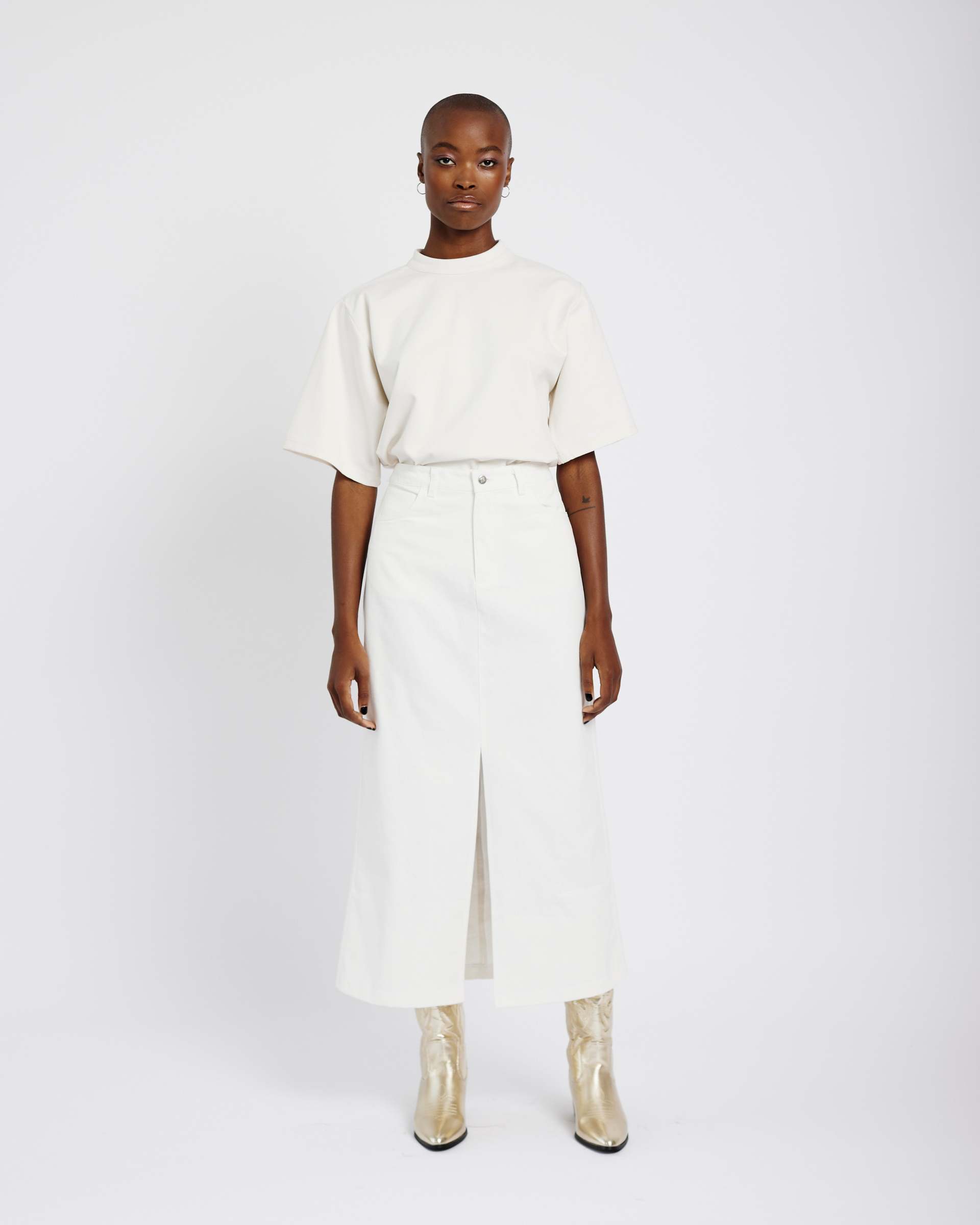
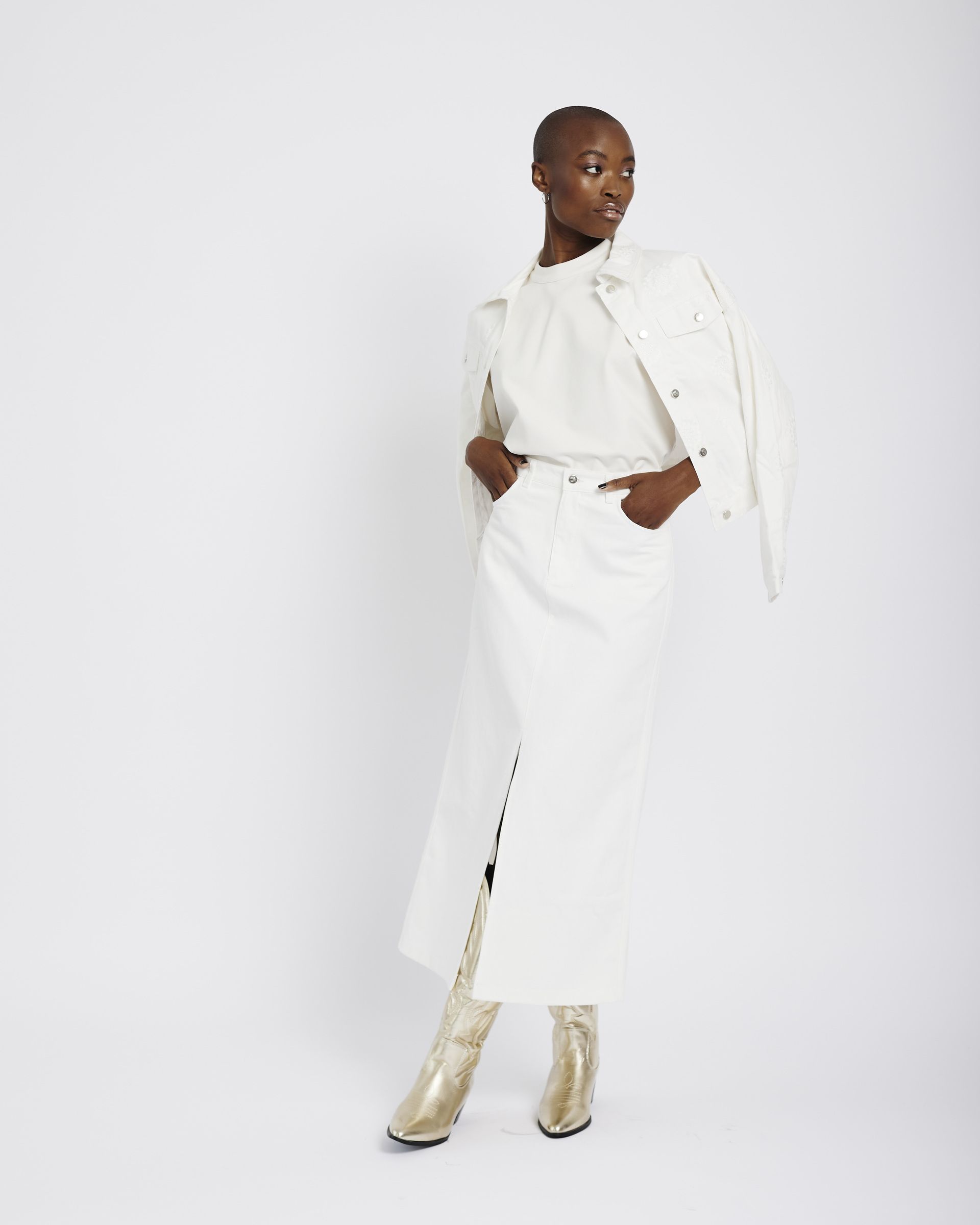


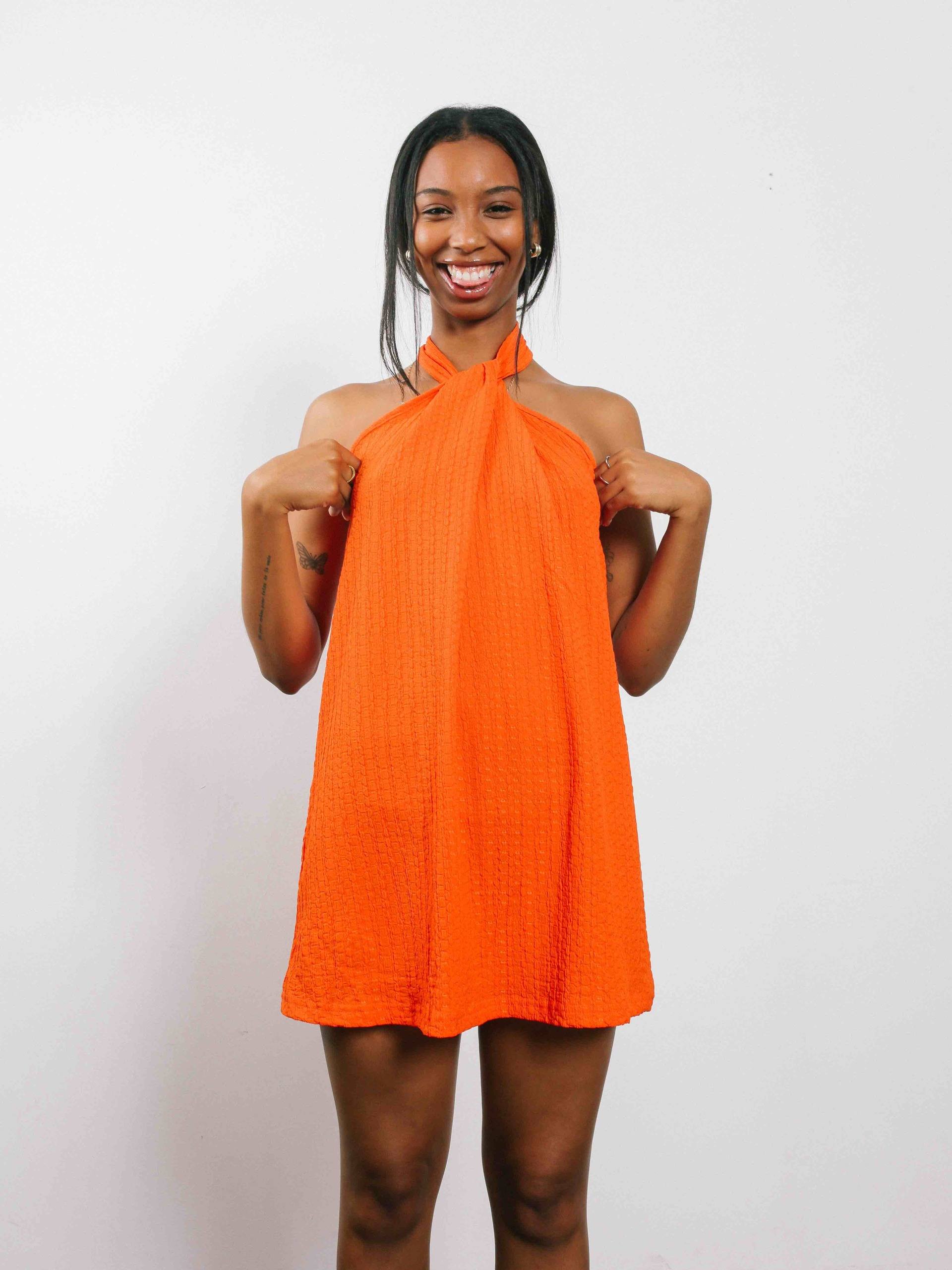
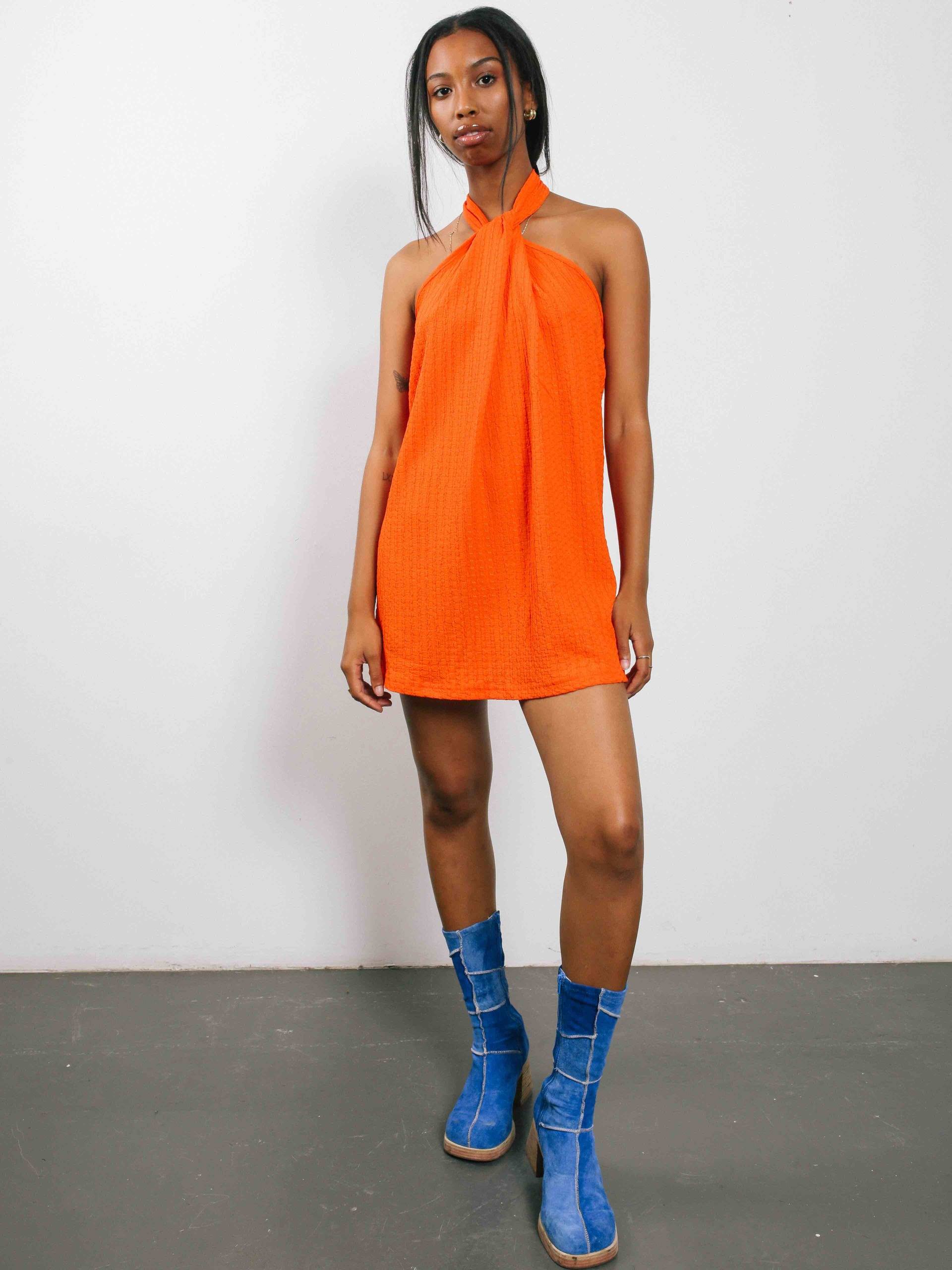

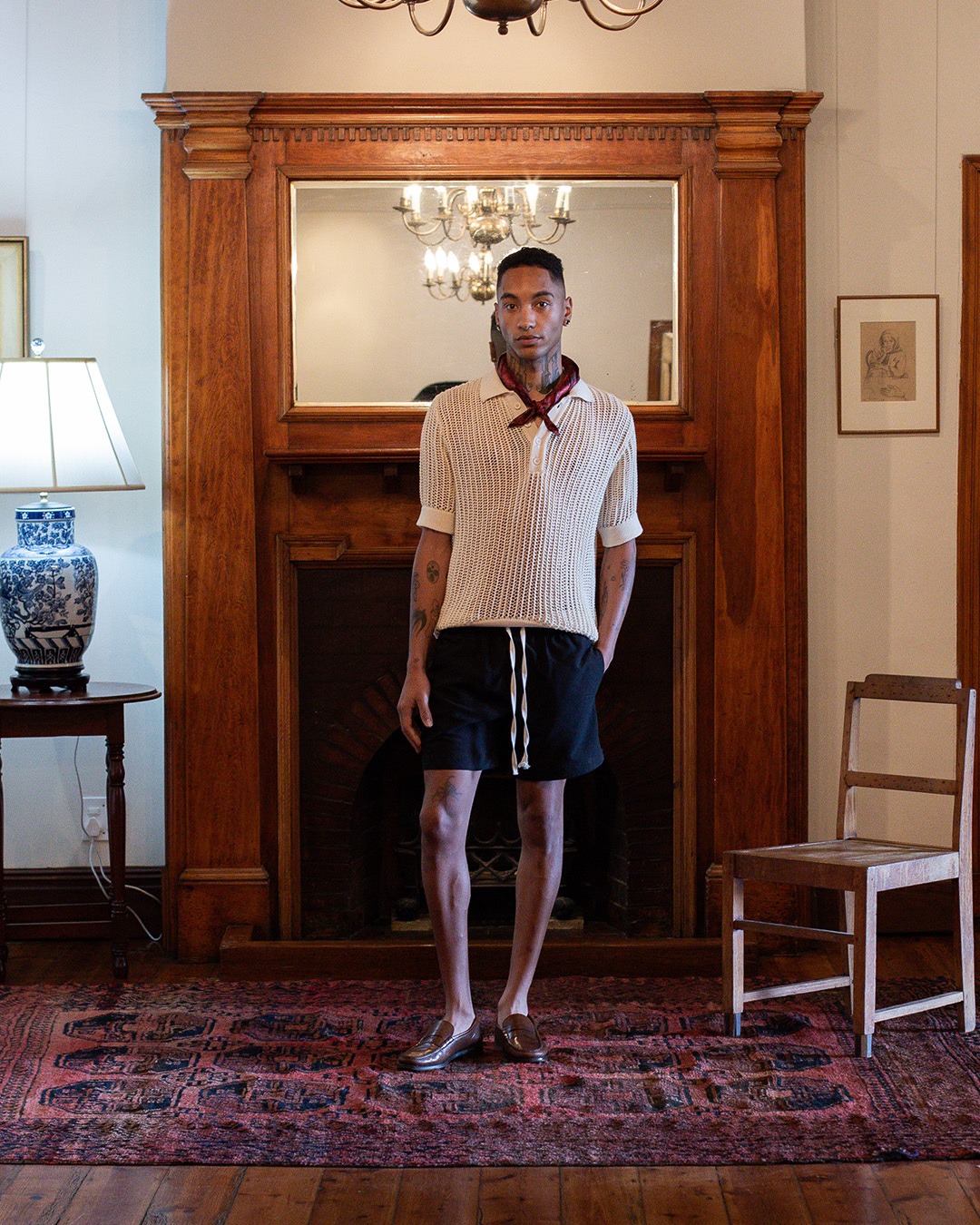


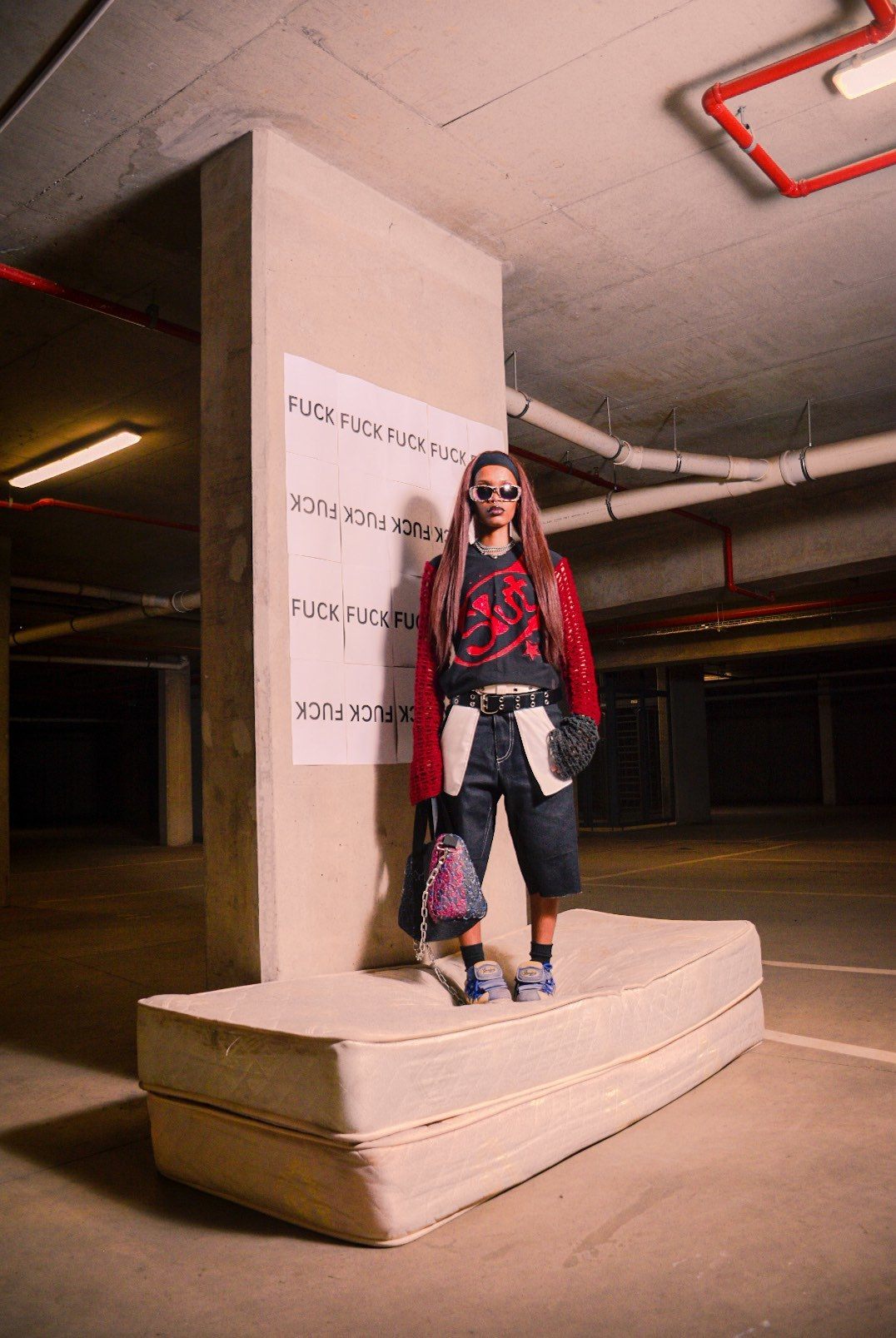
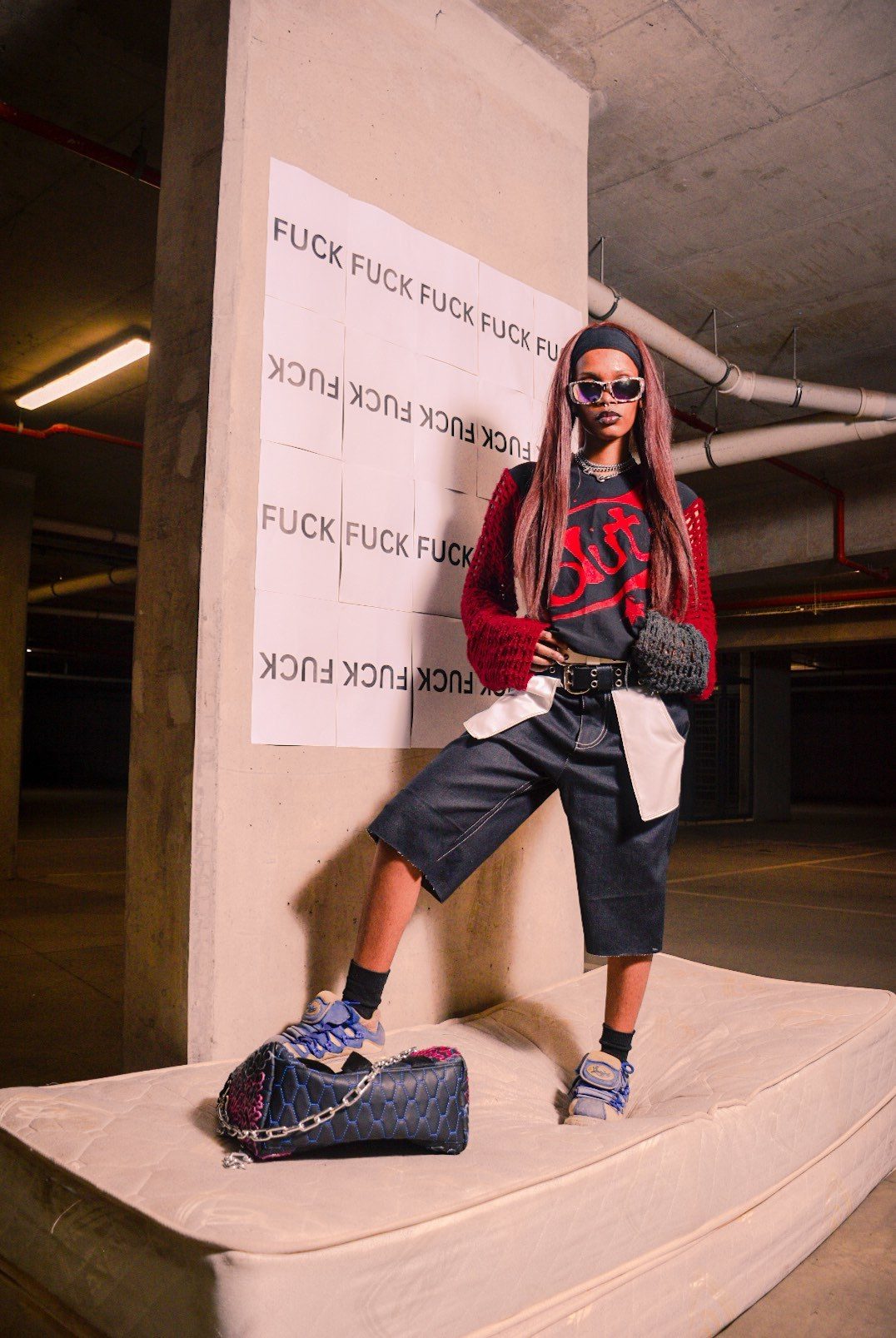

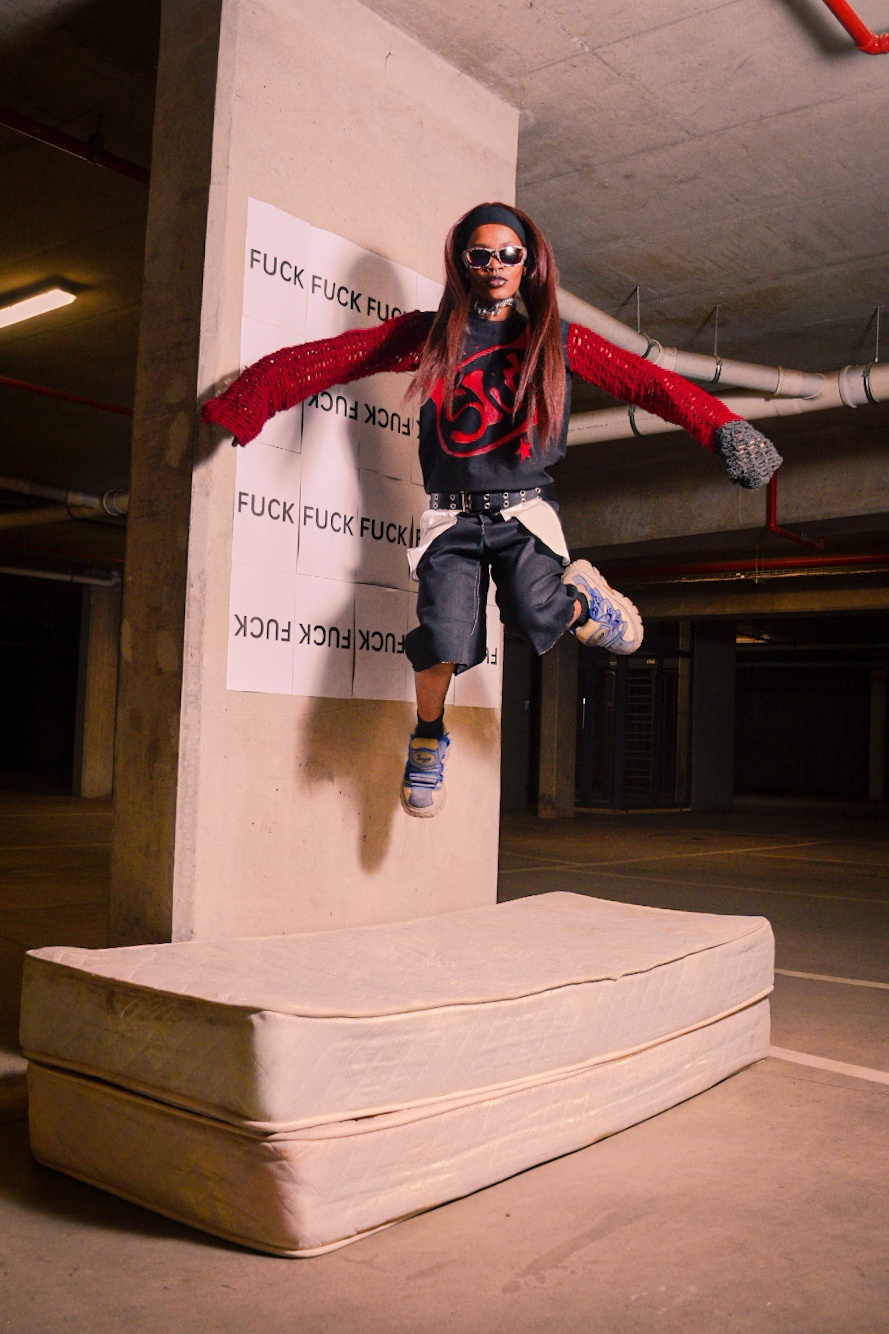
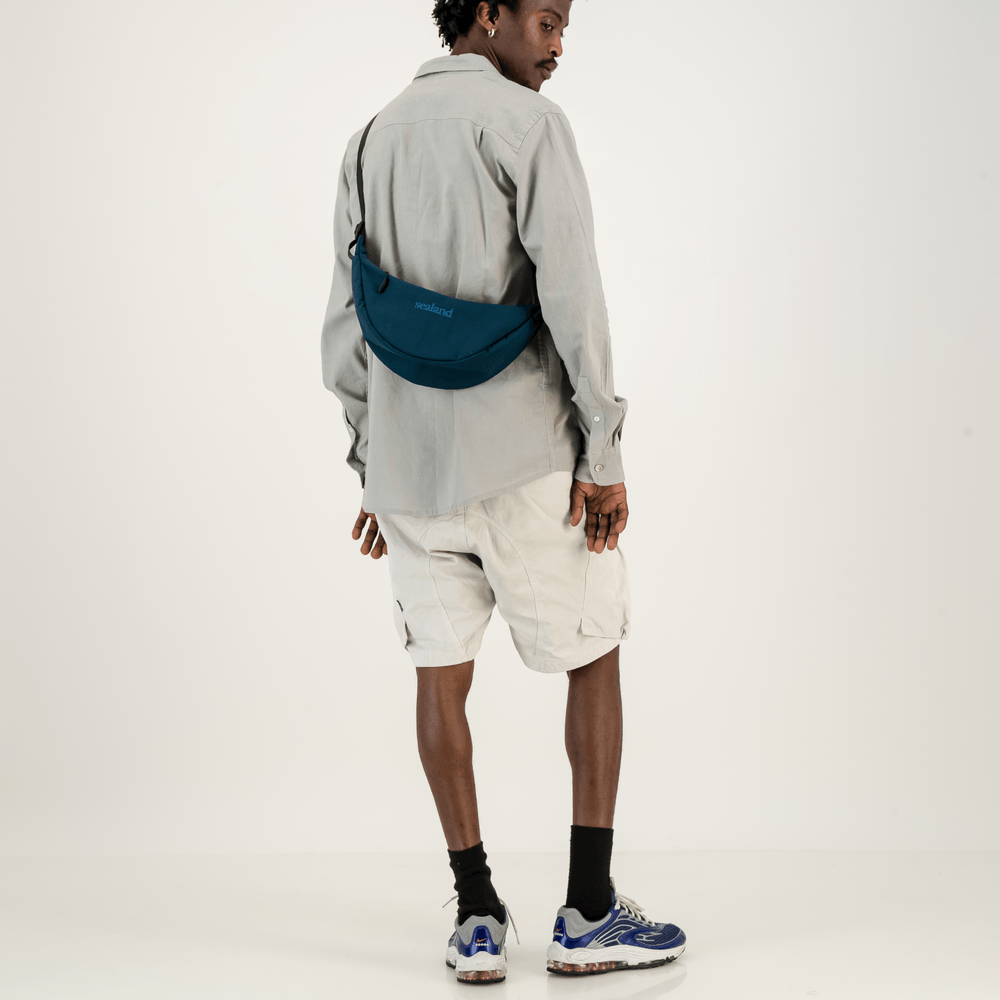
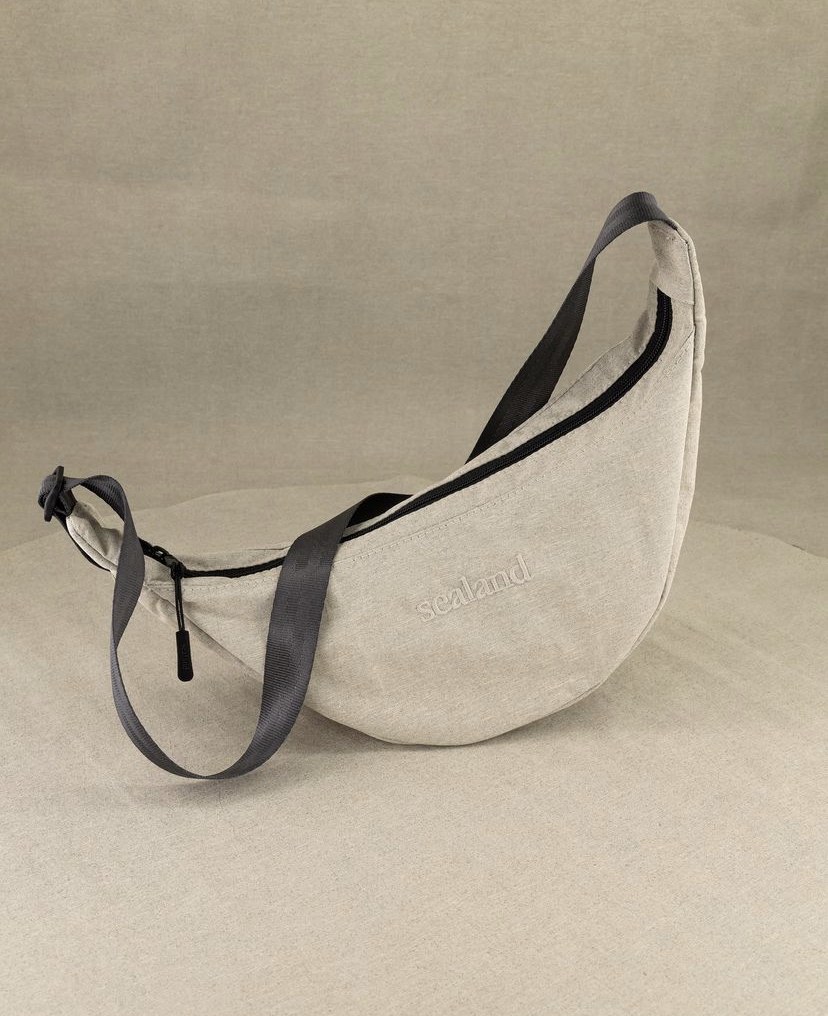
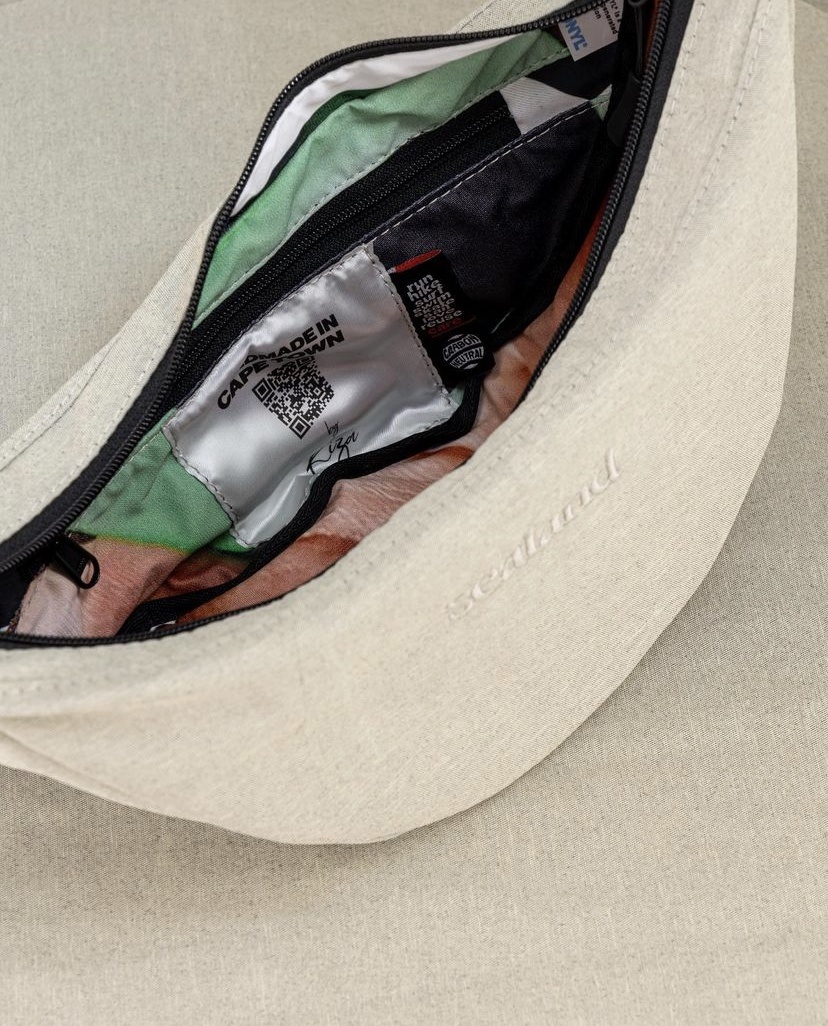
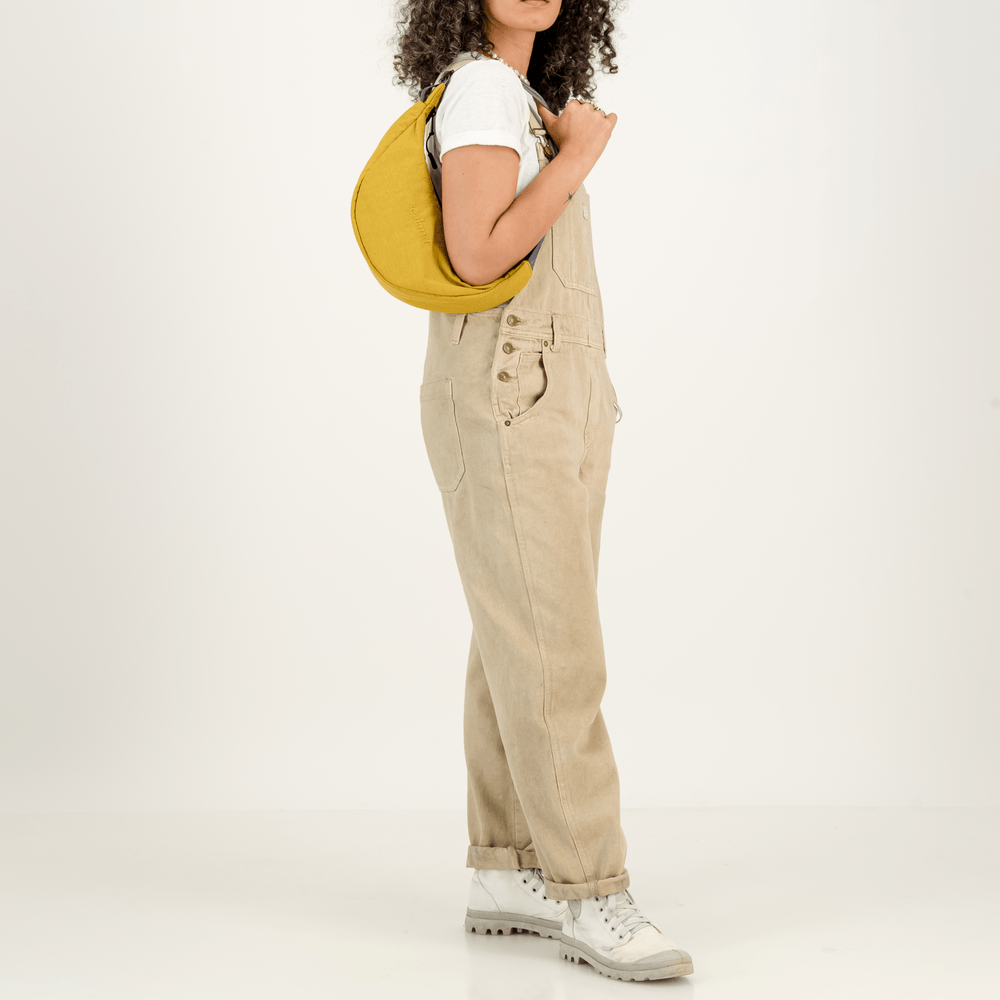
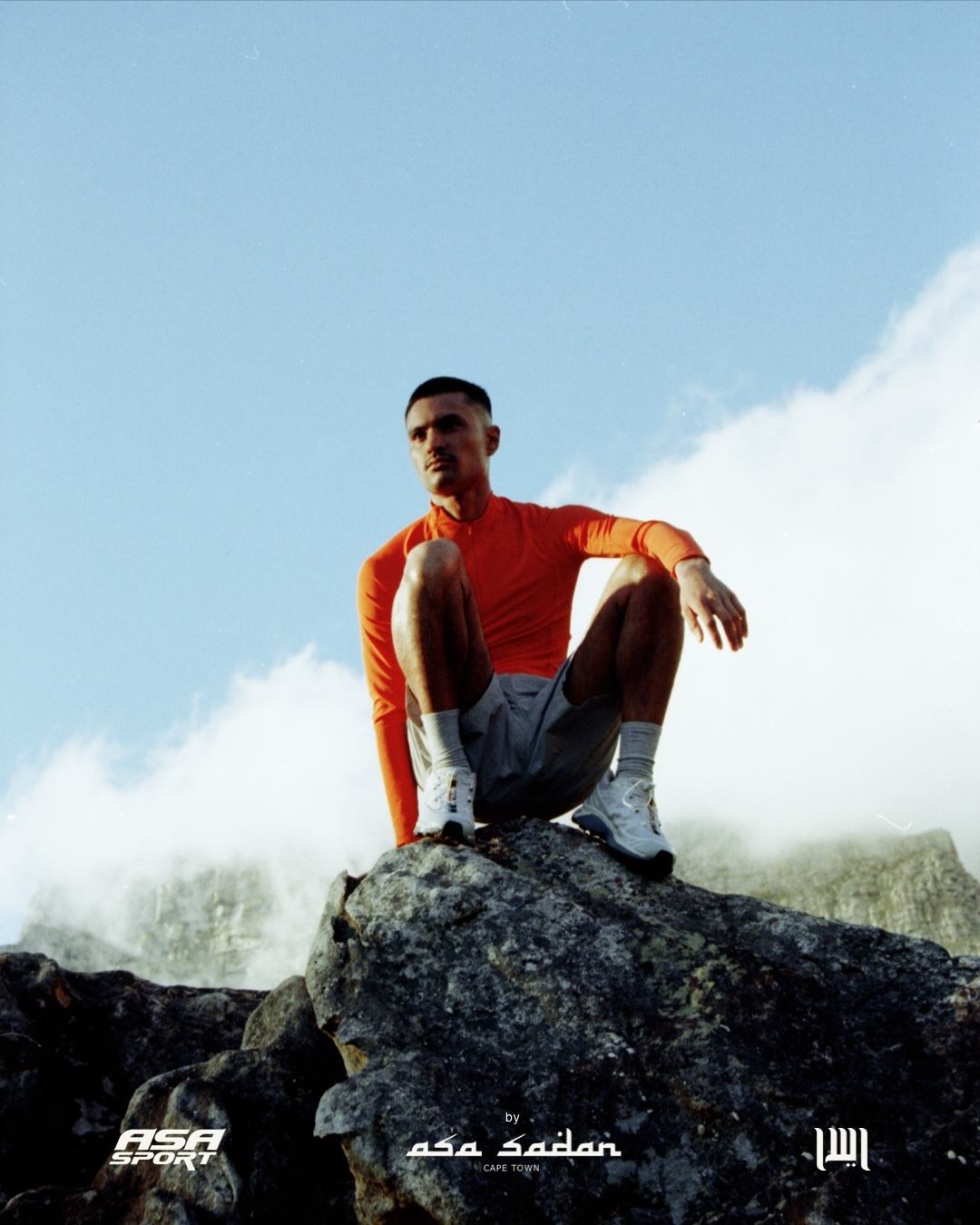

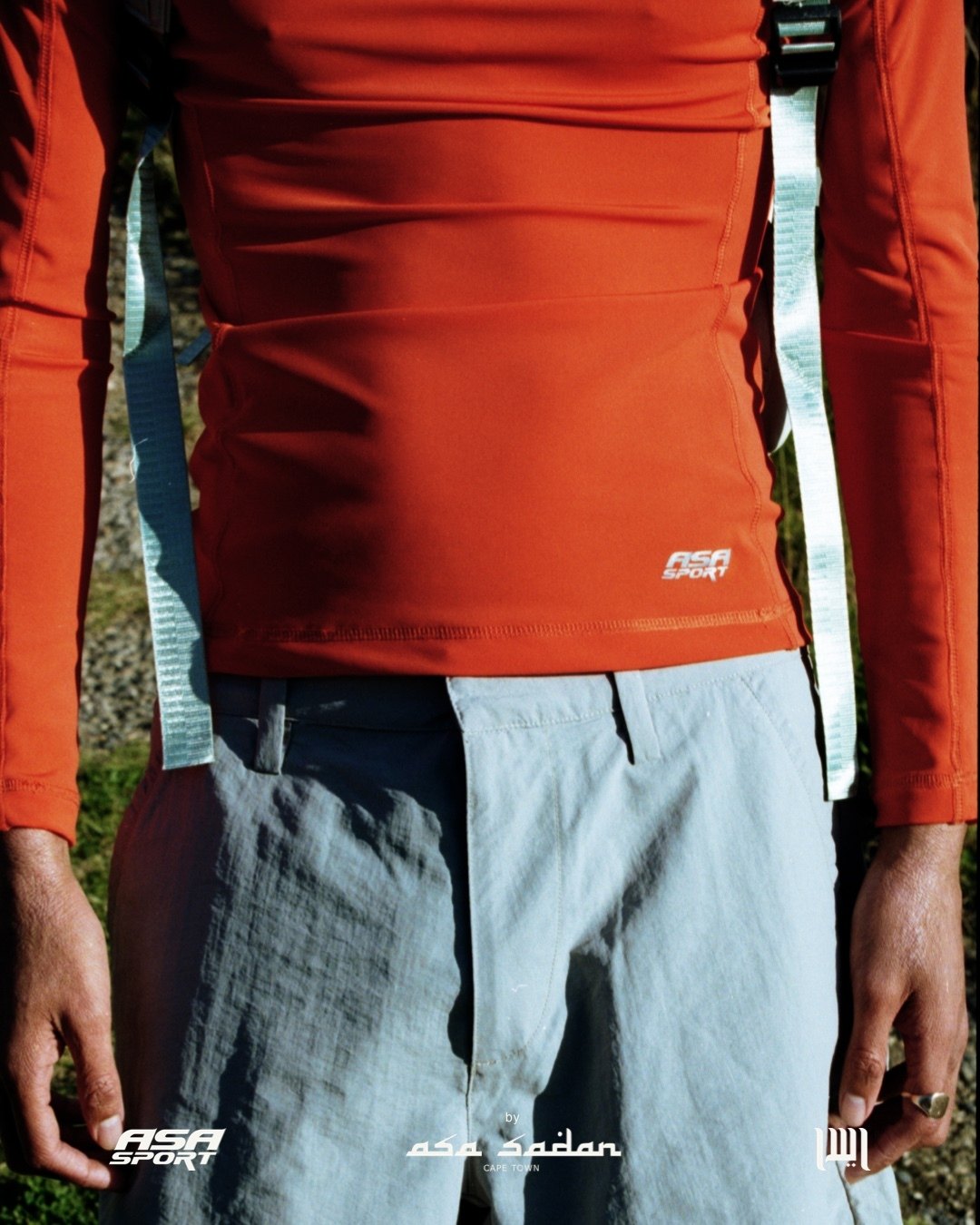
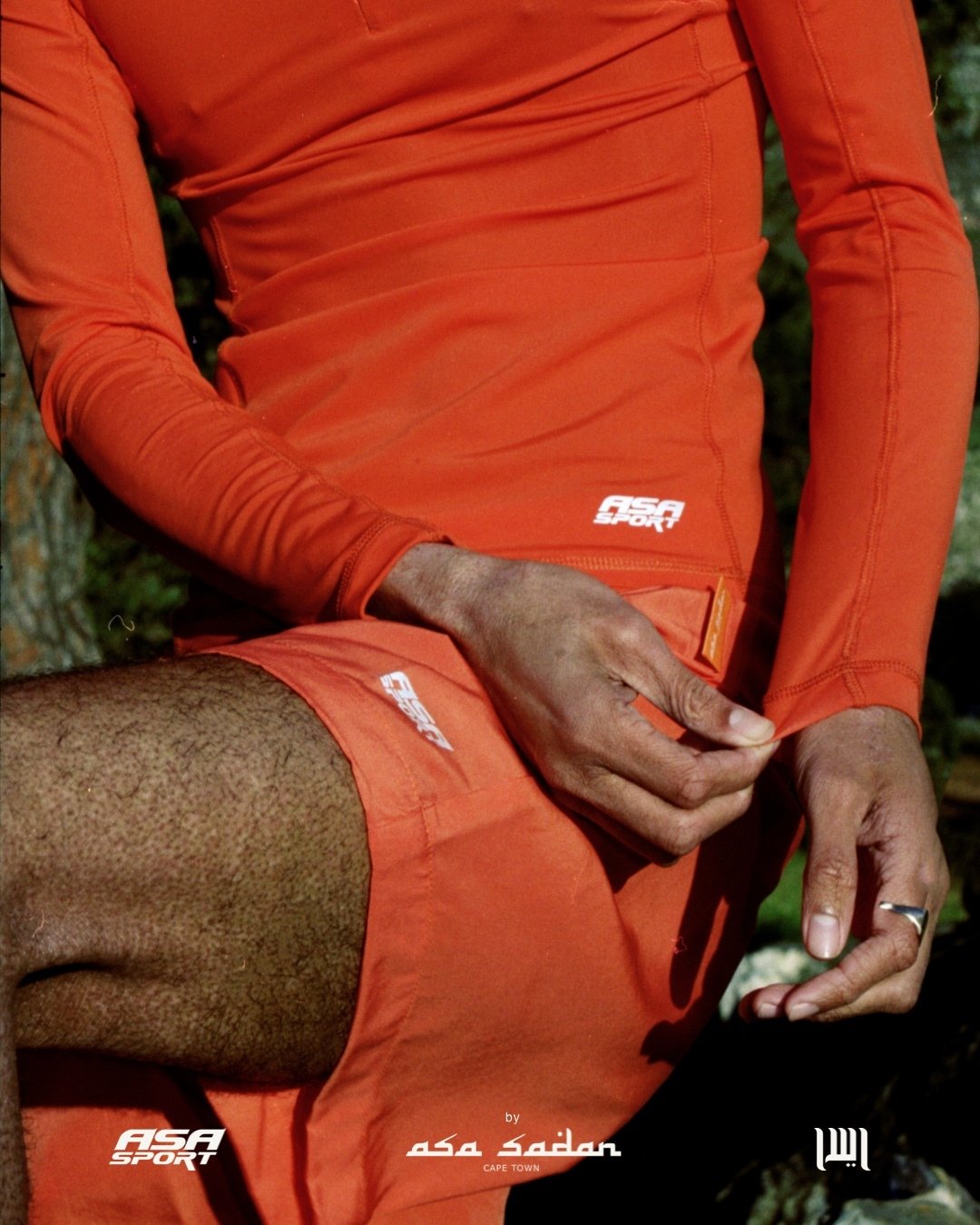

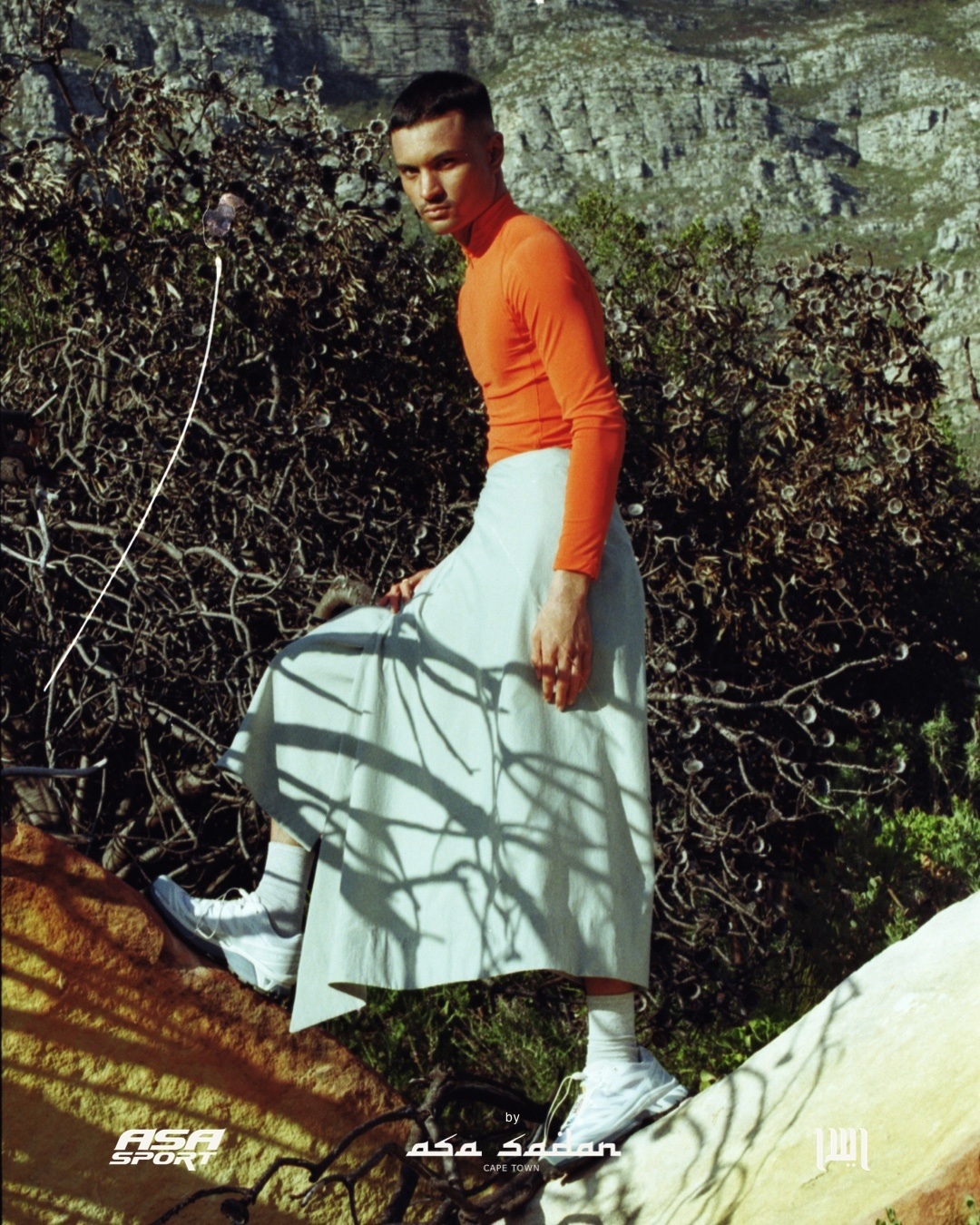
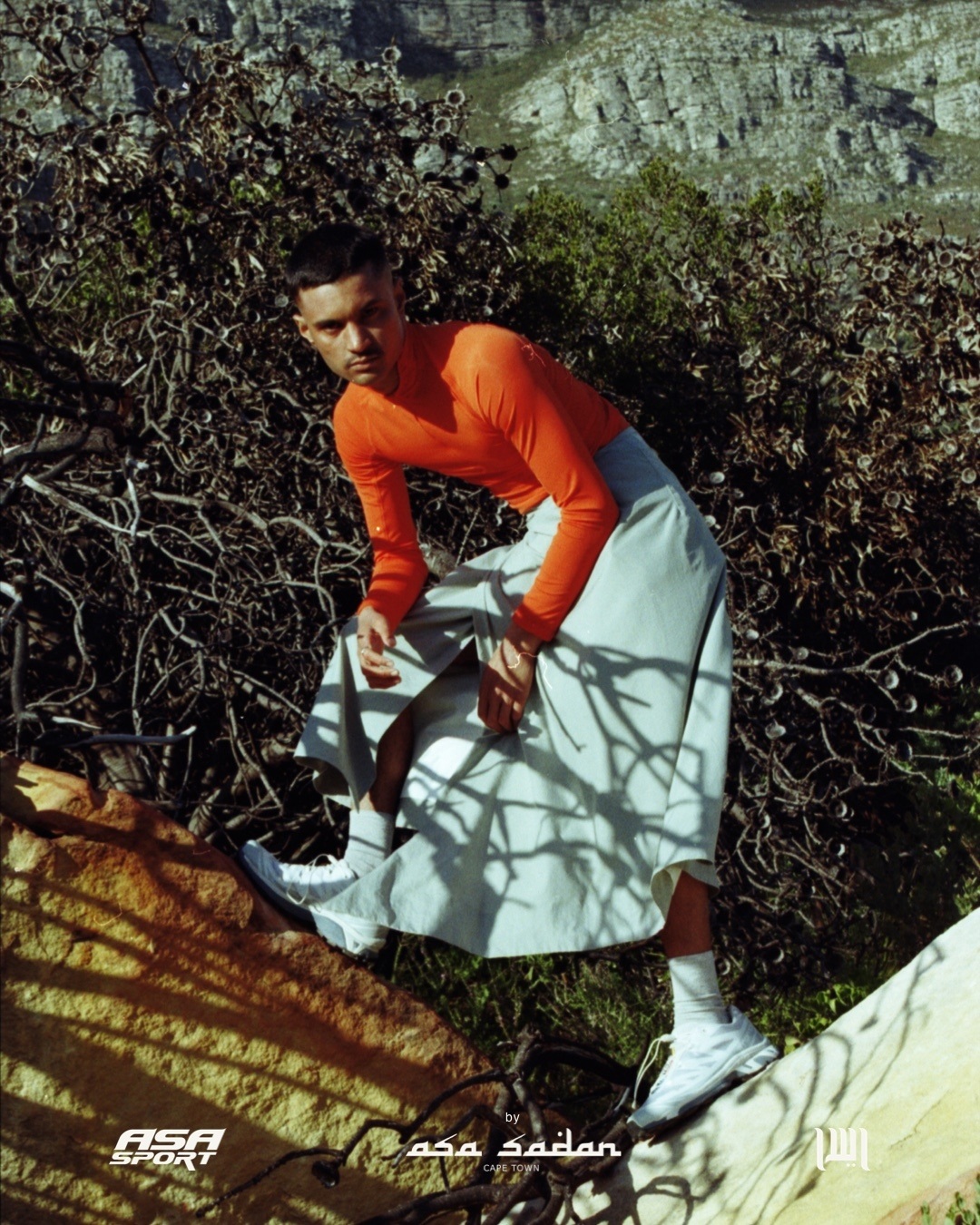
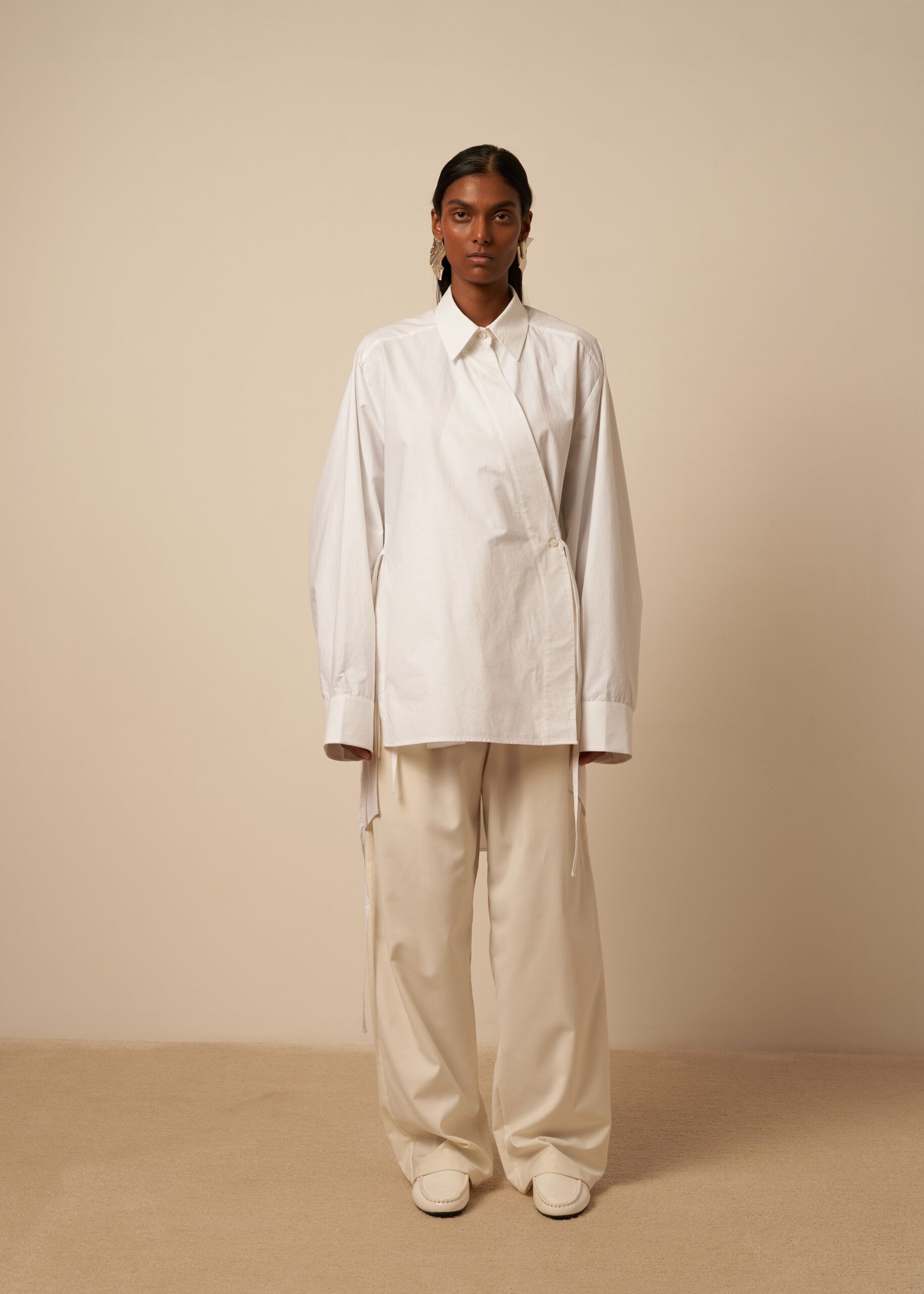

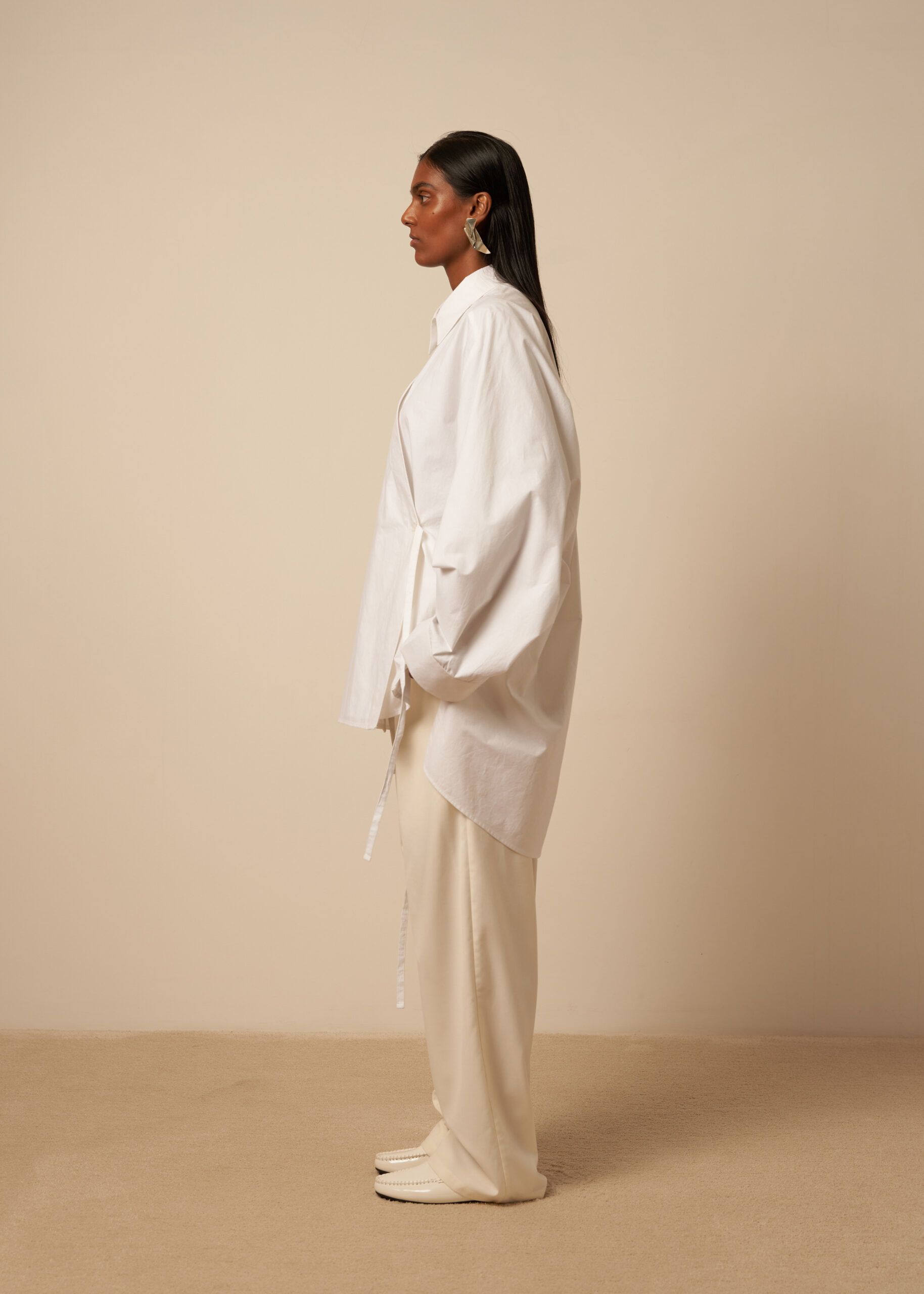

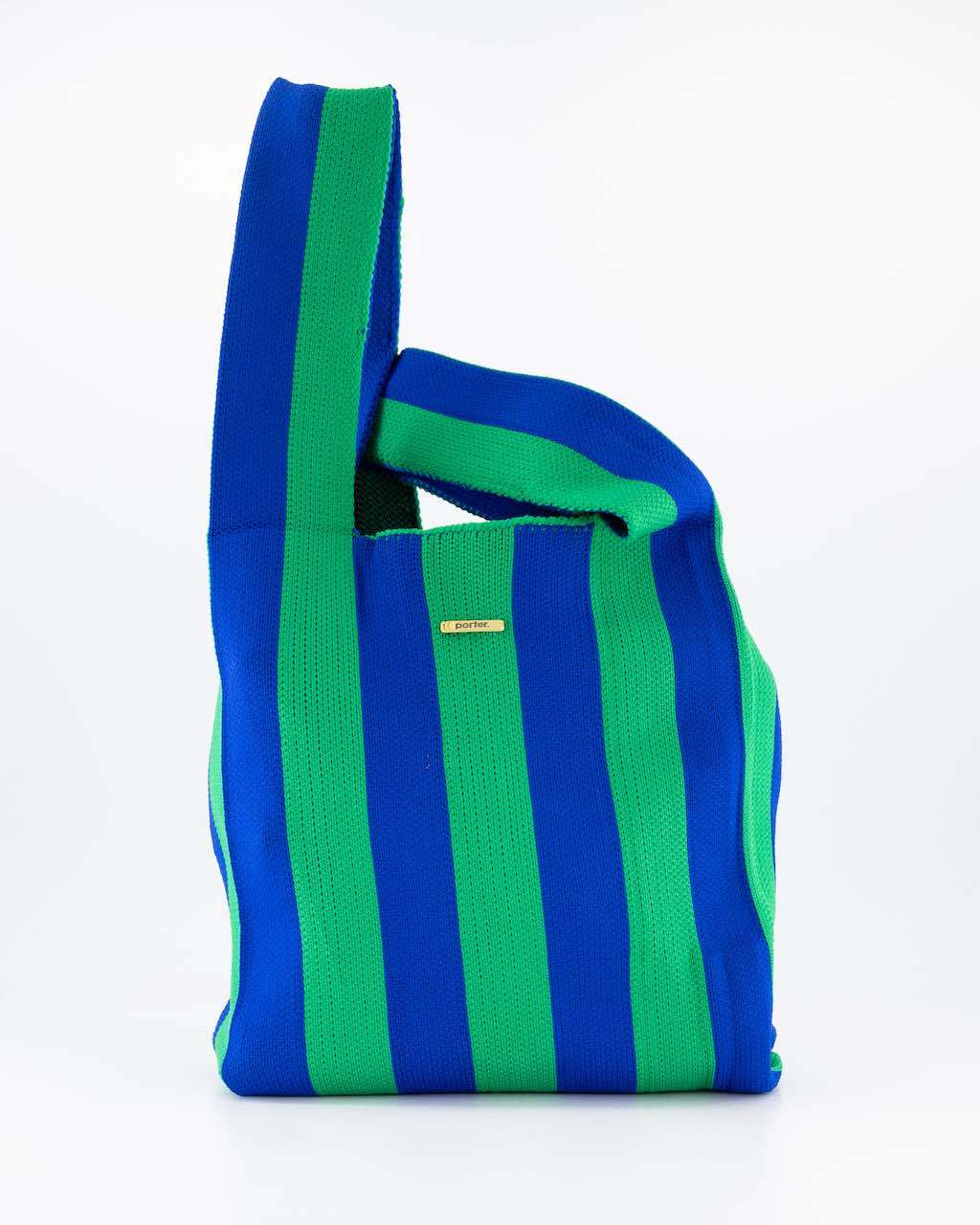
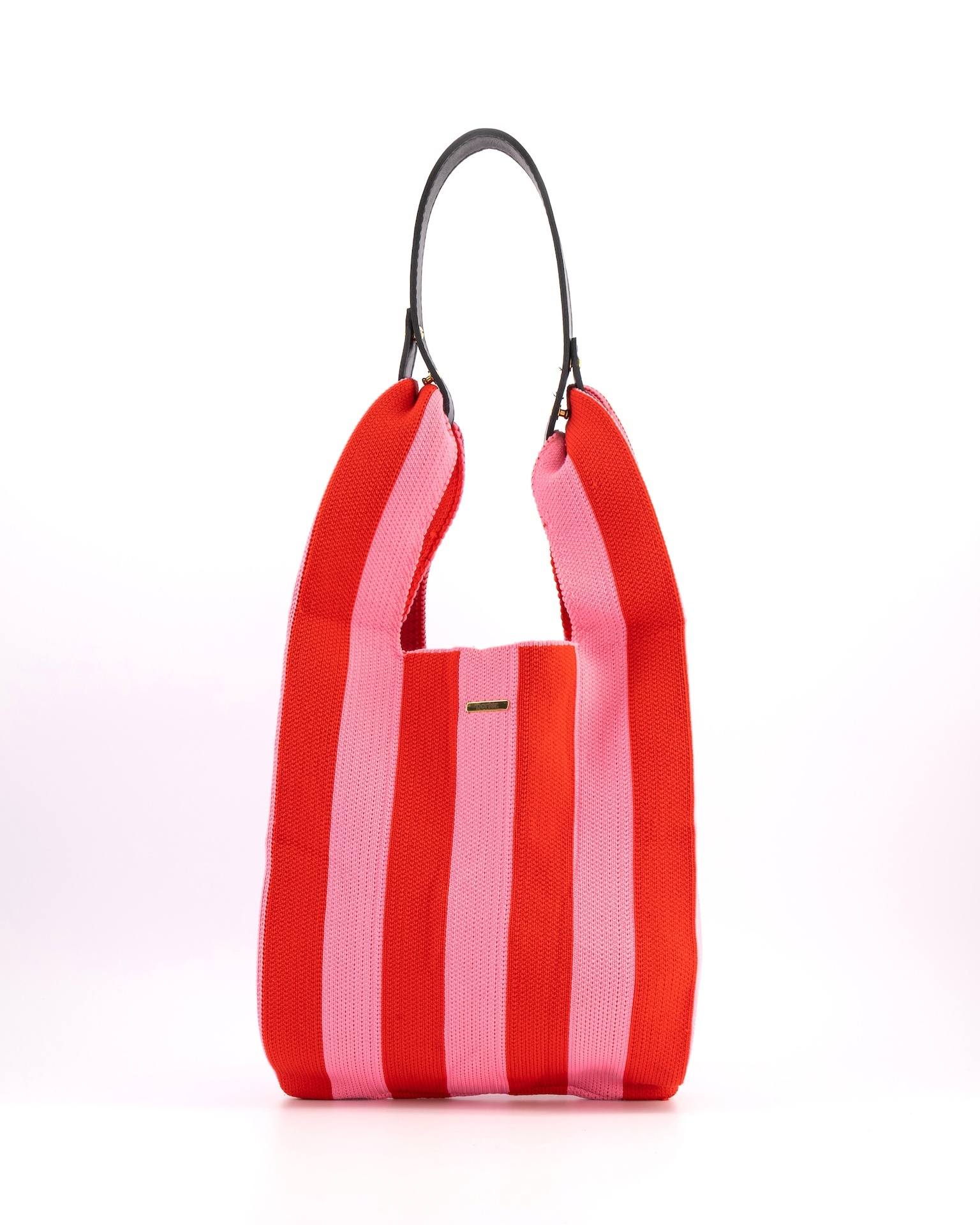

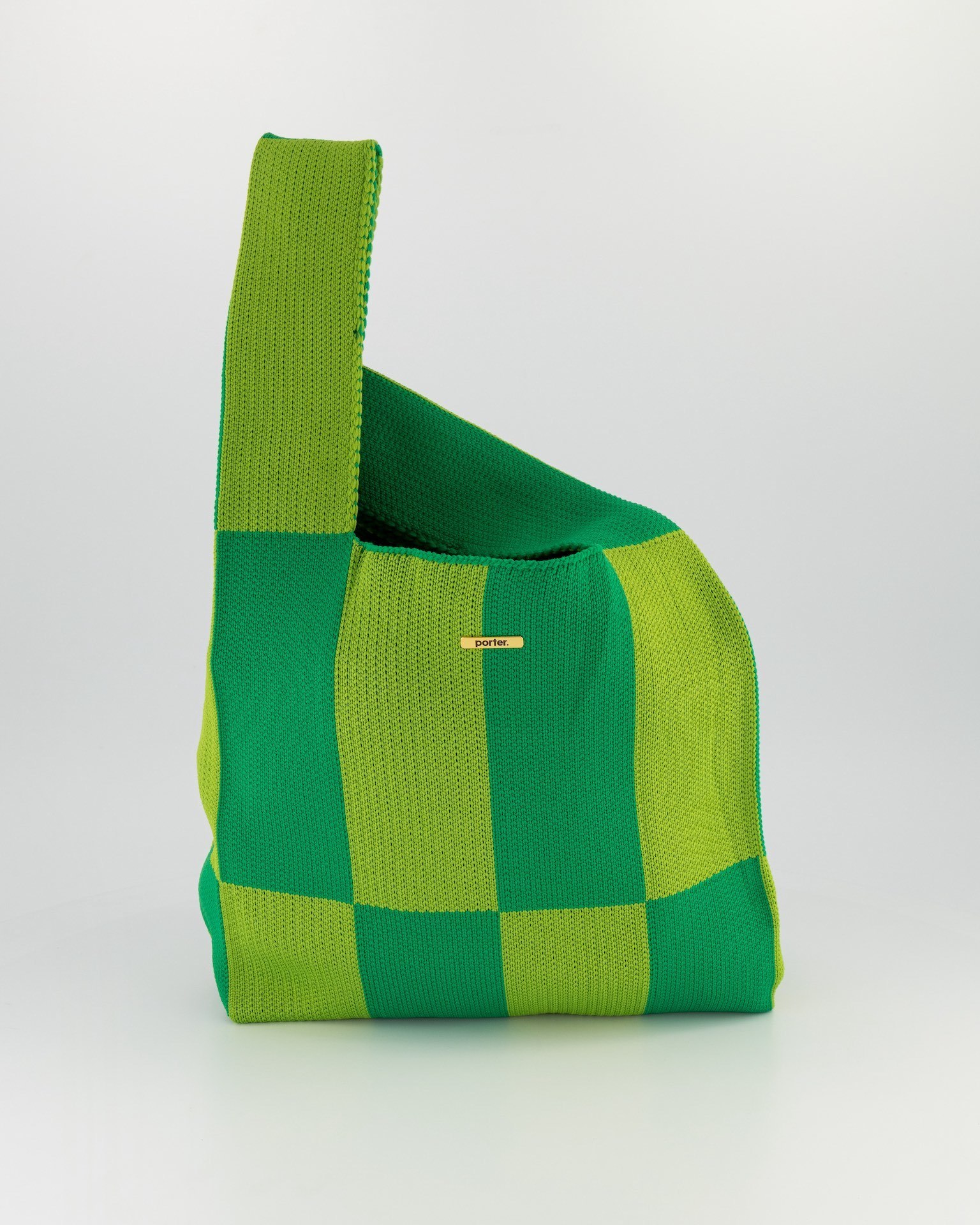
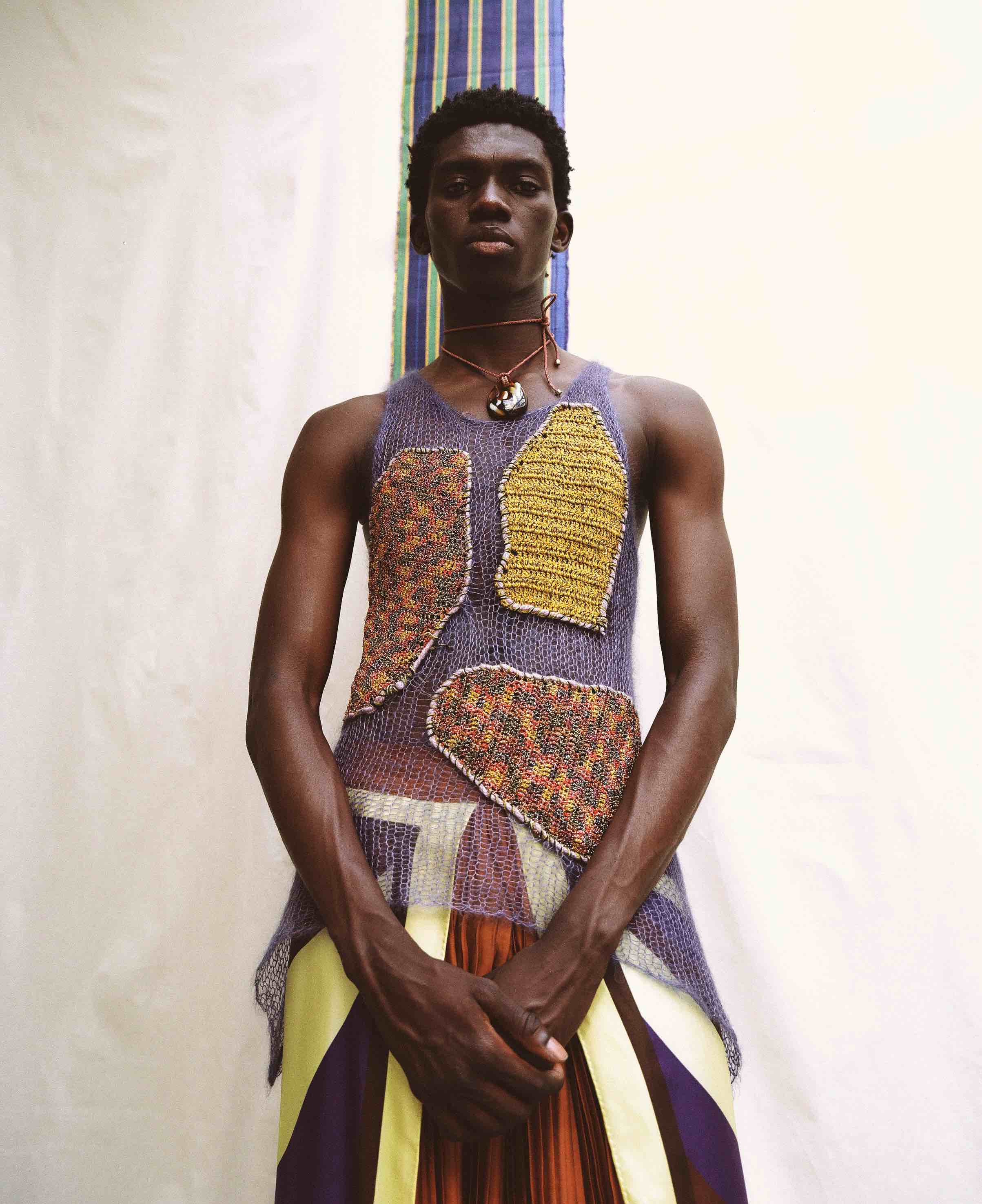
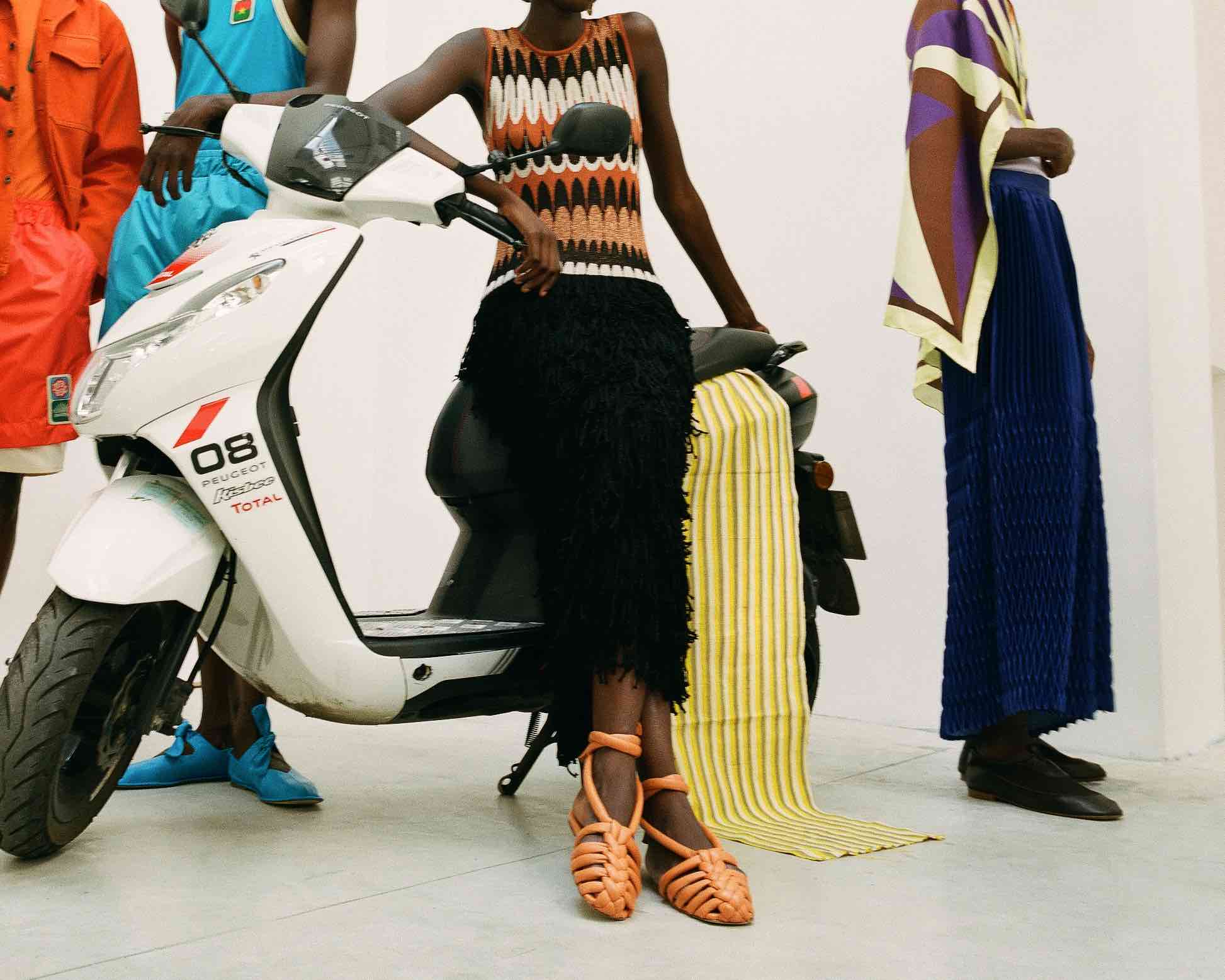
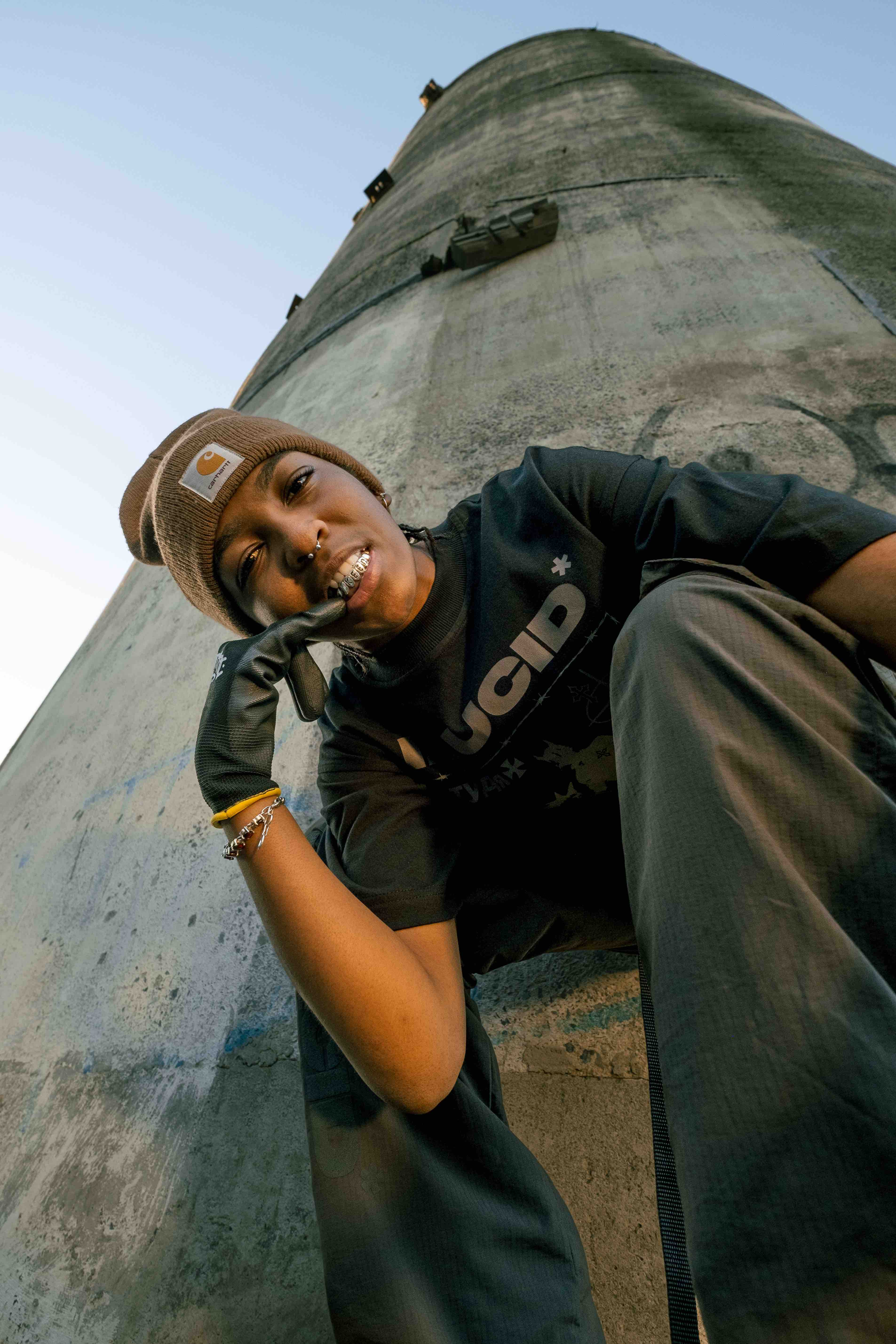
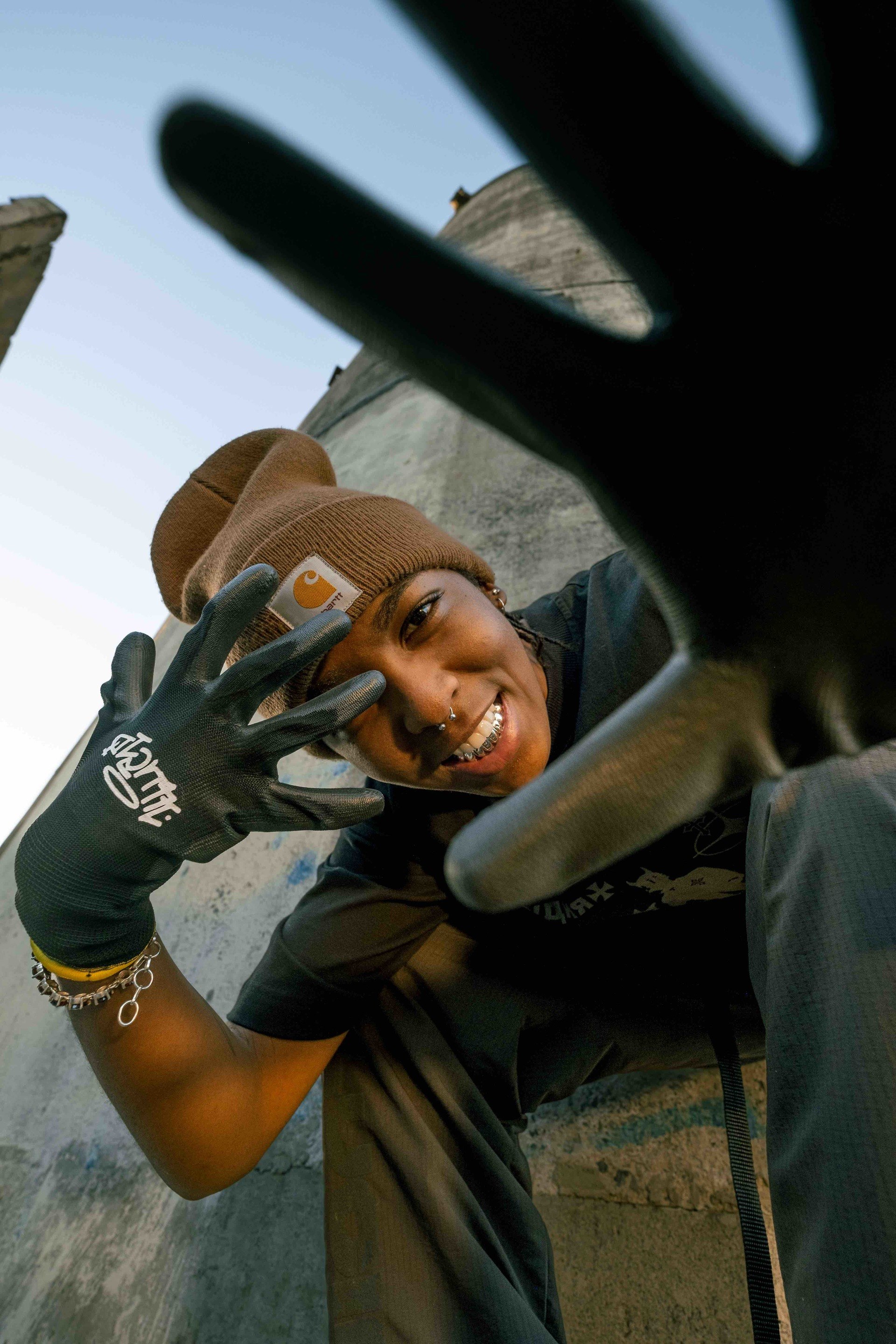
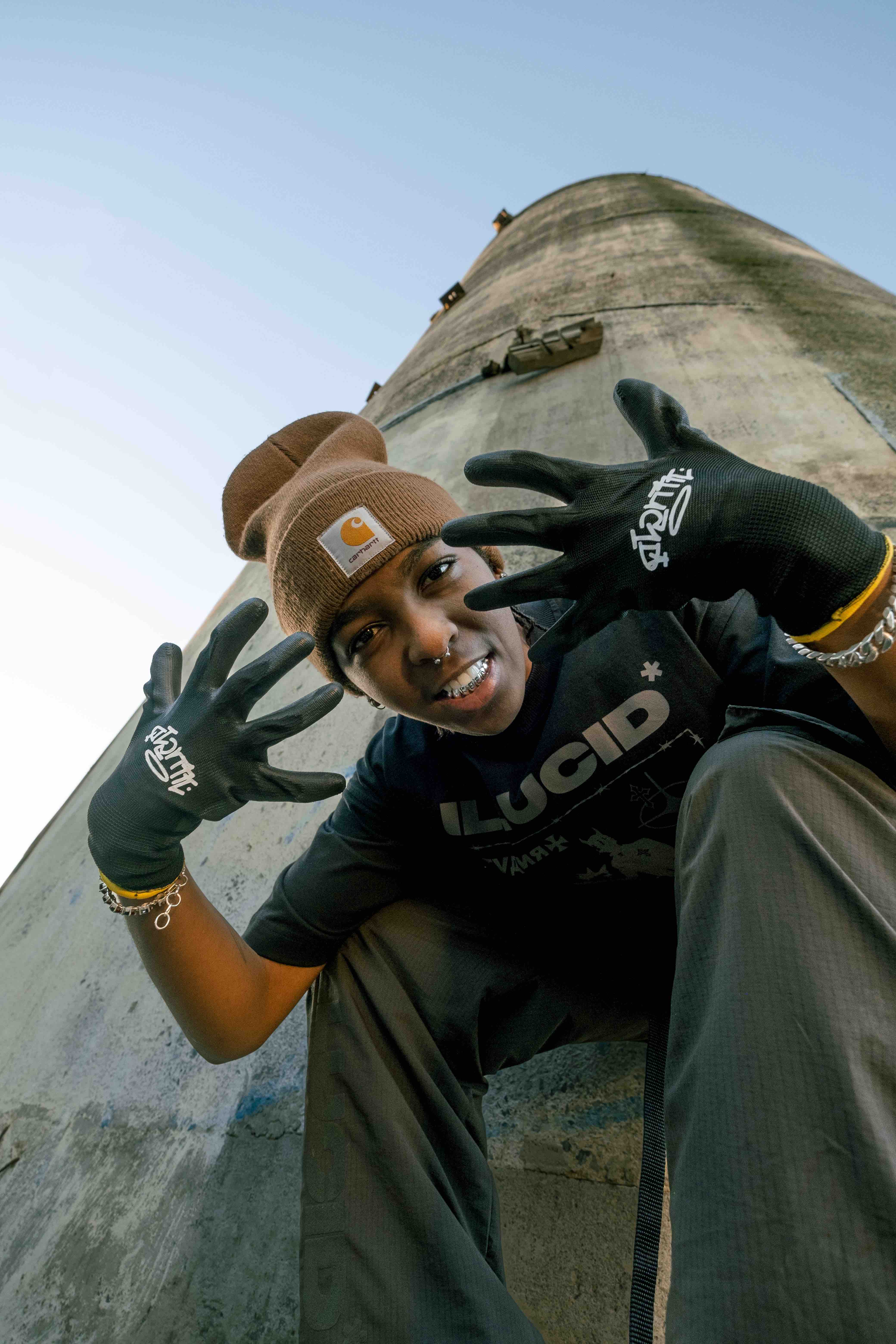
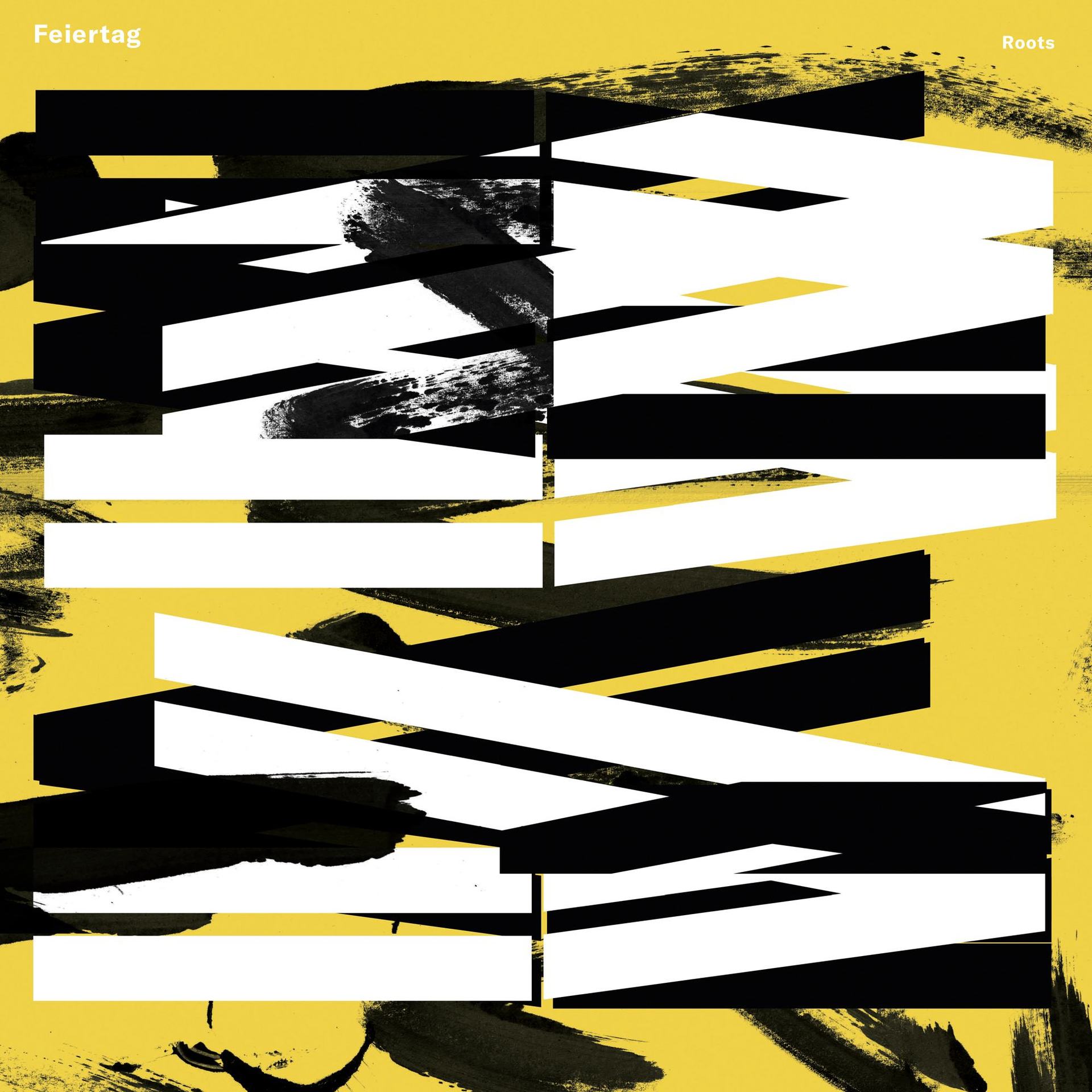
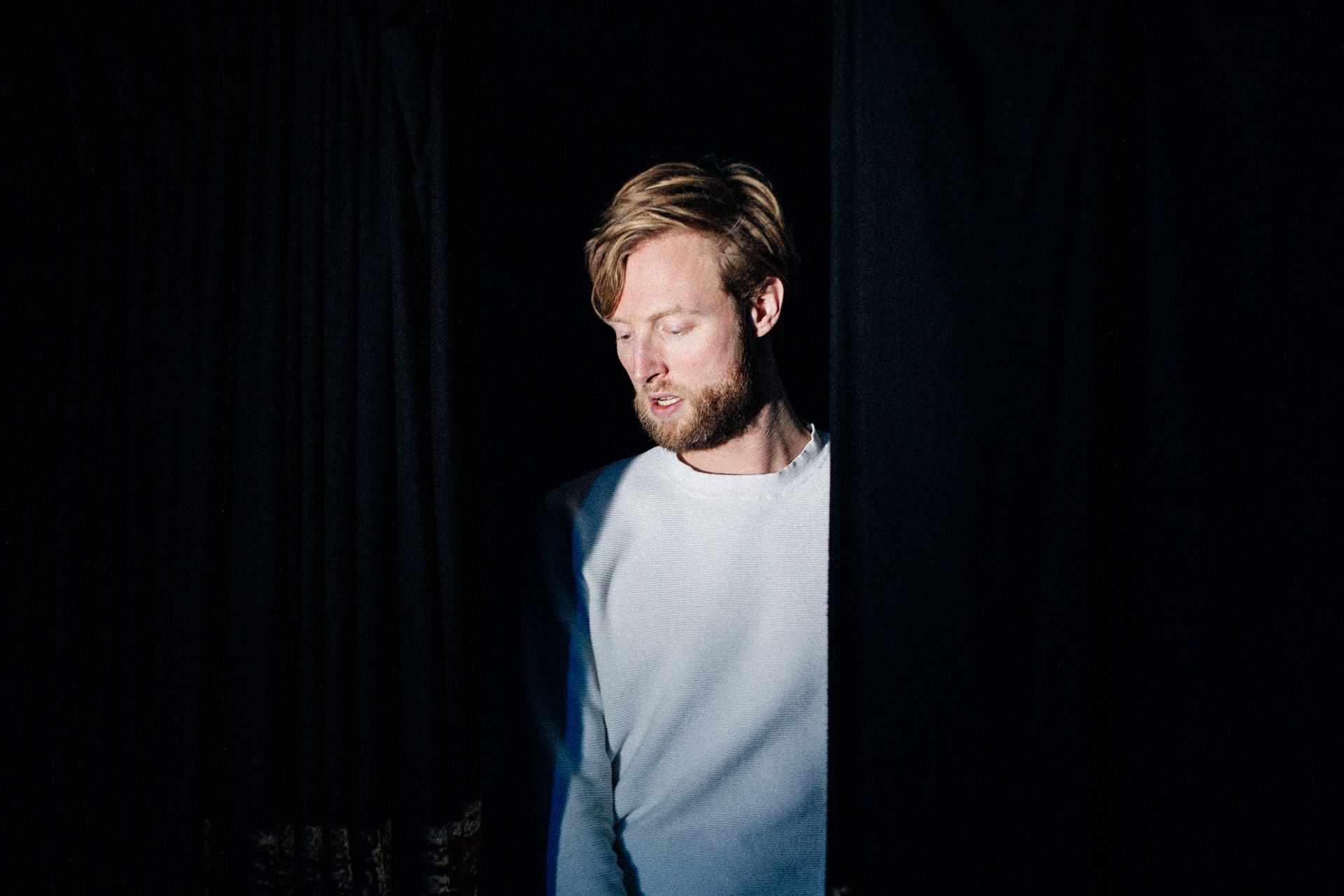
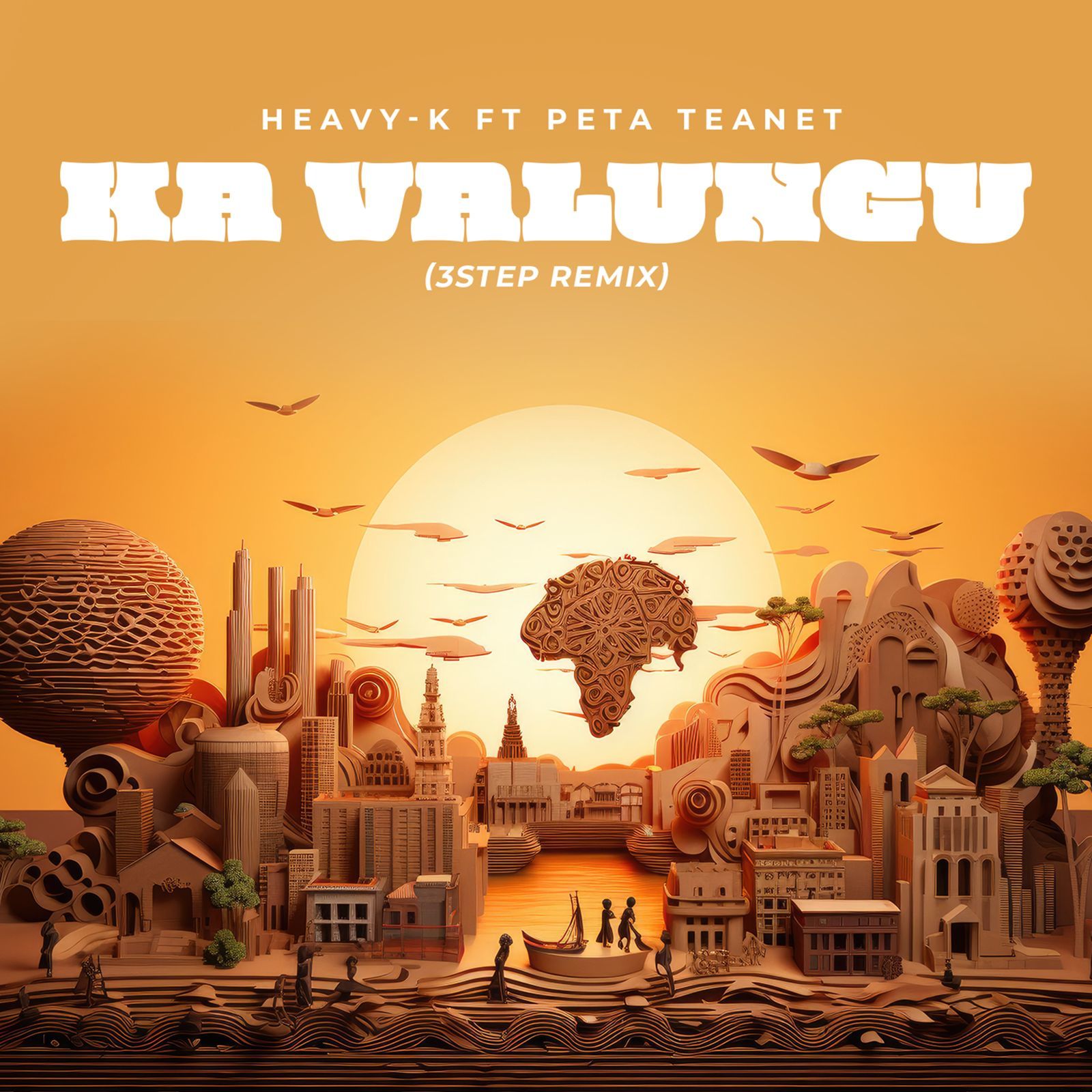
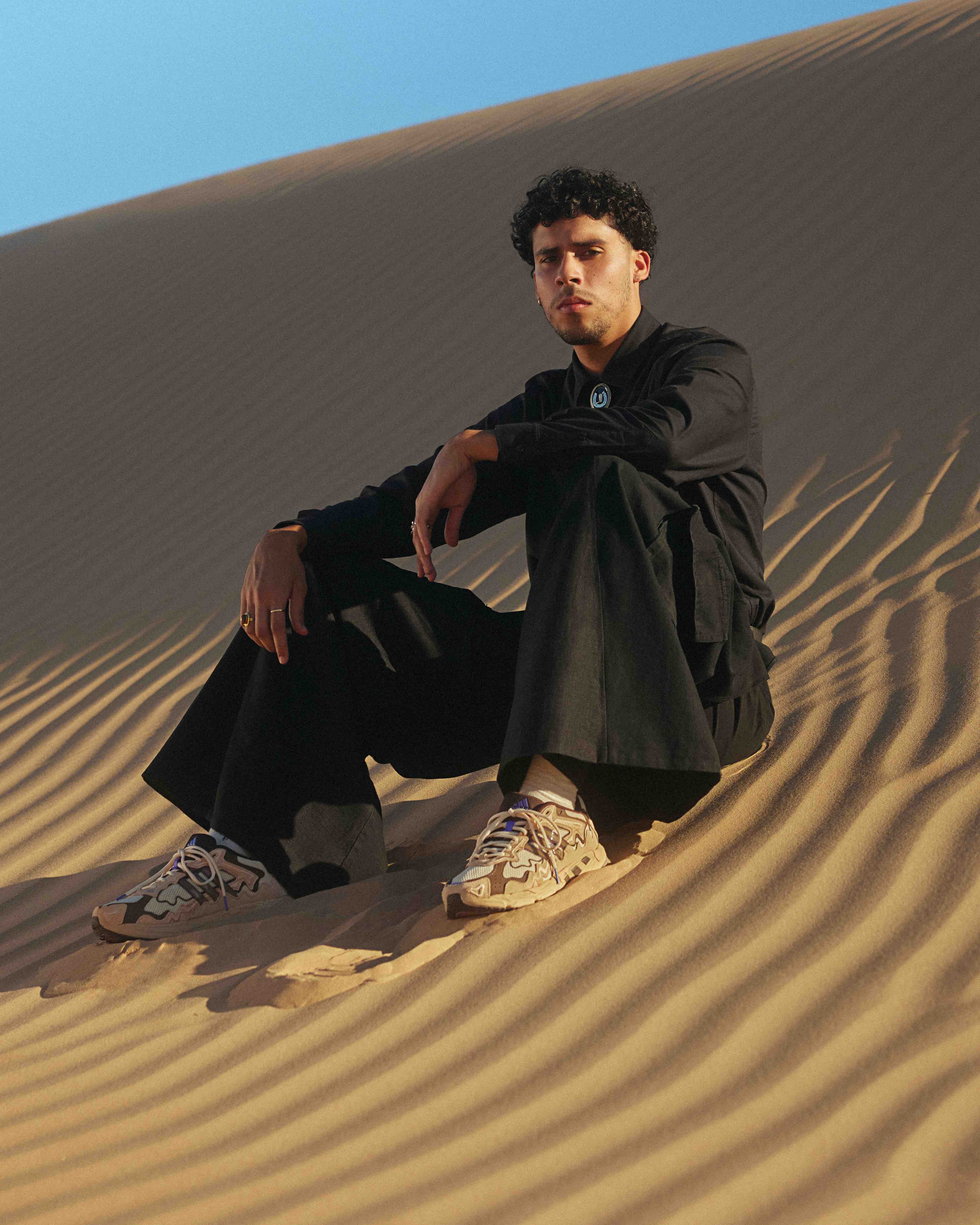
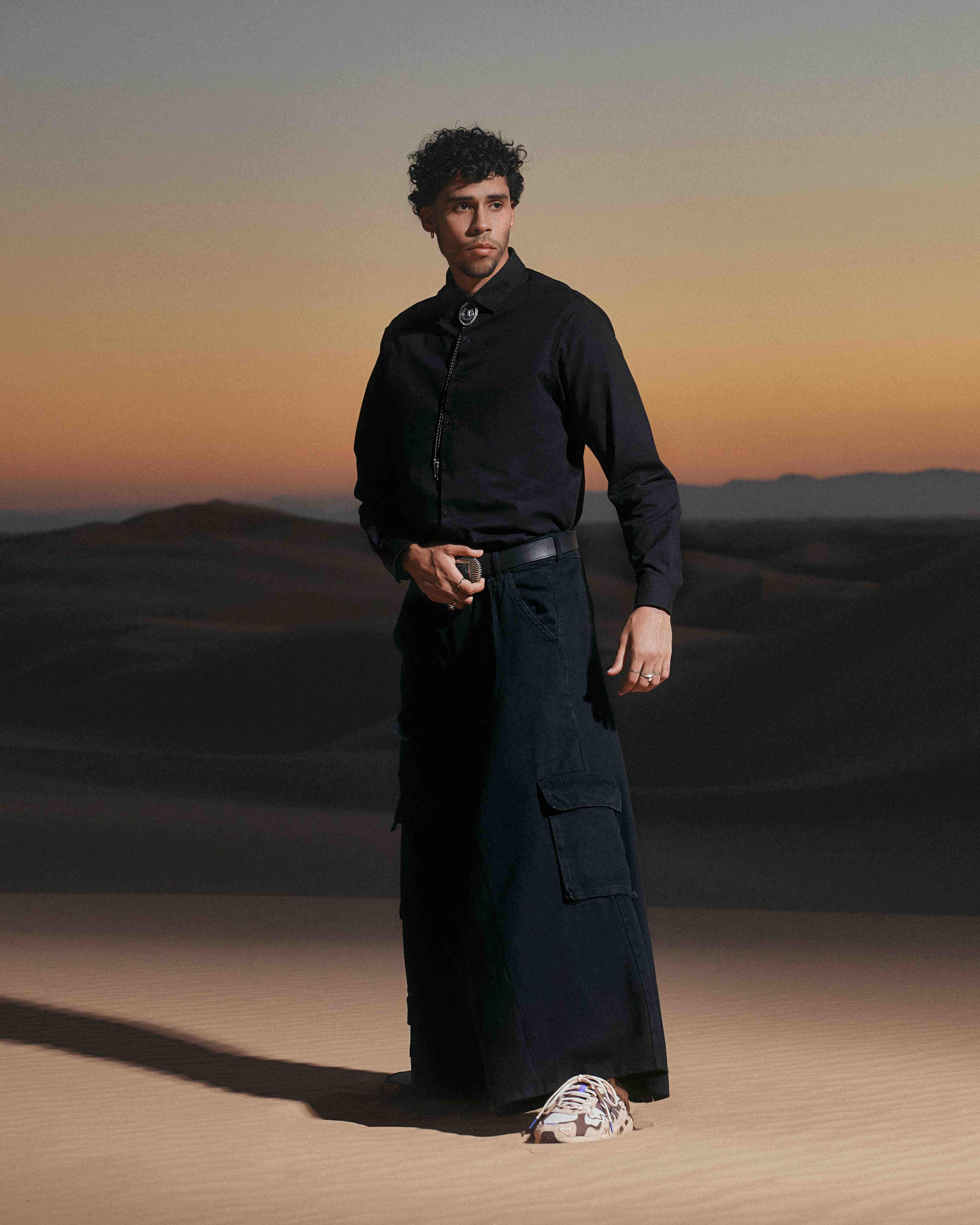
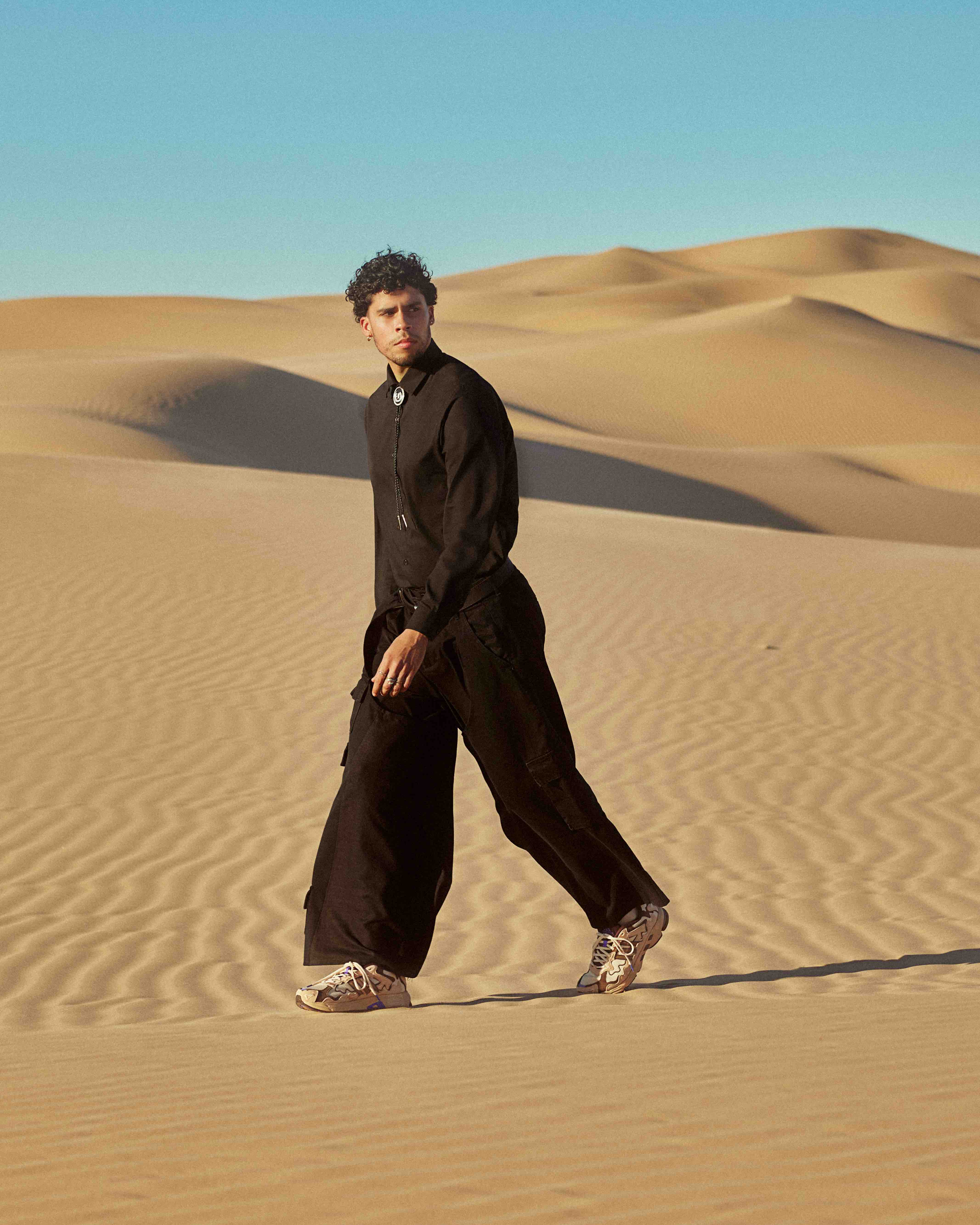
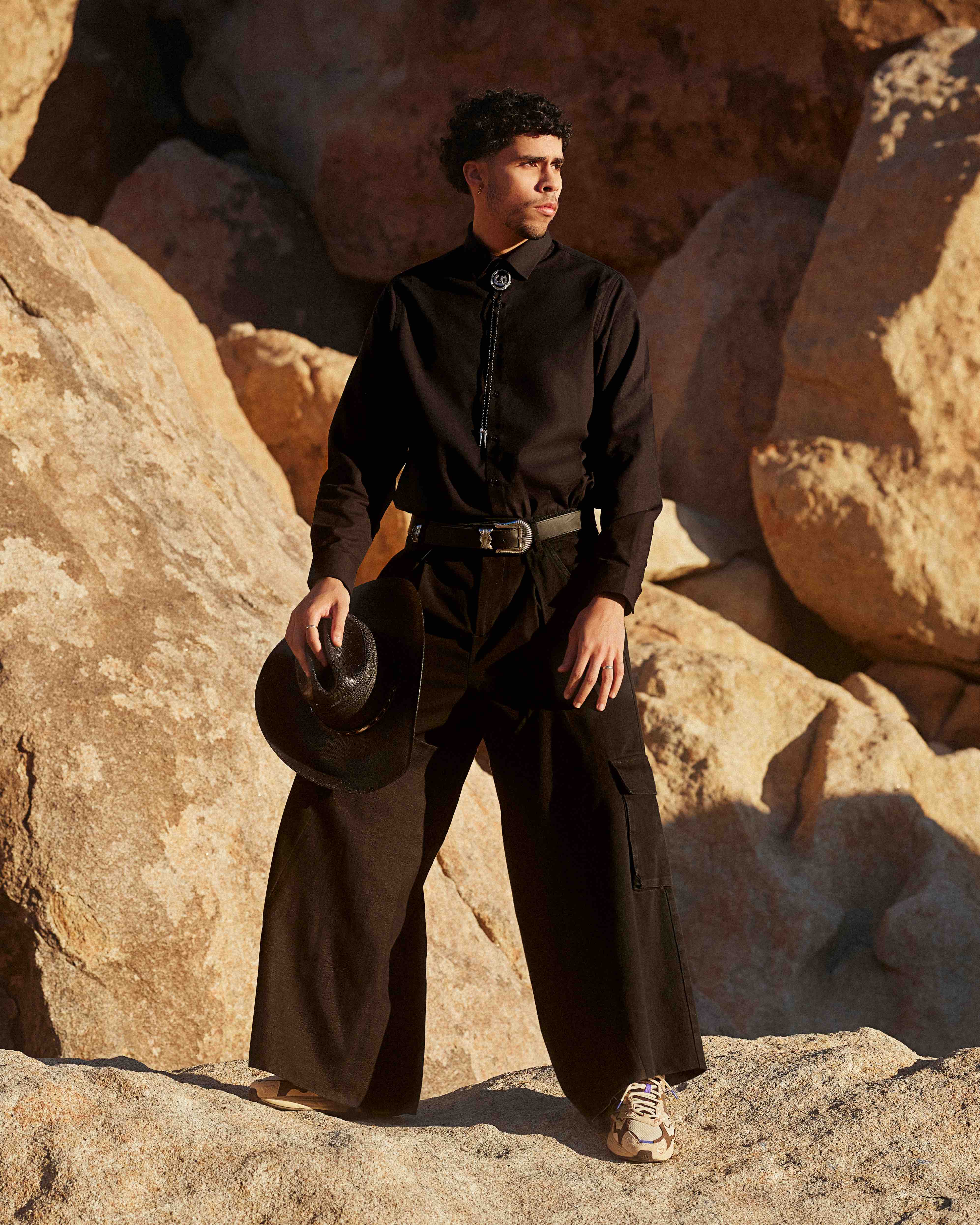
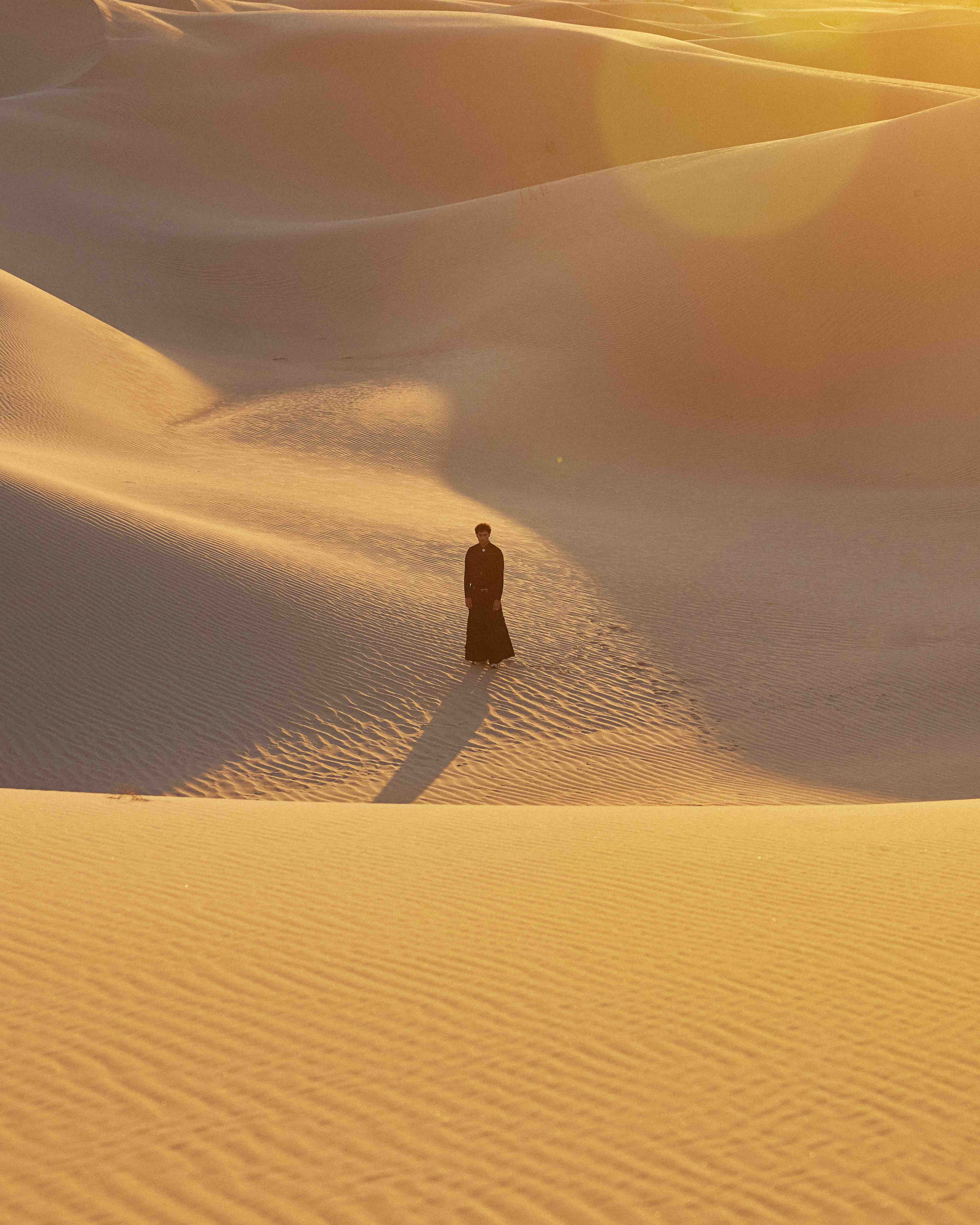
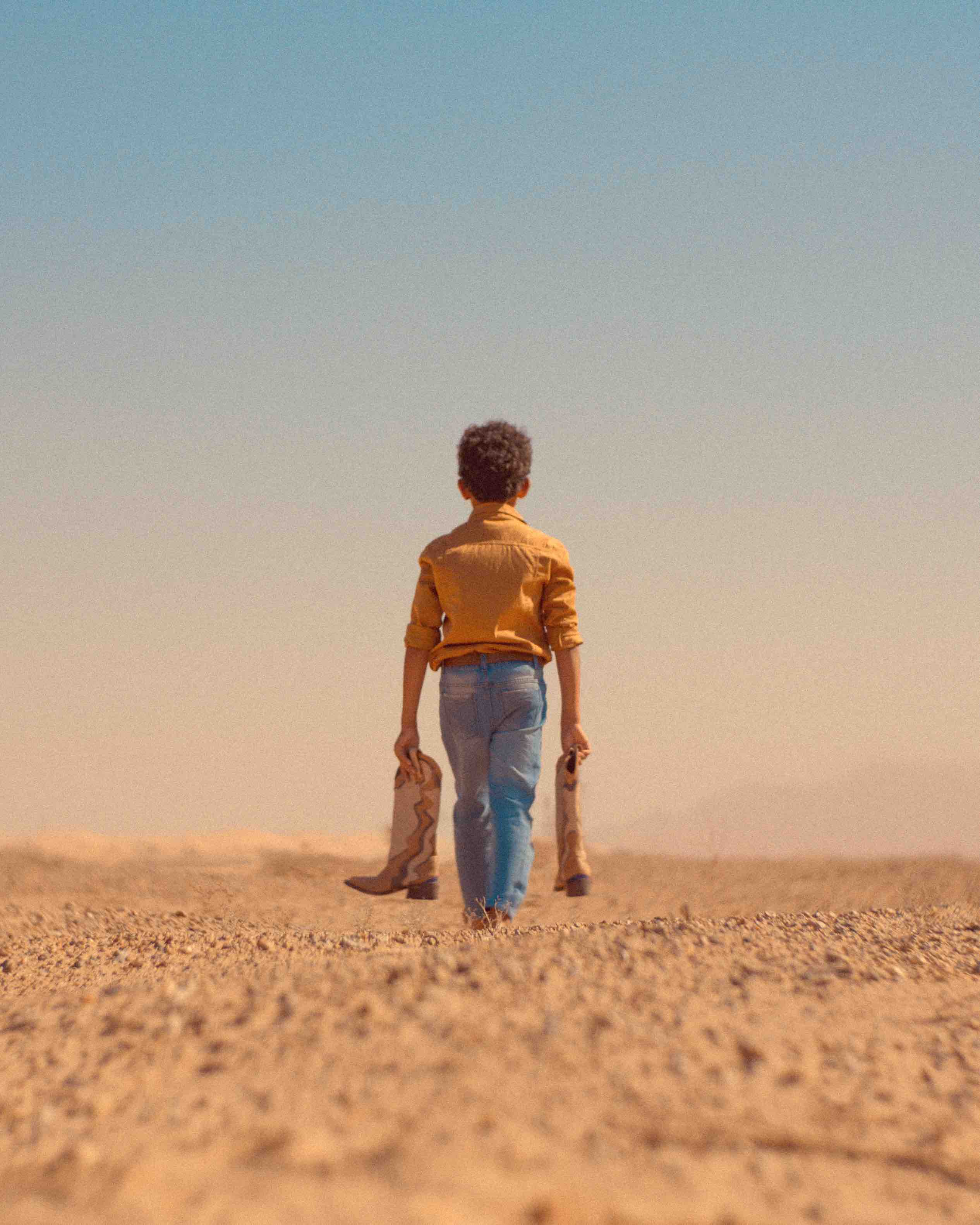
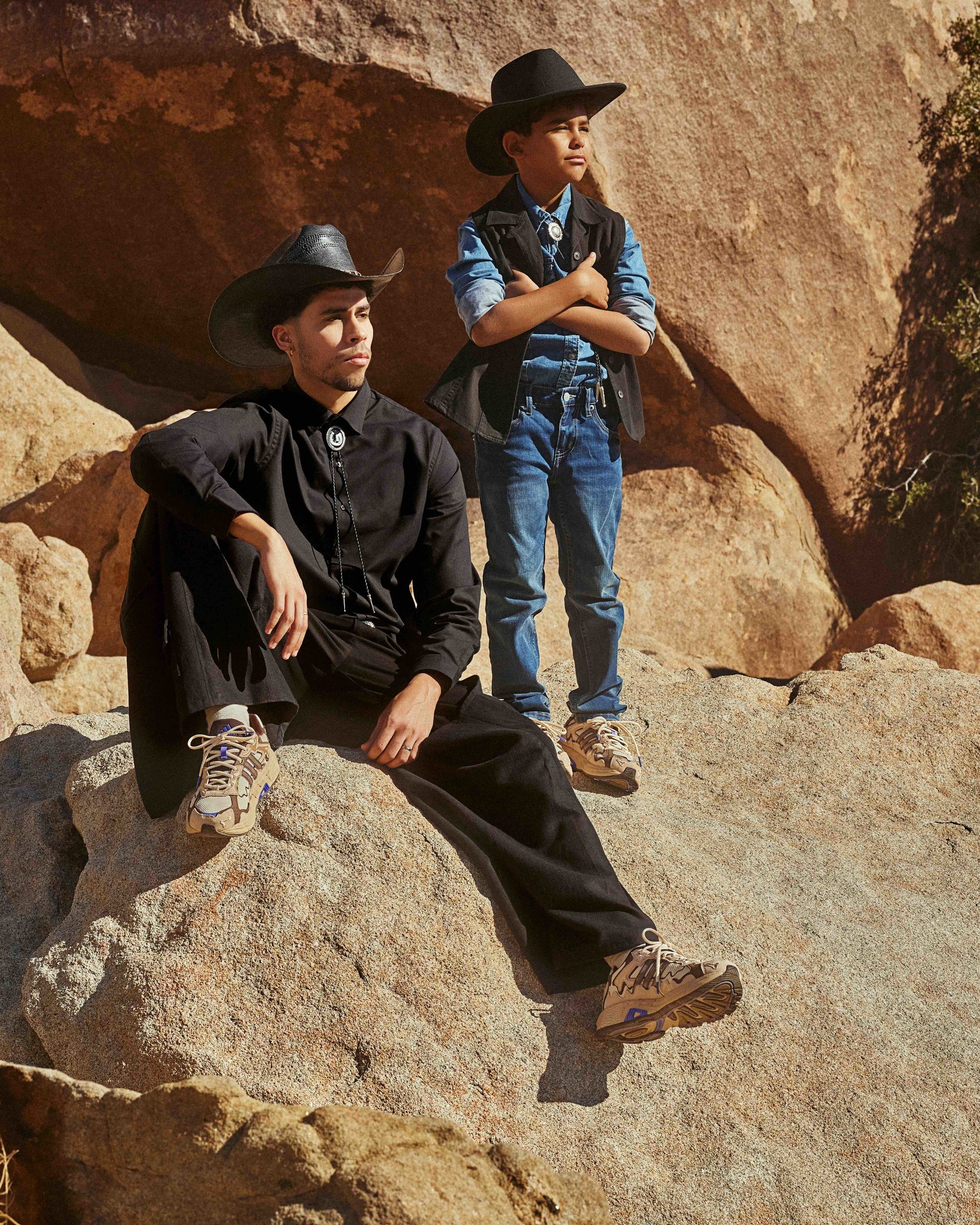
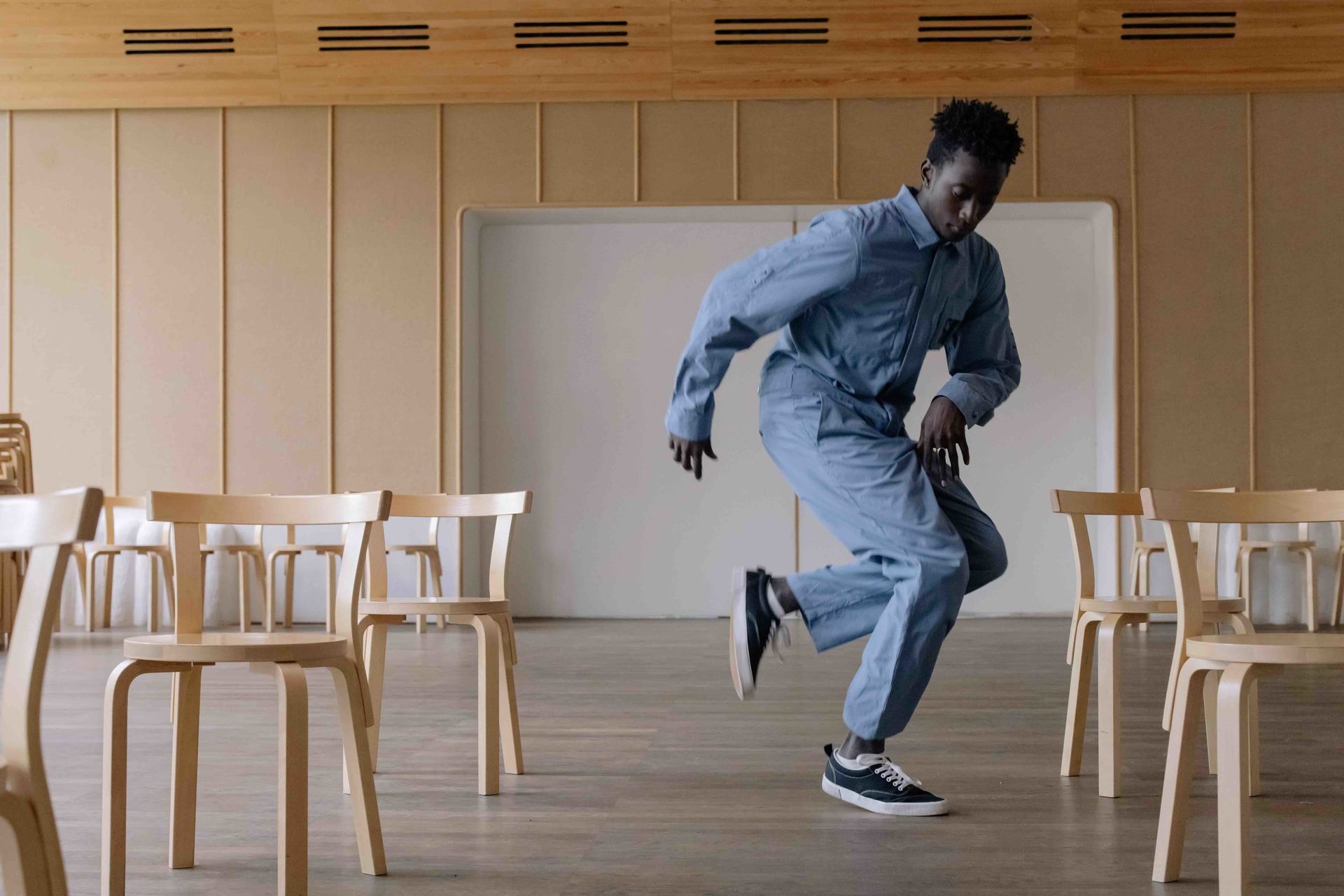
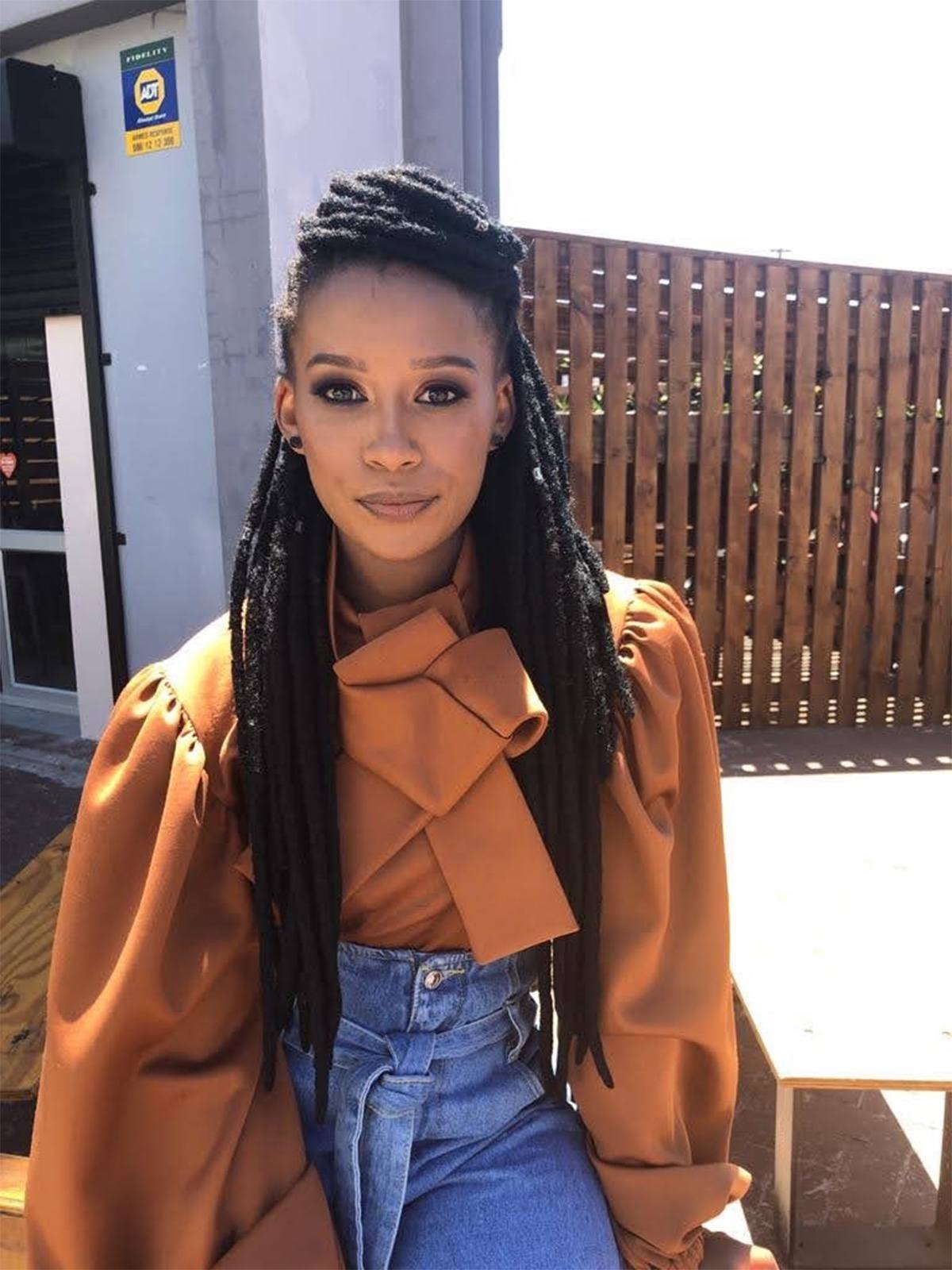
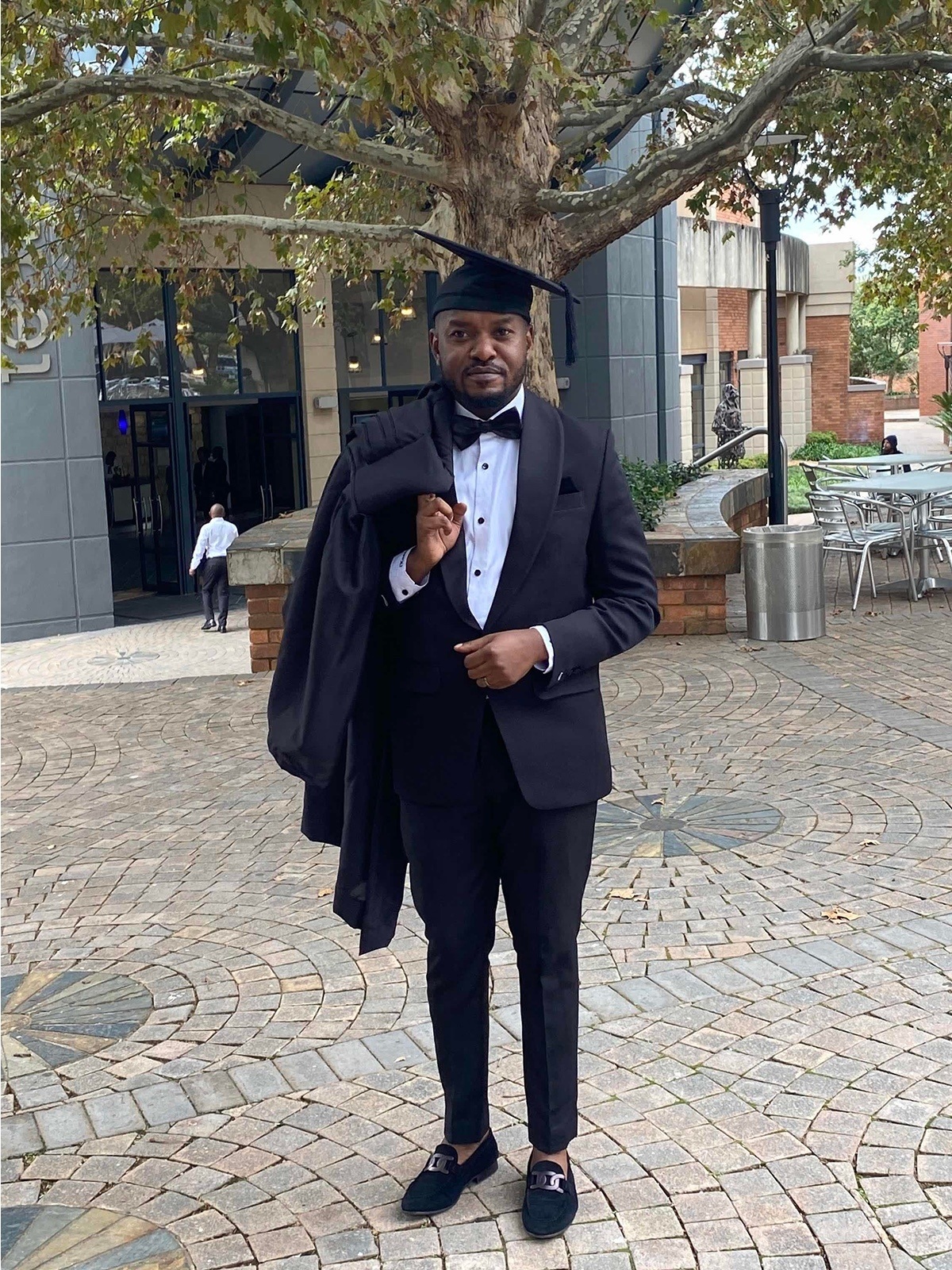
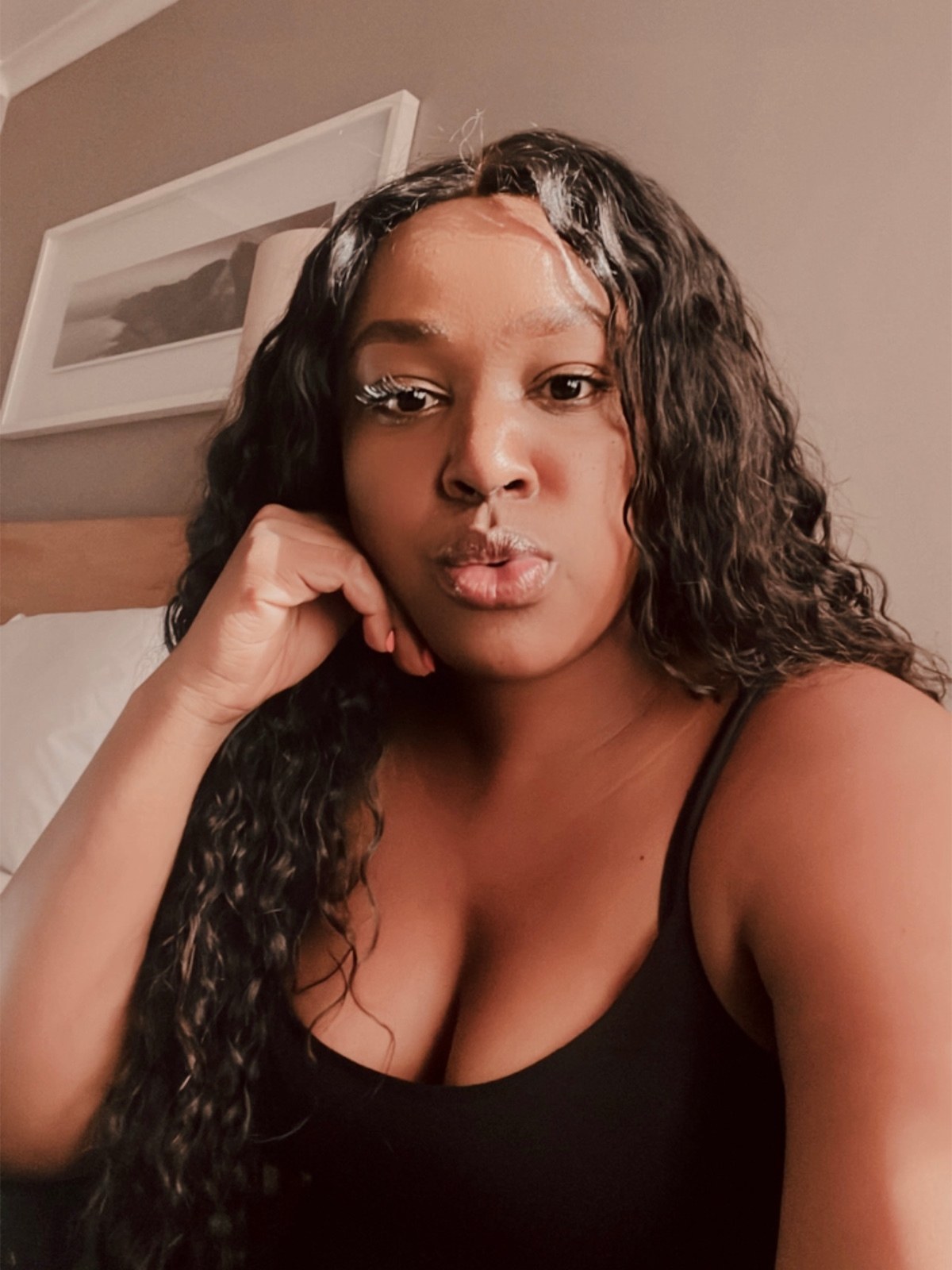
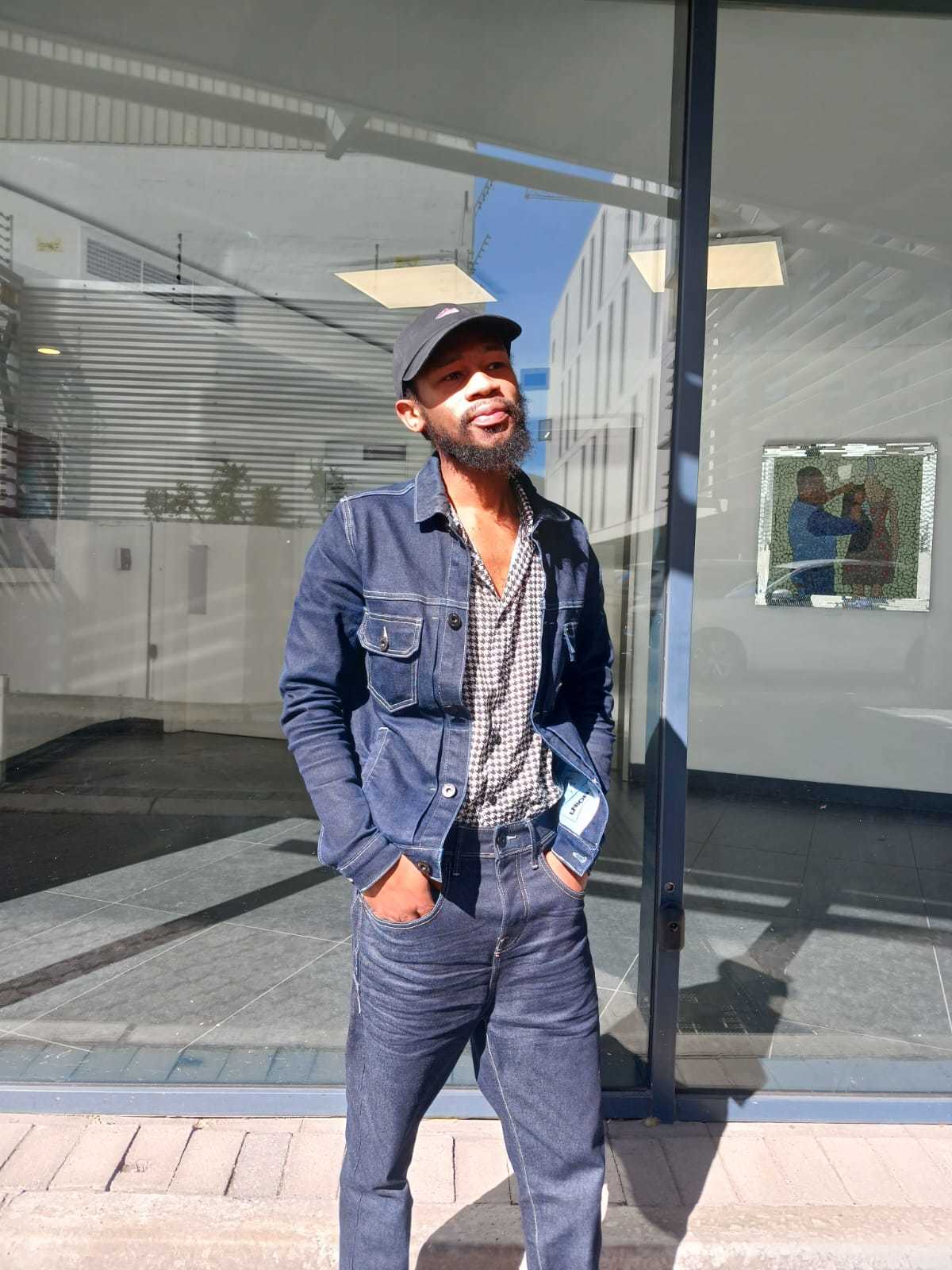








Recent Comments